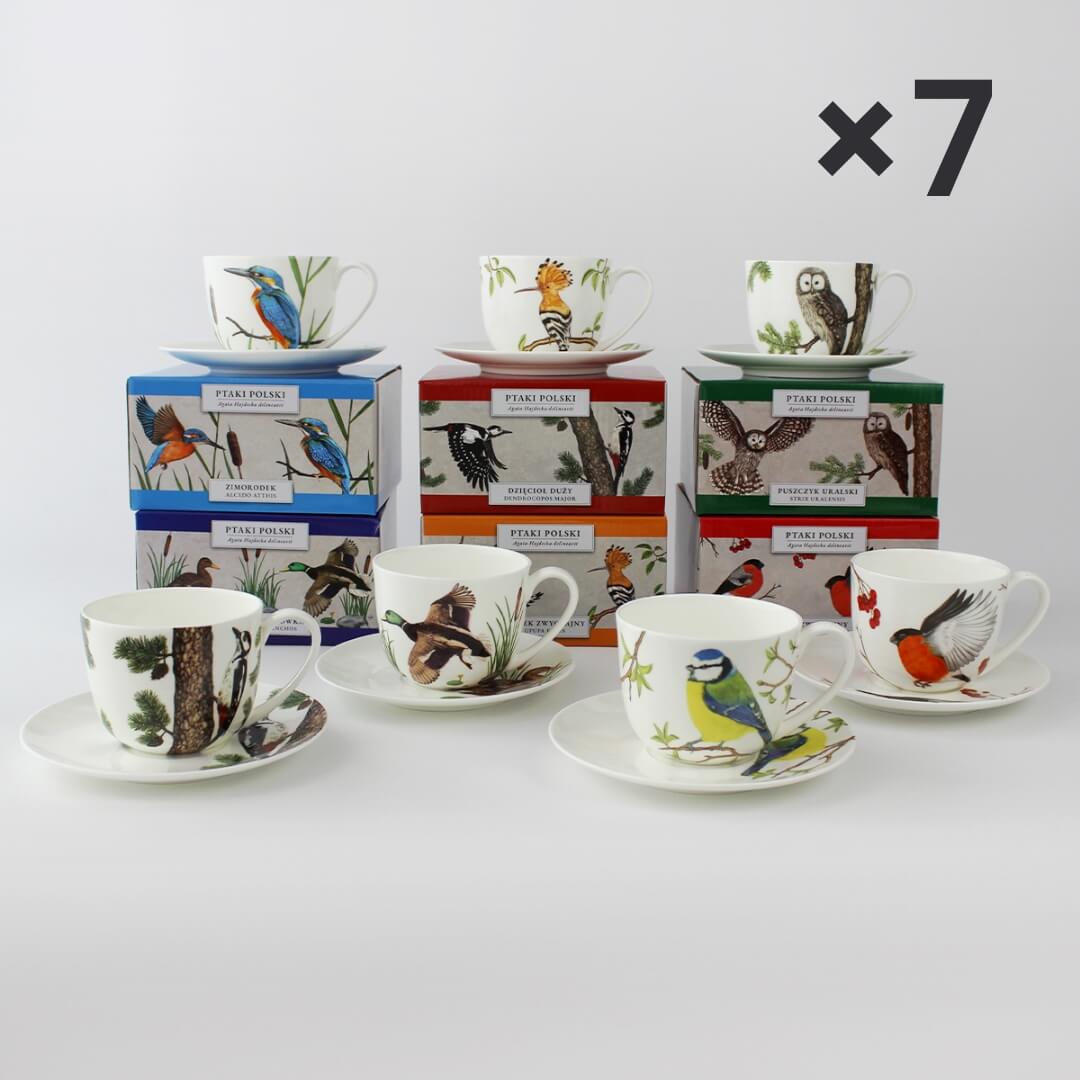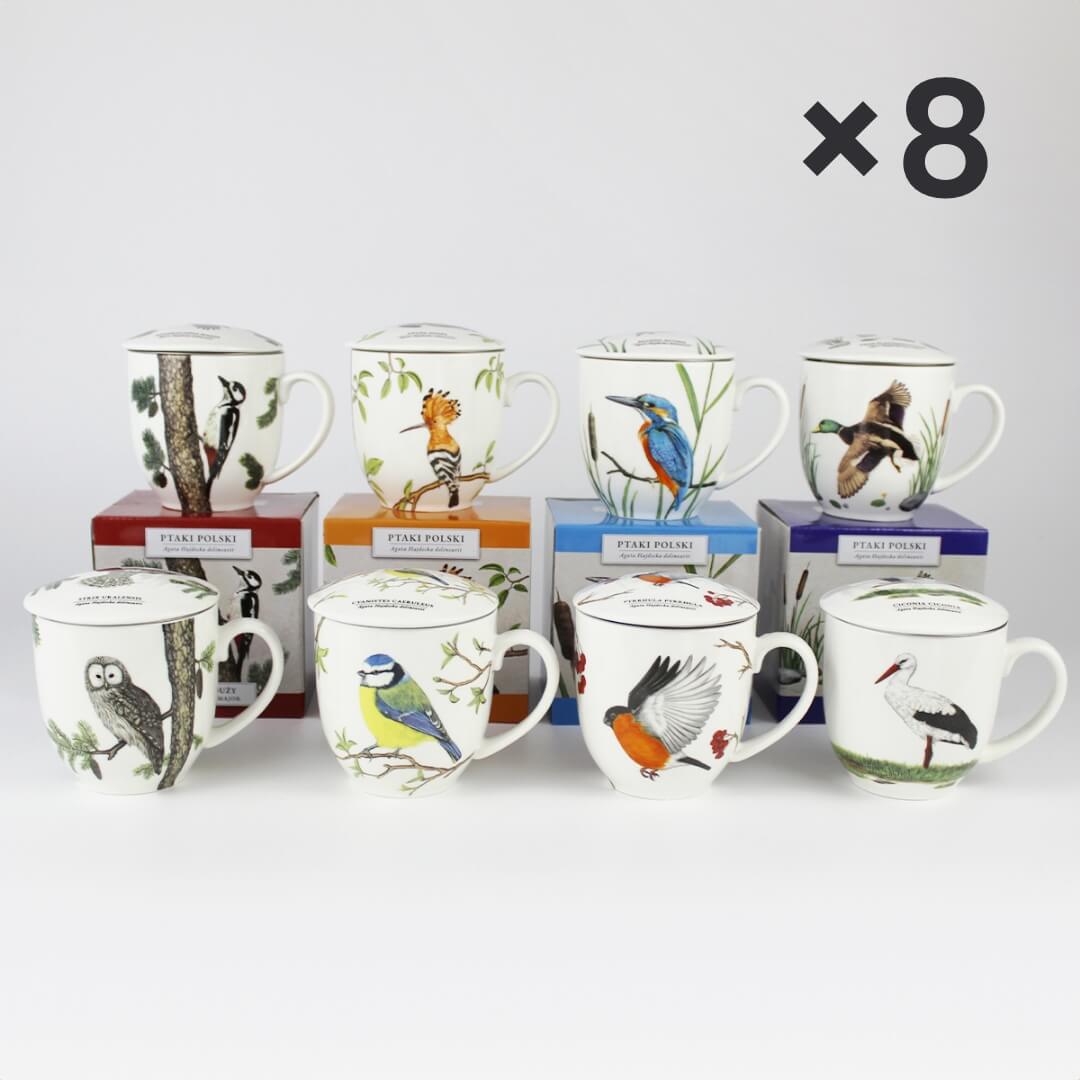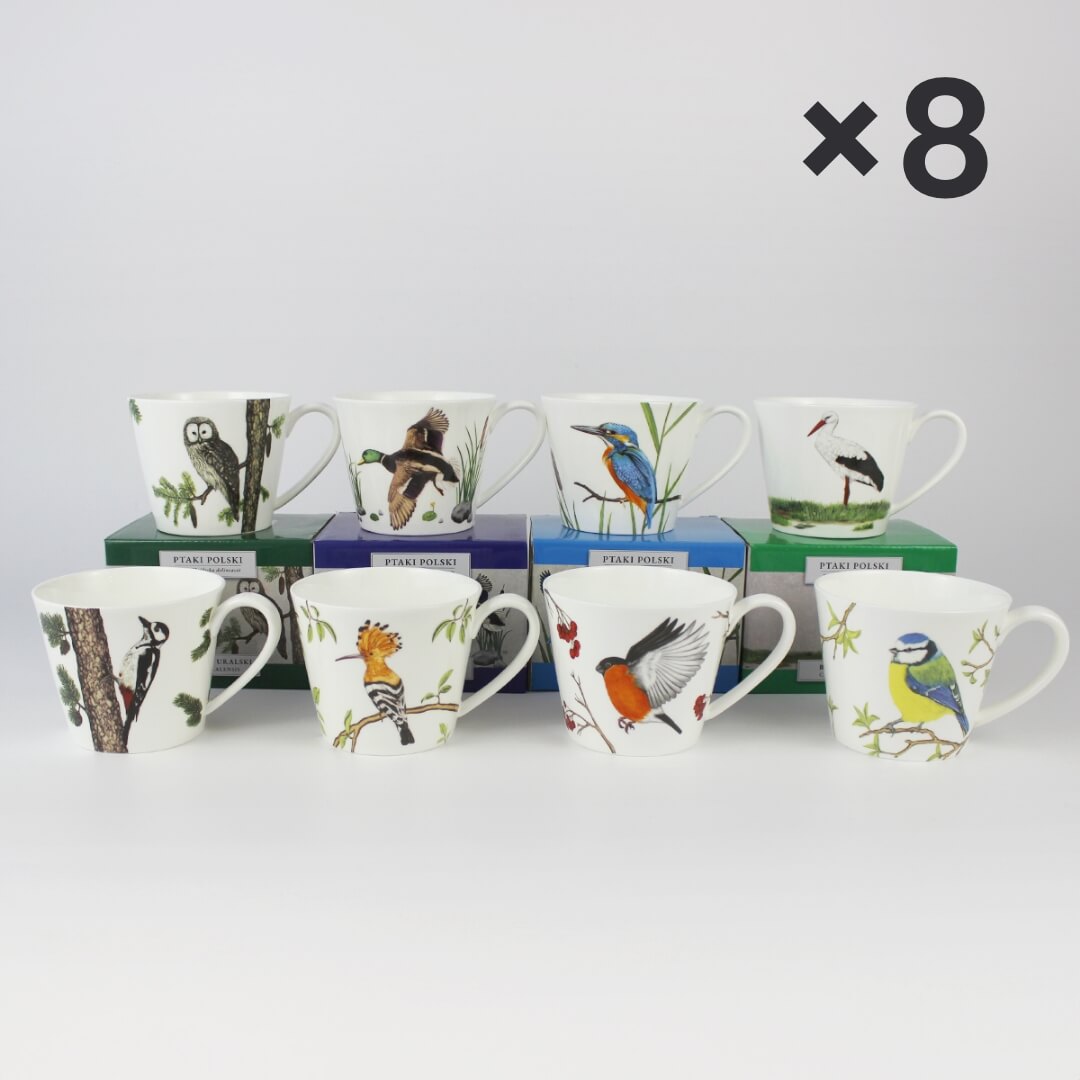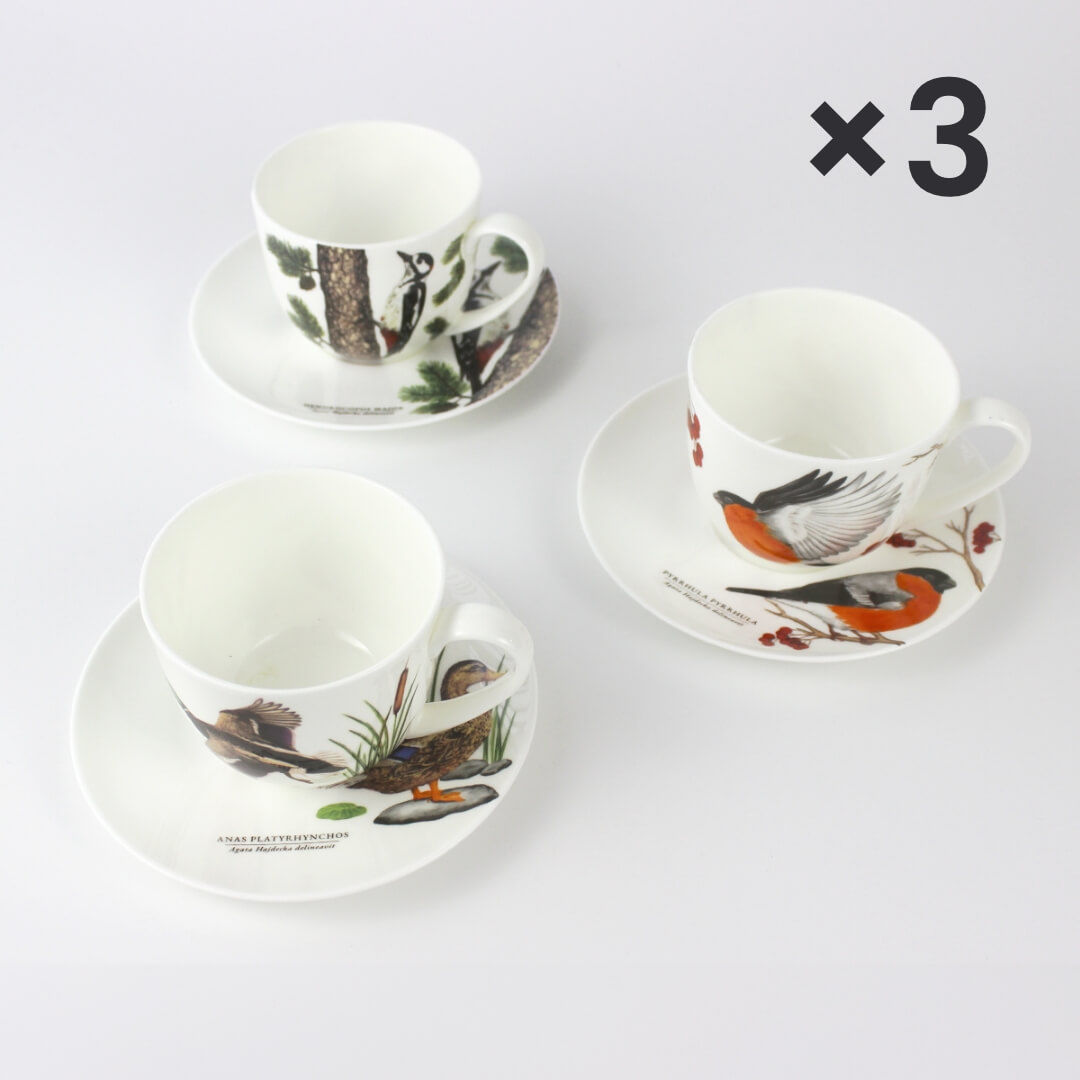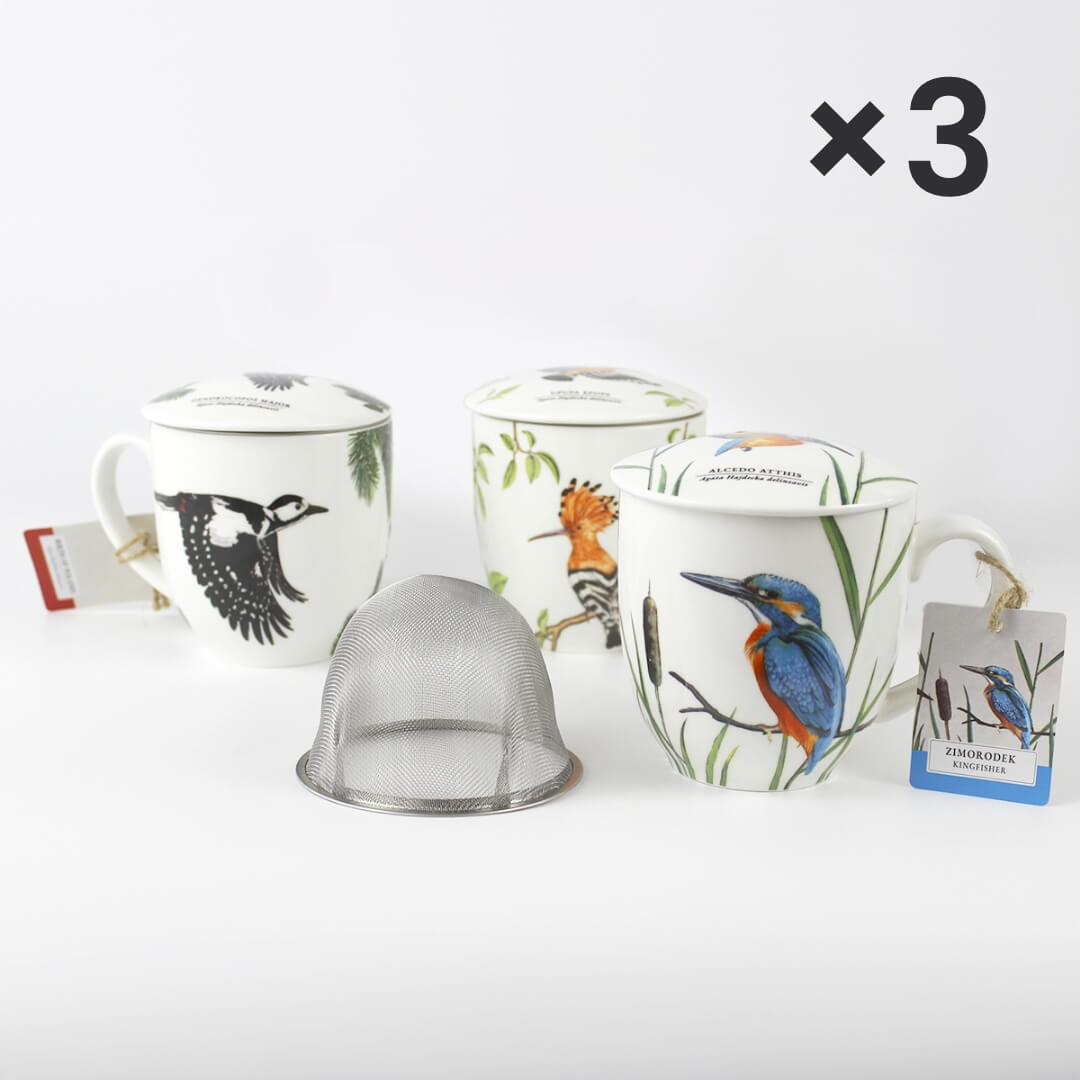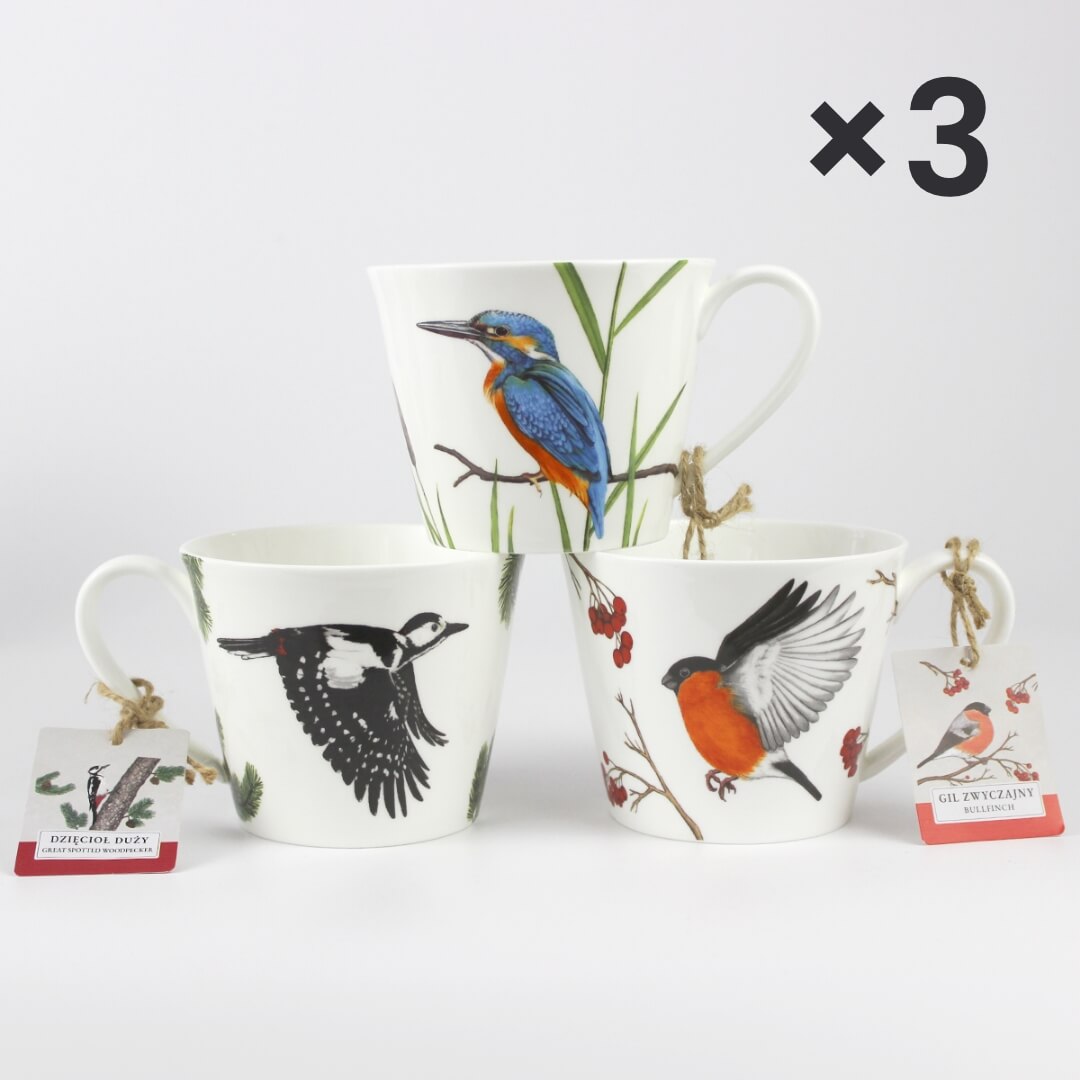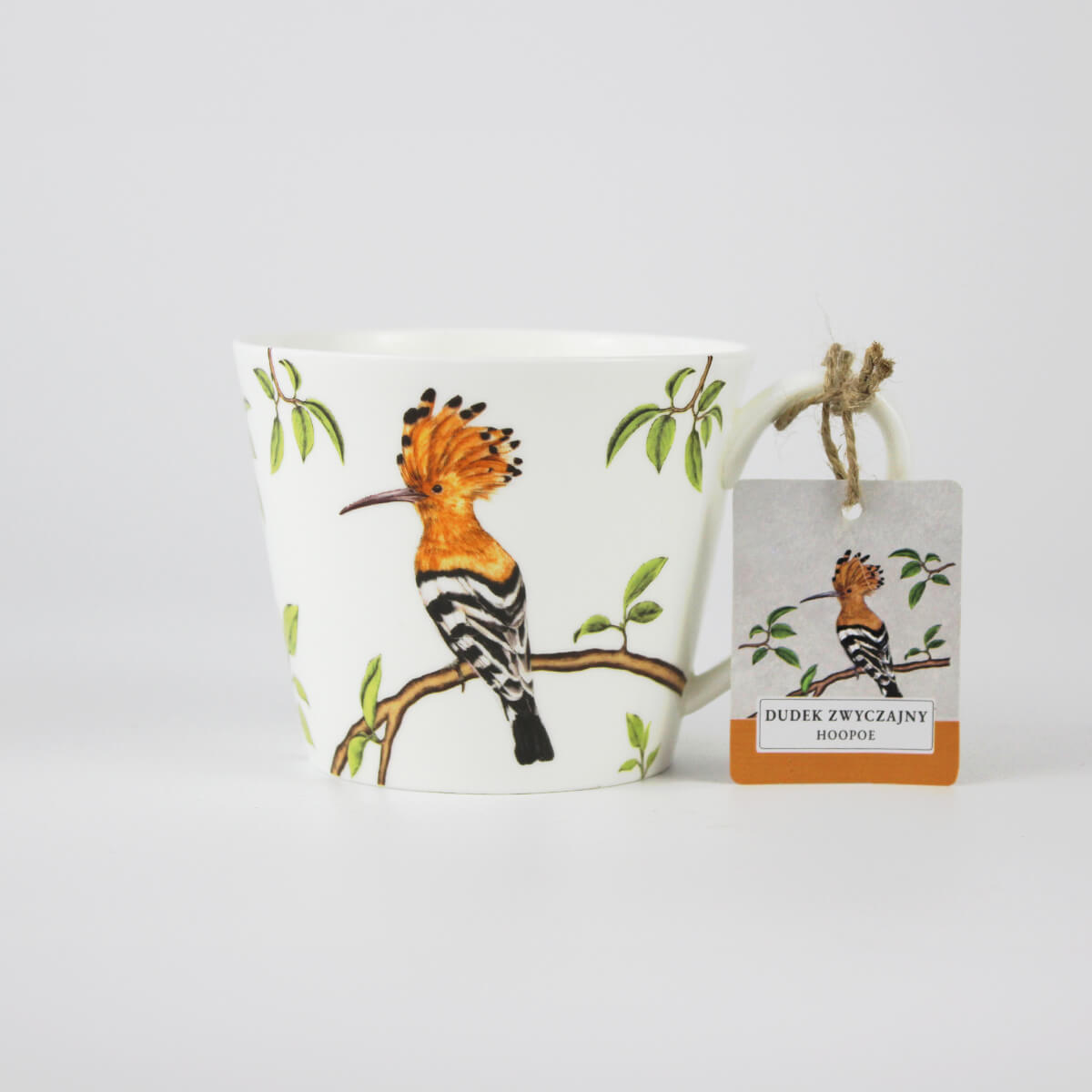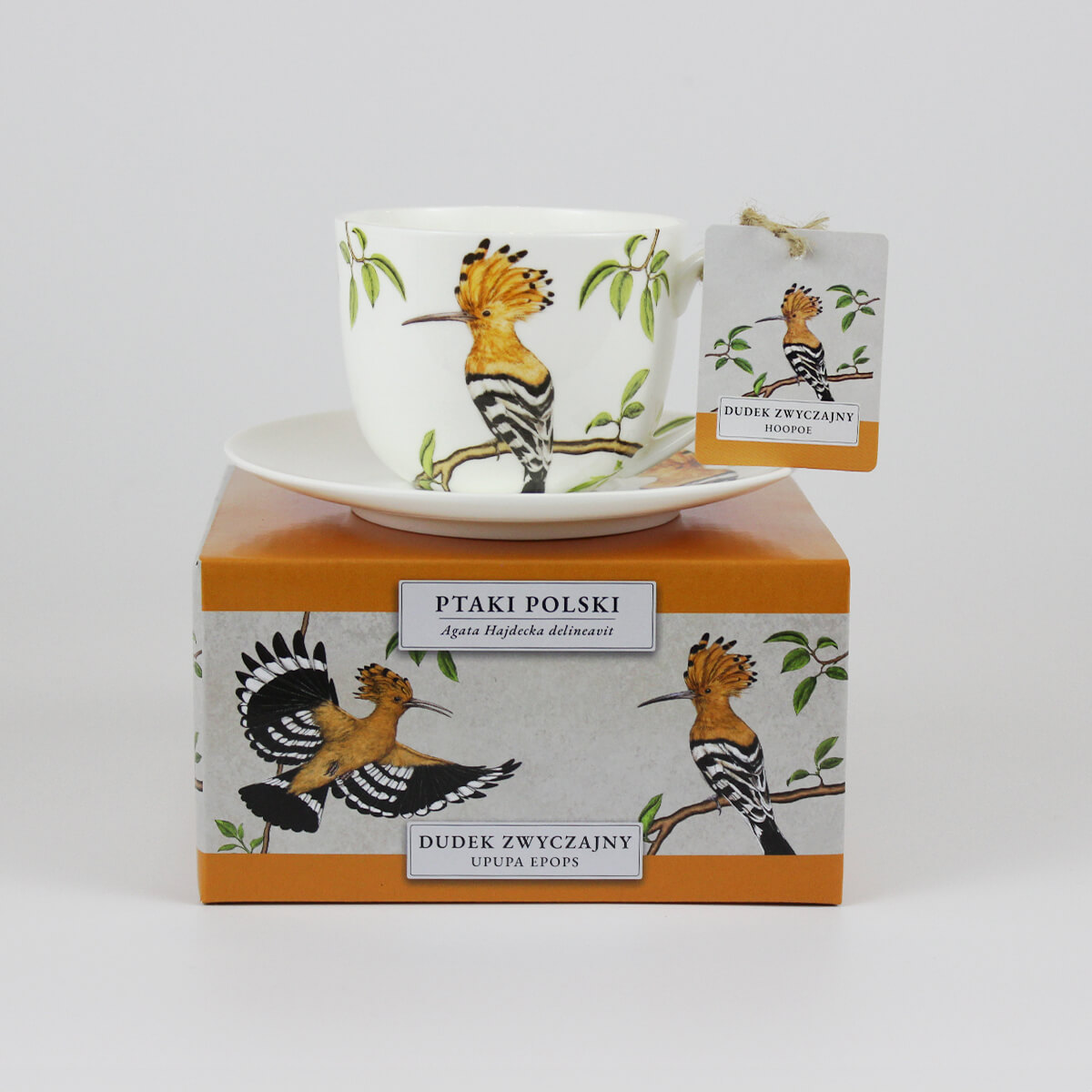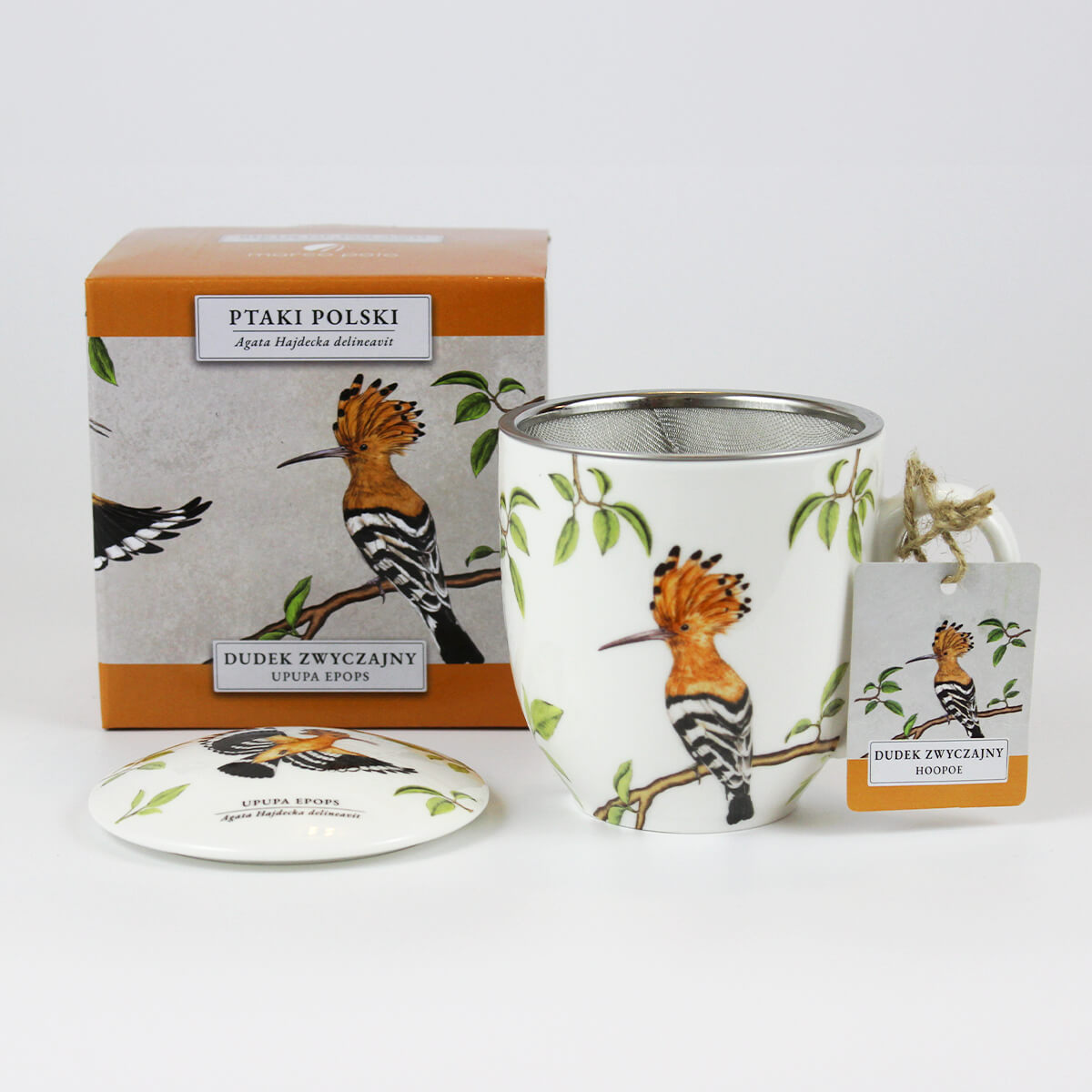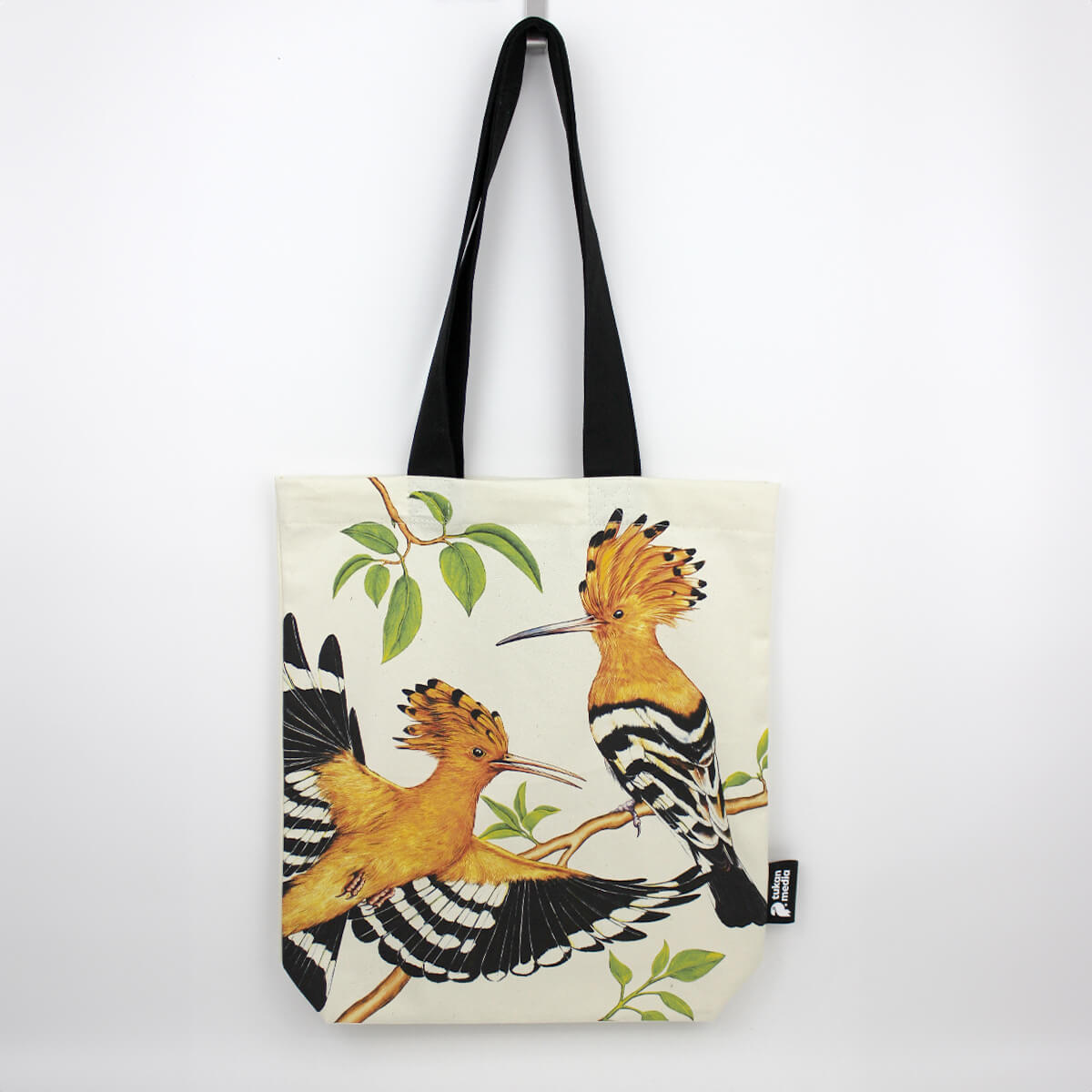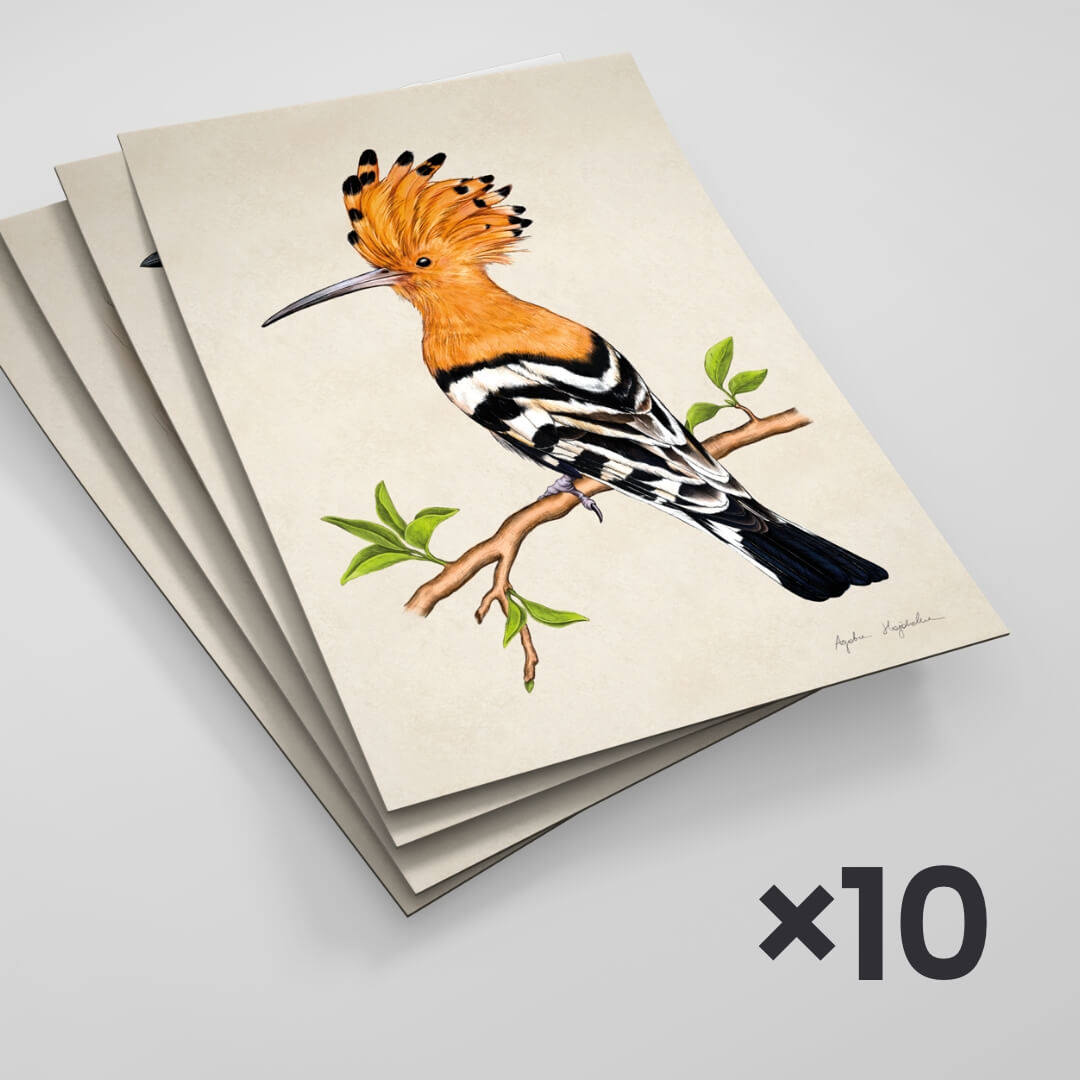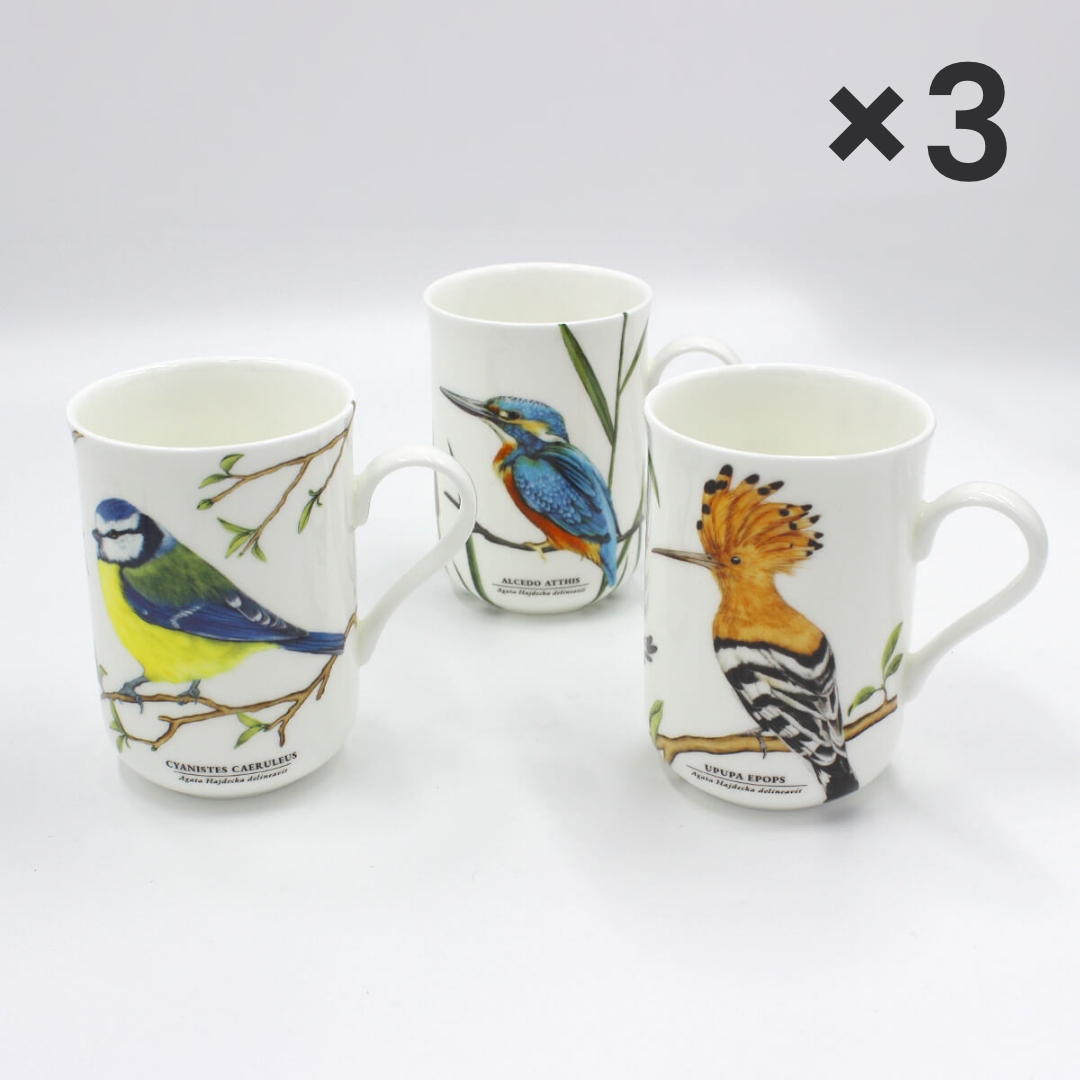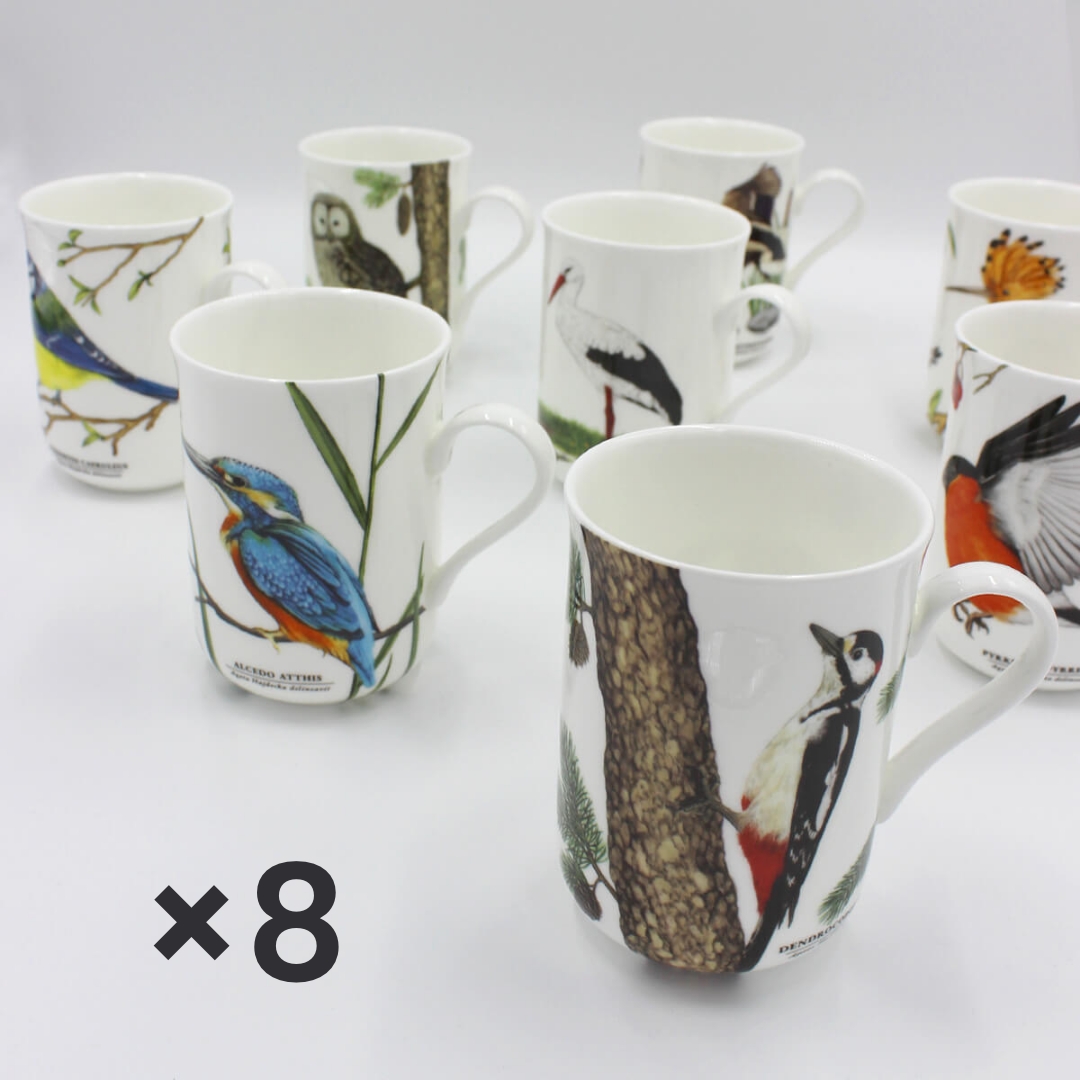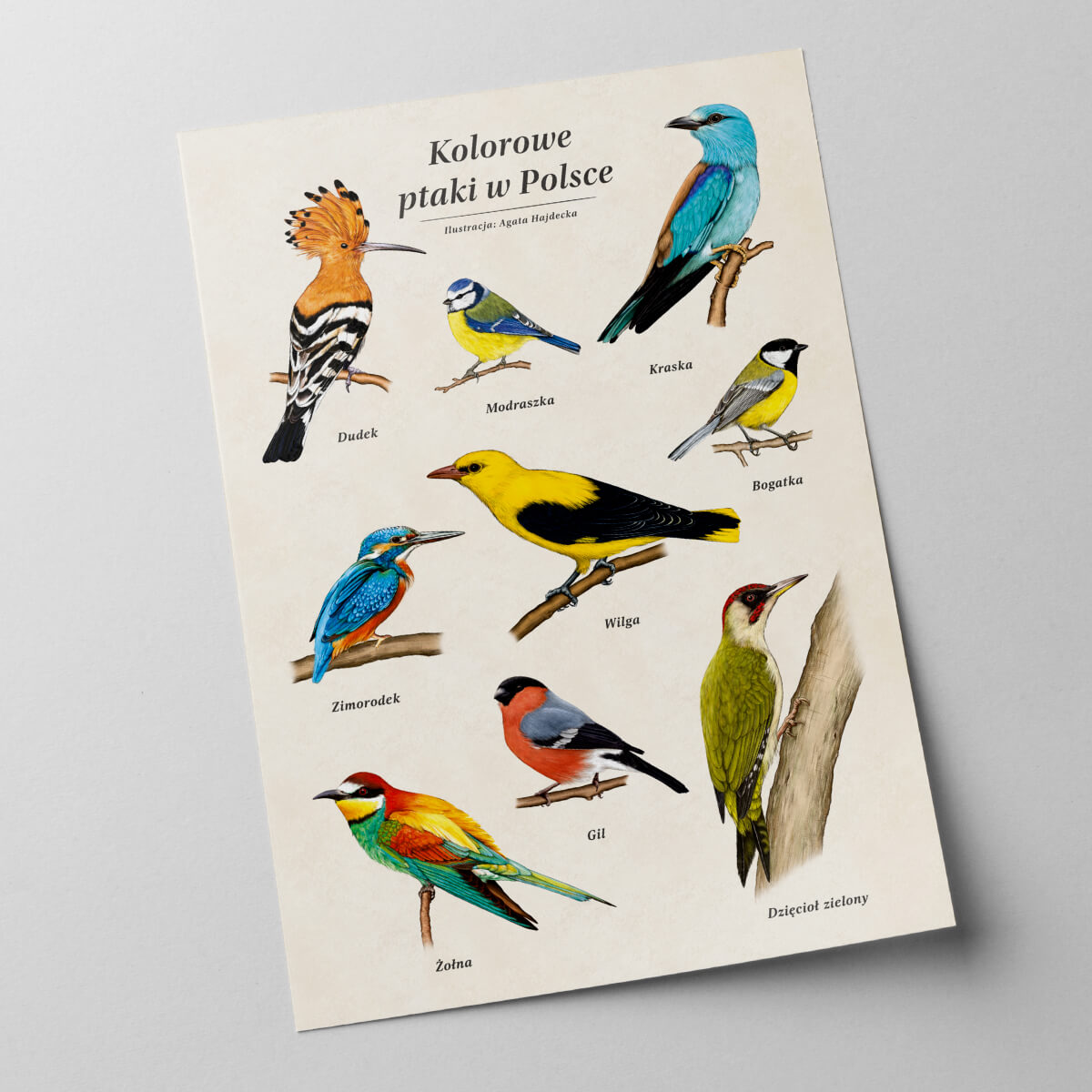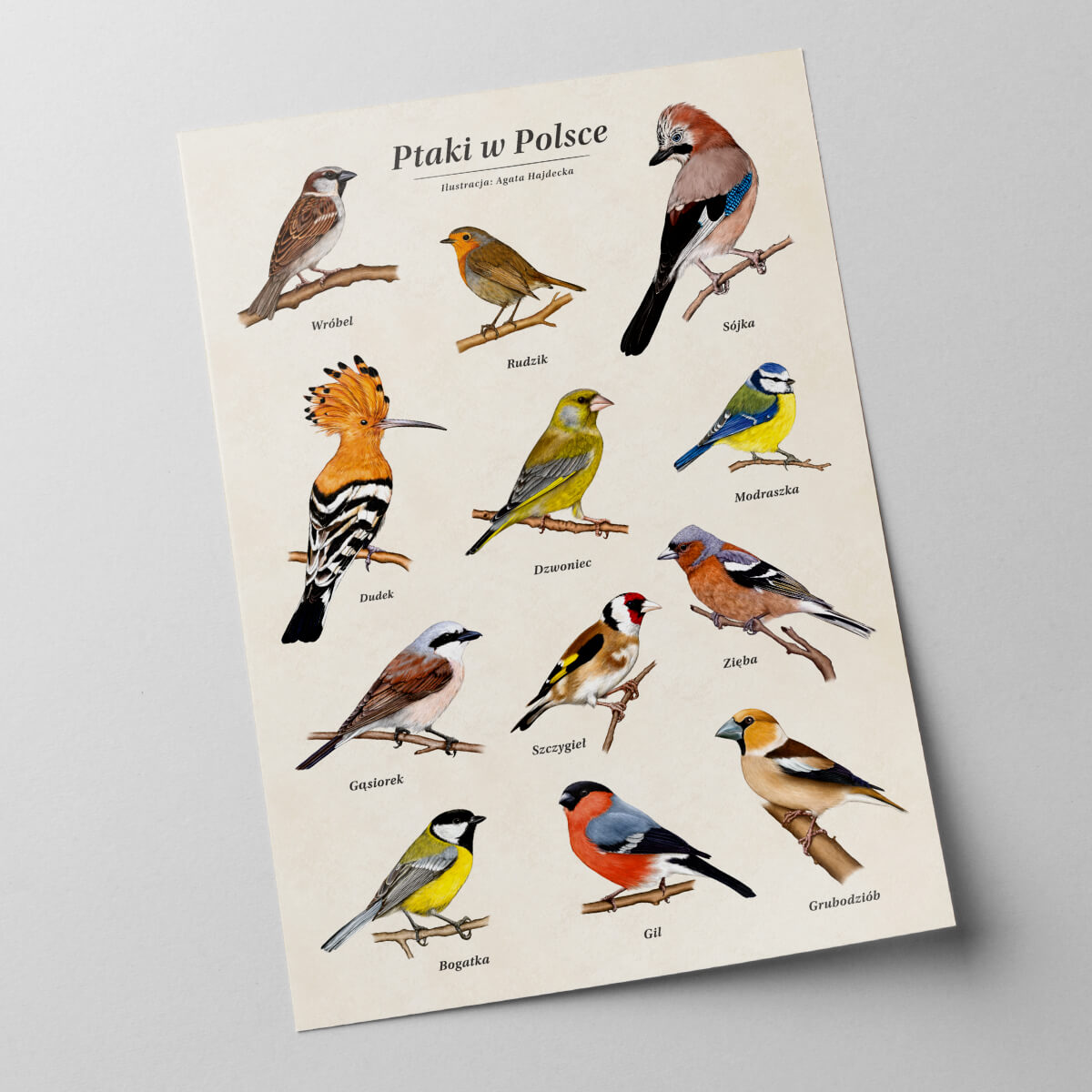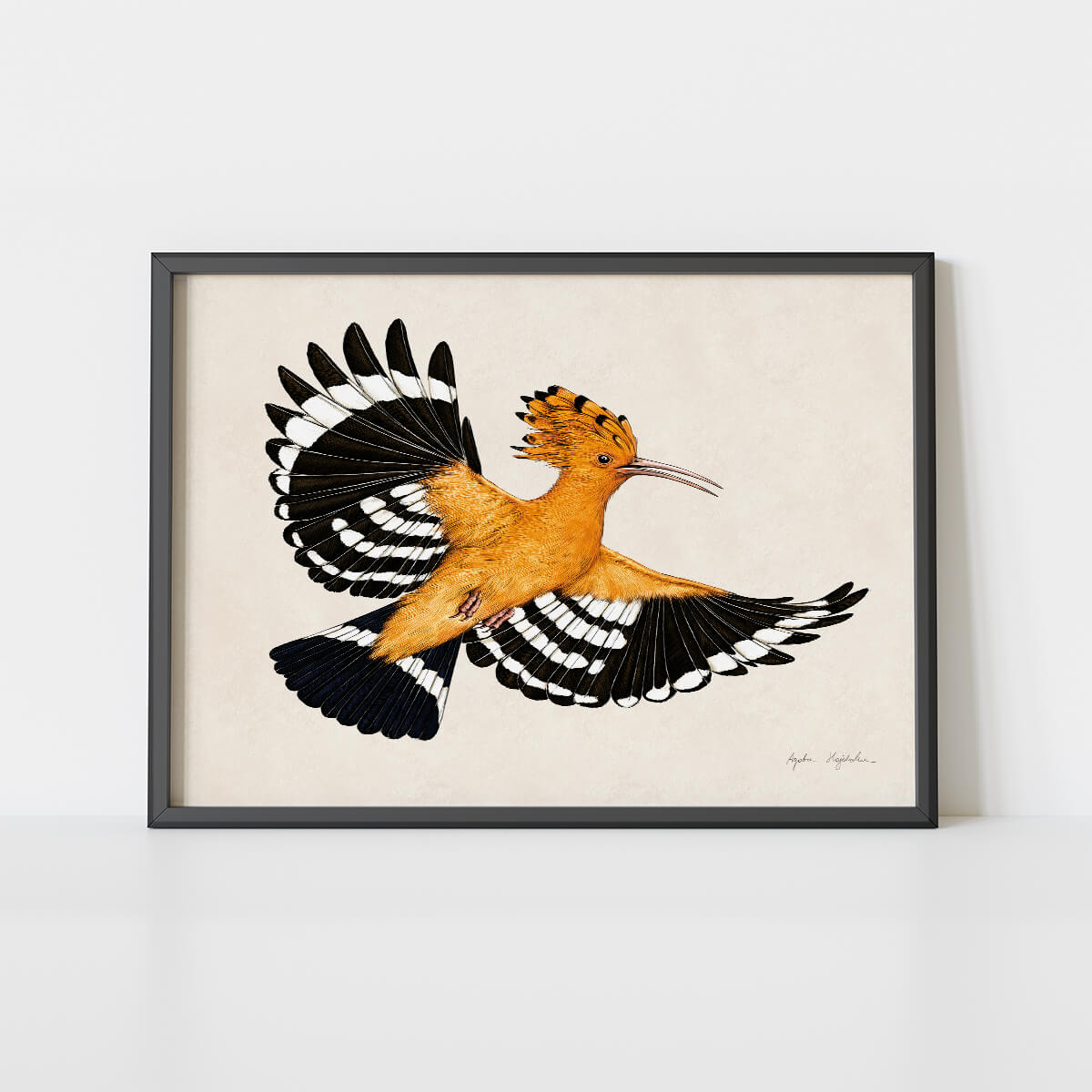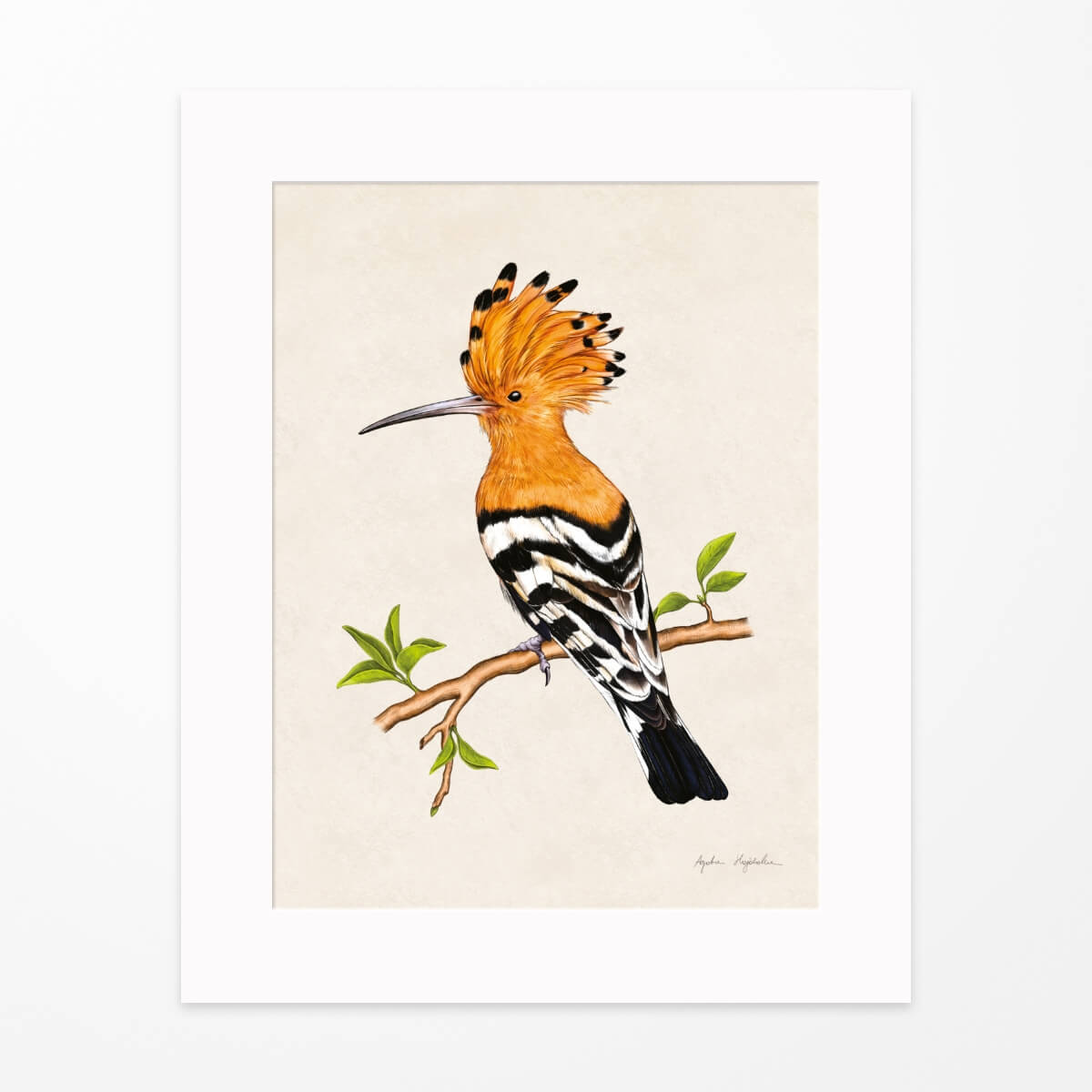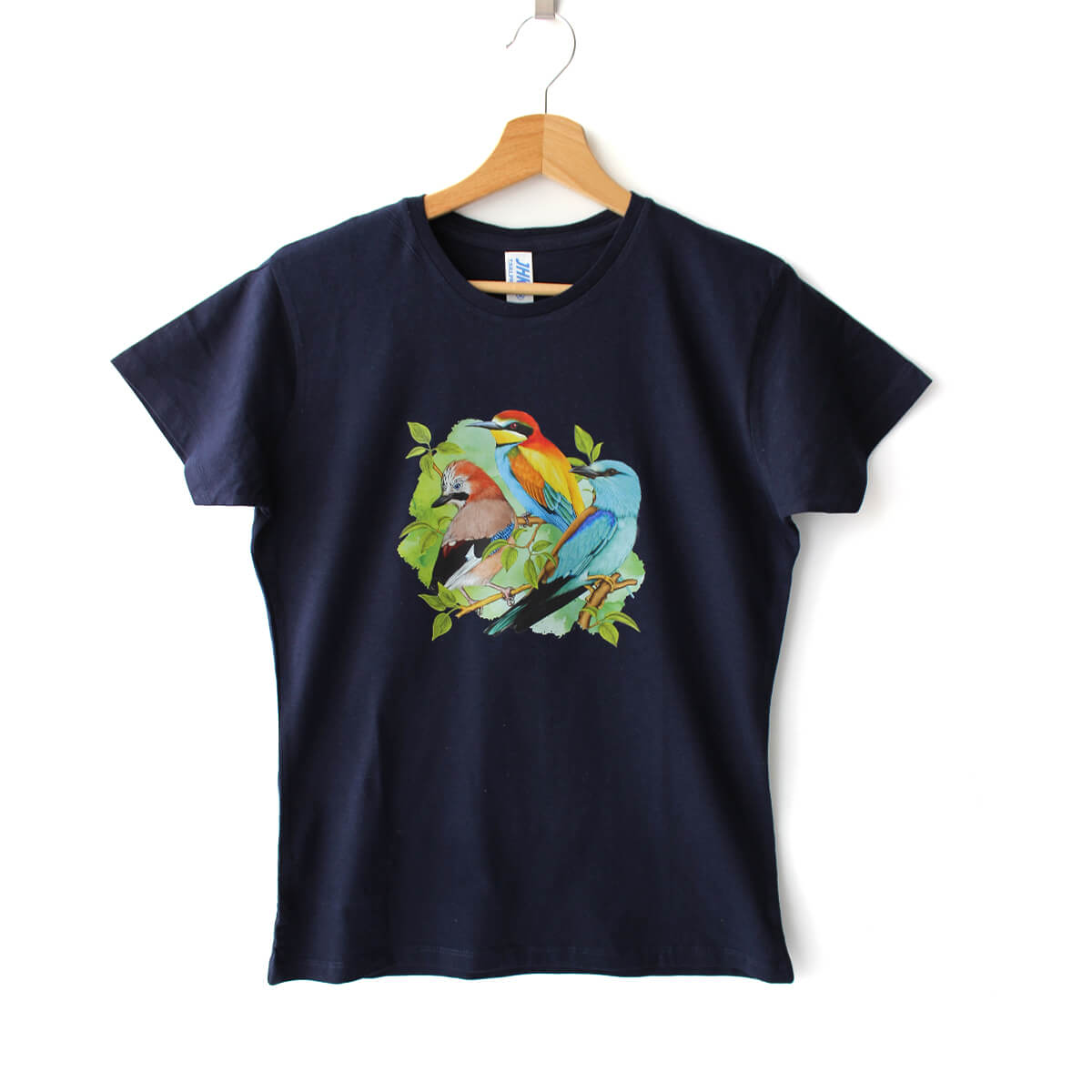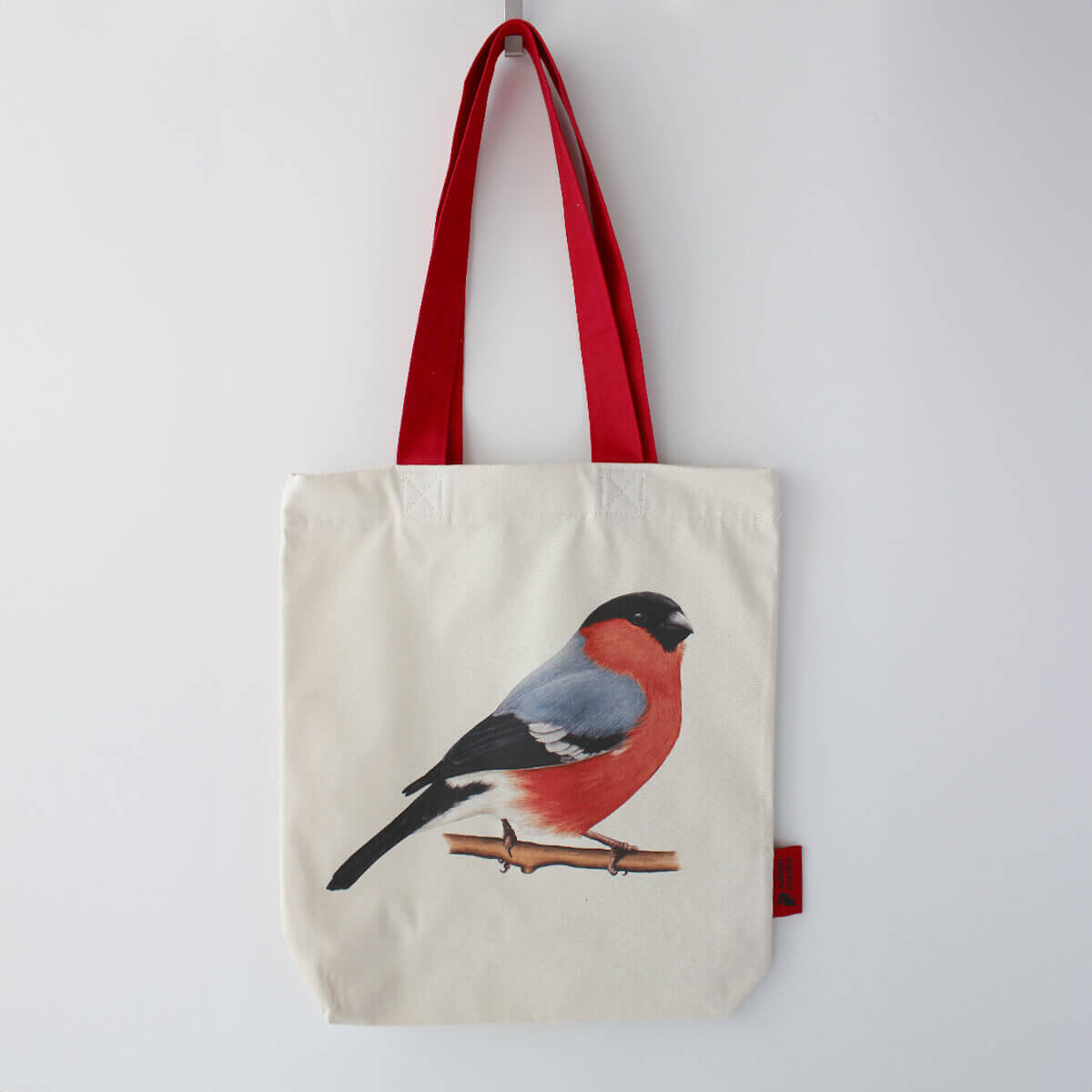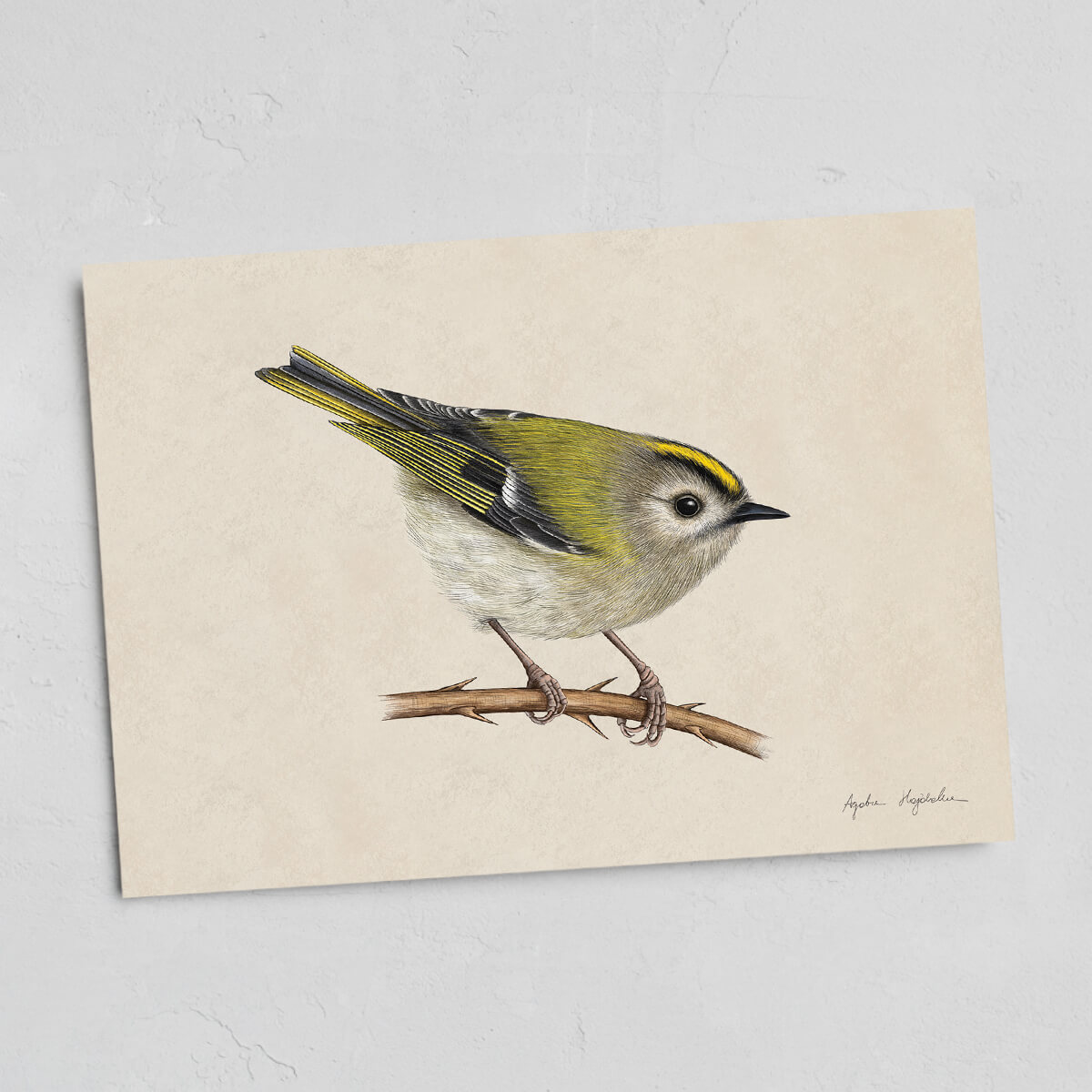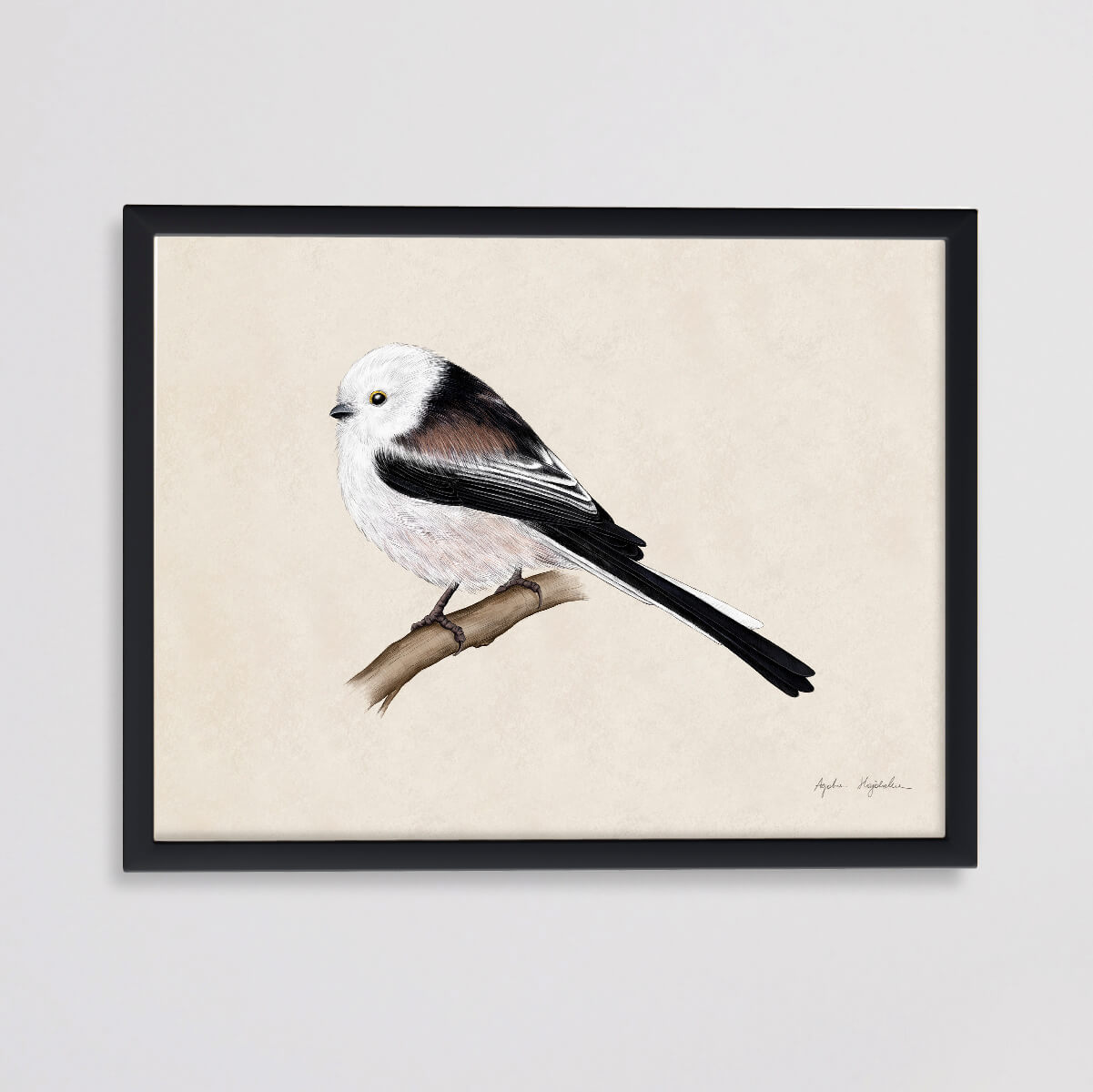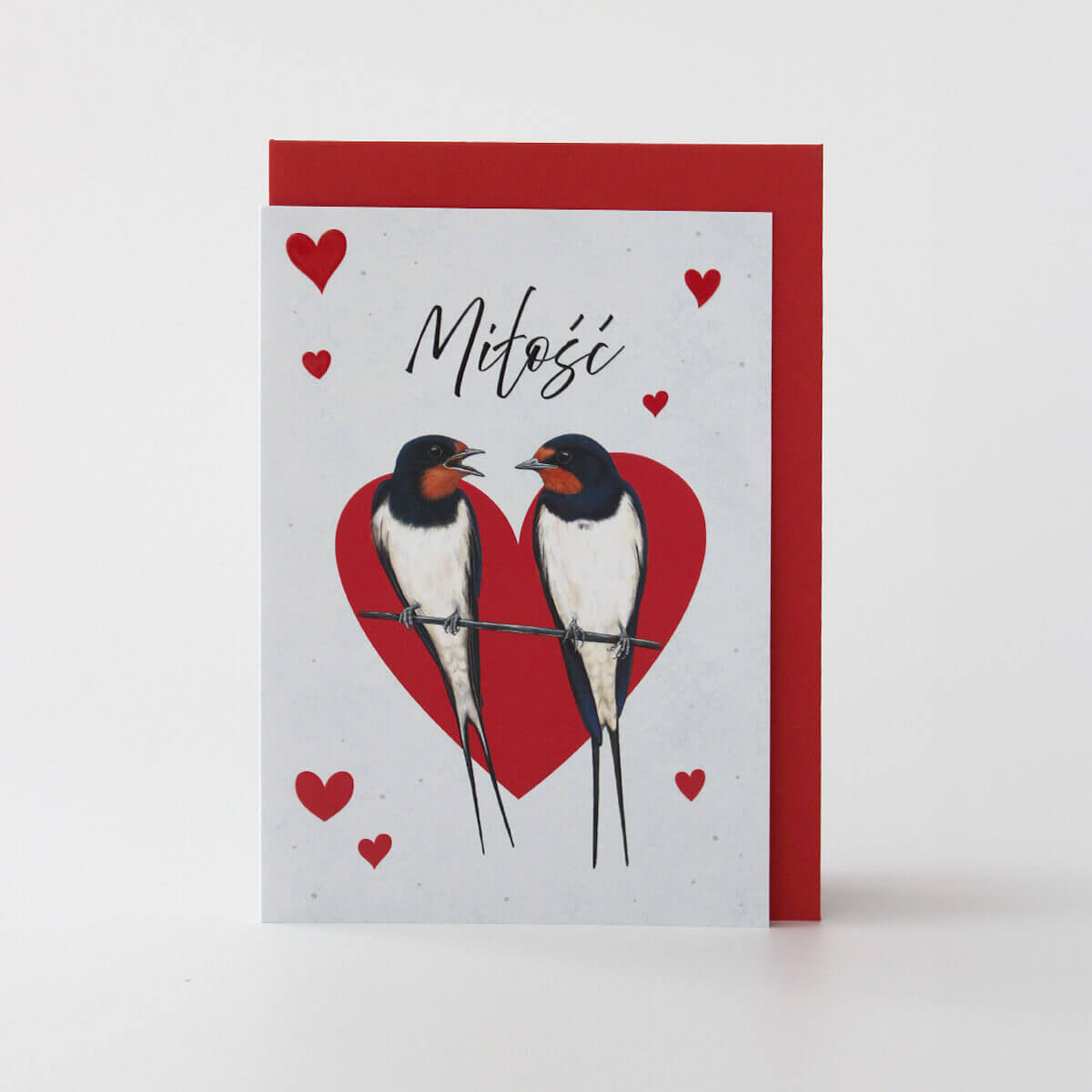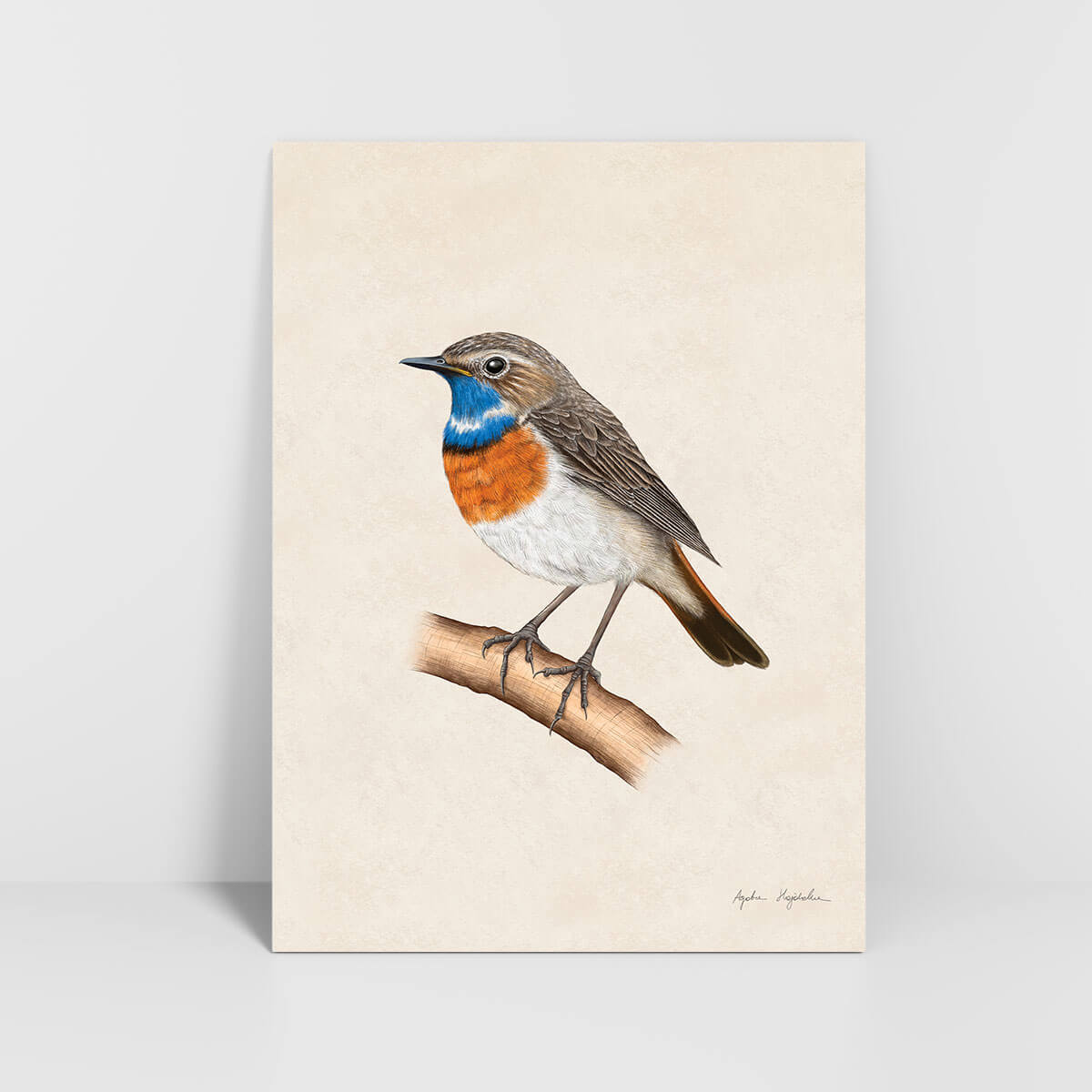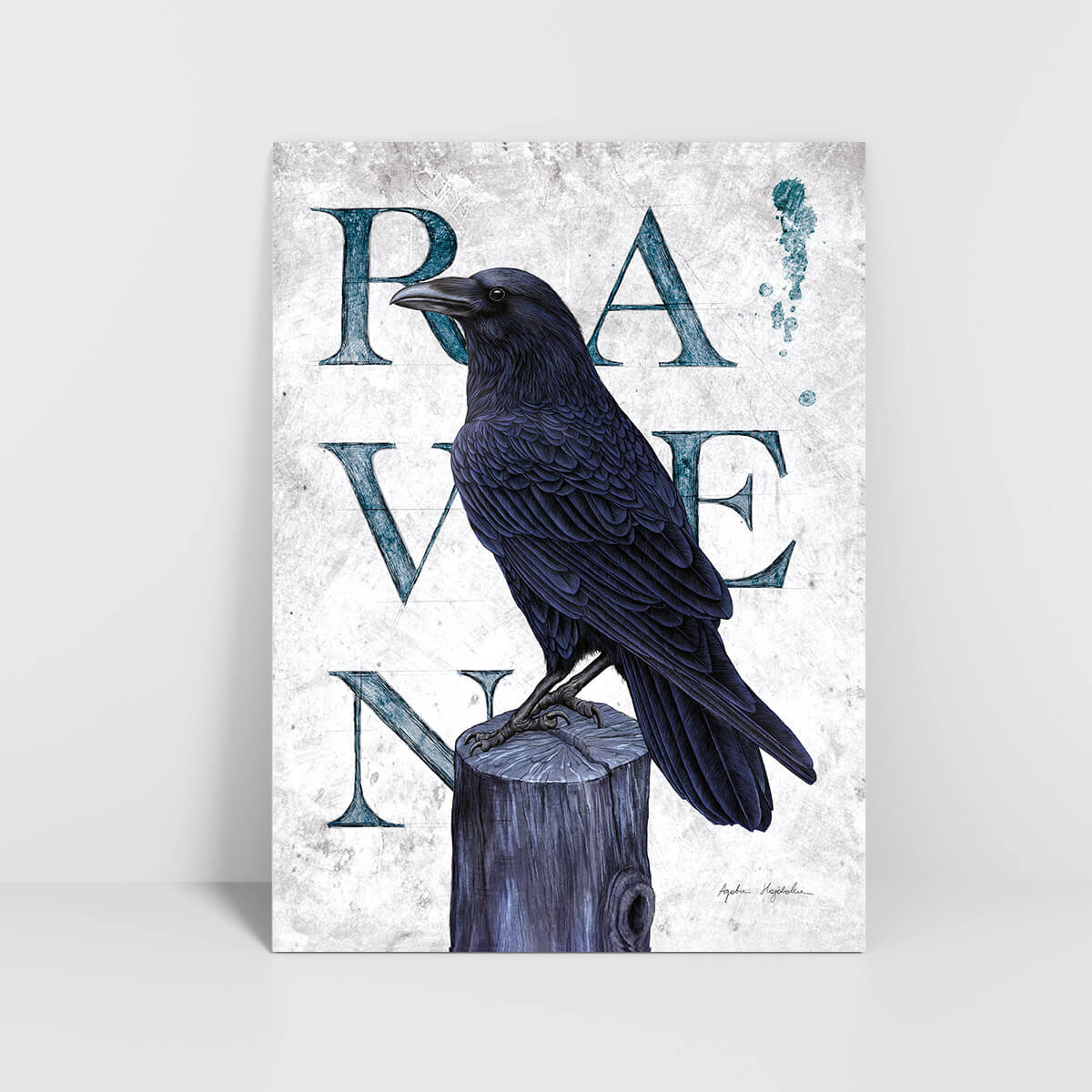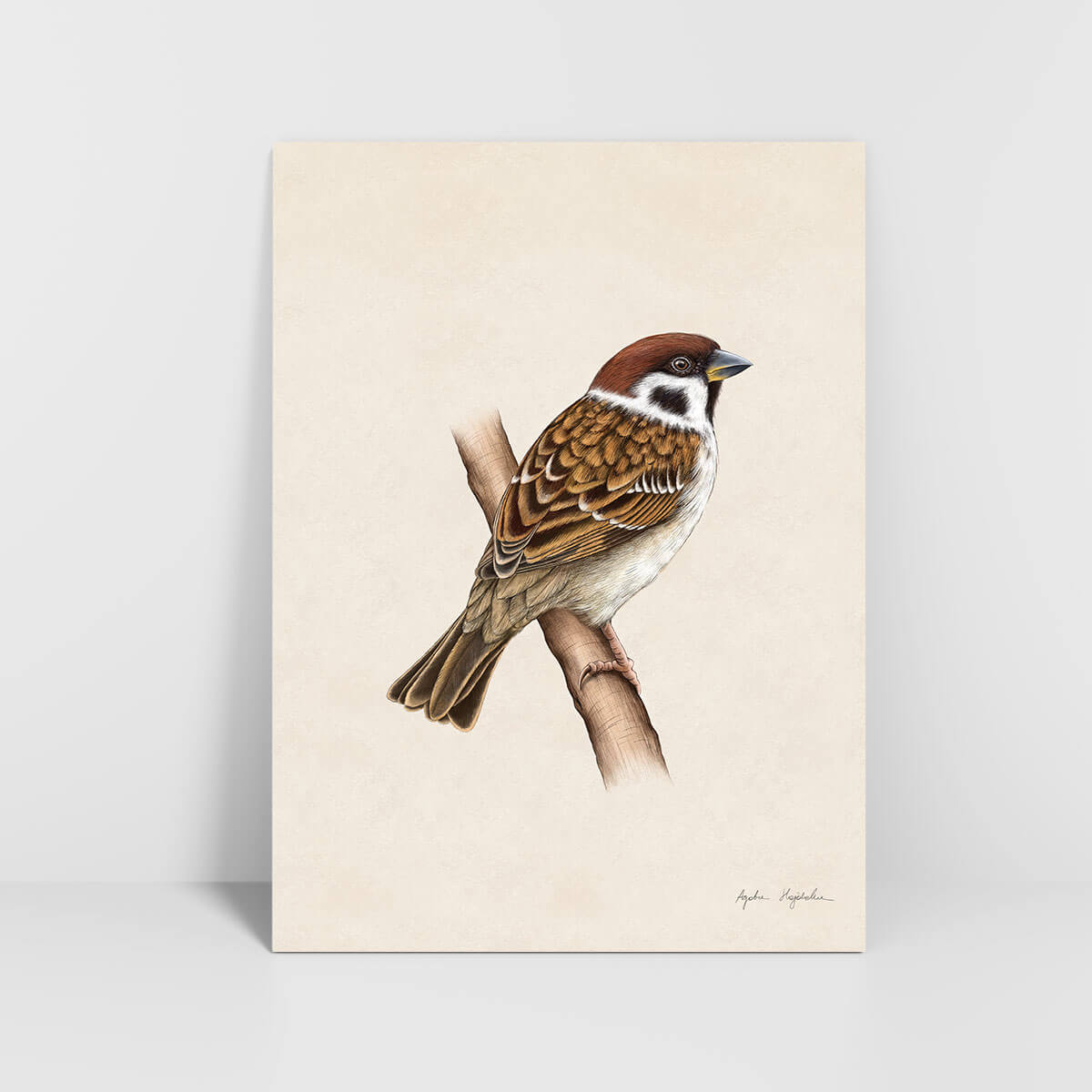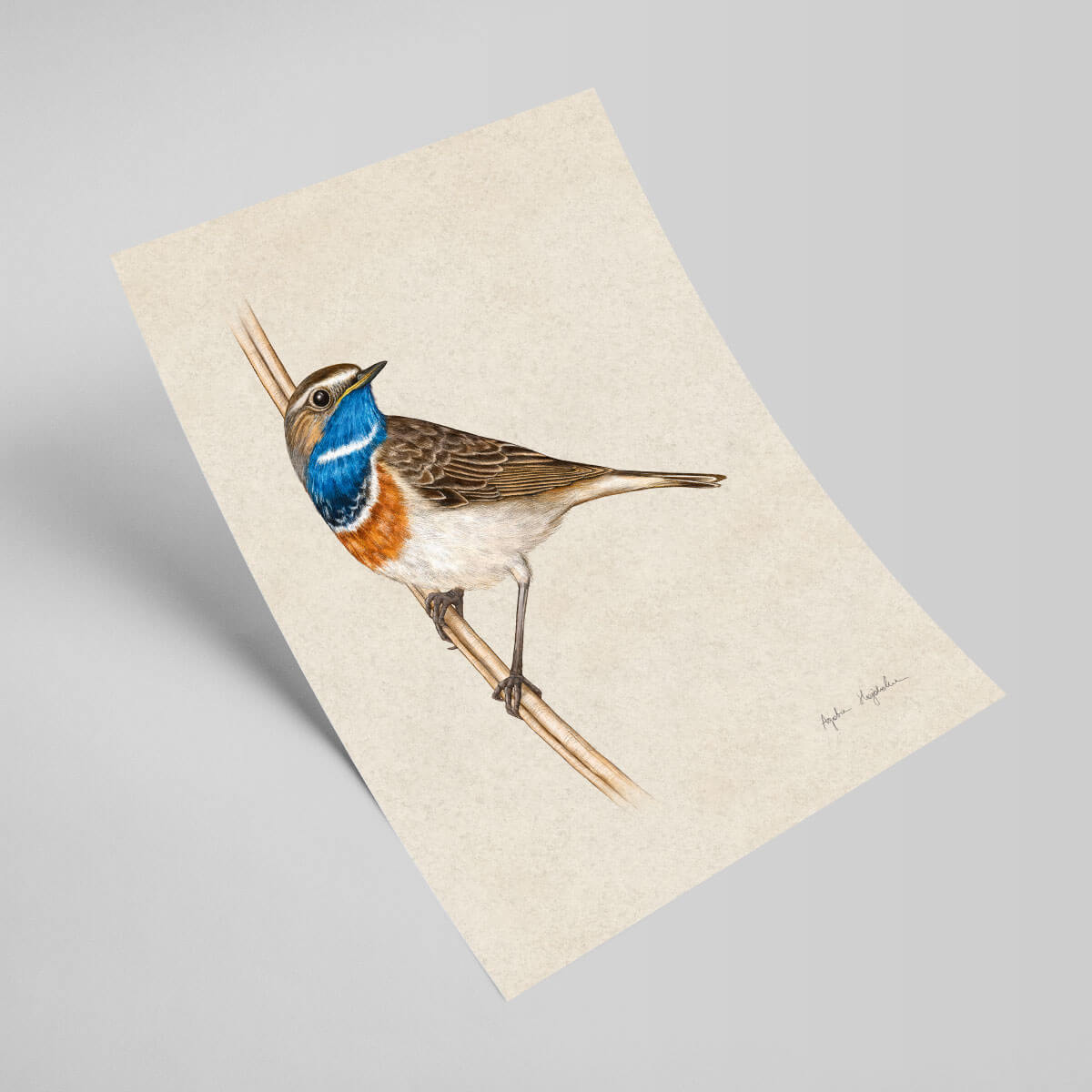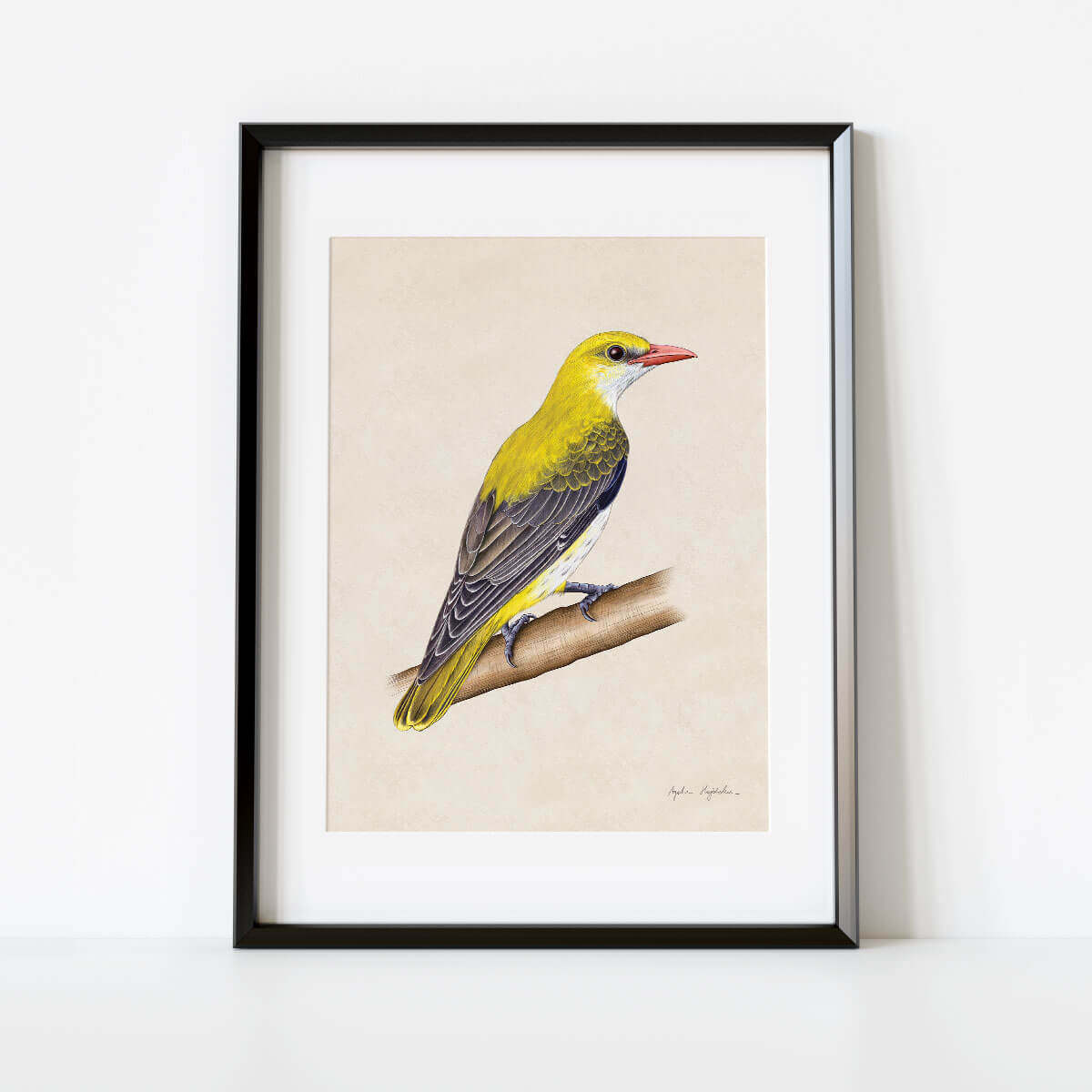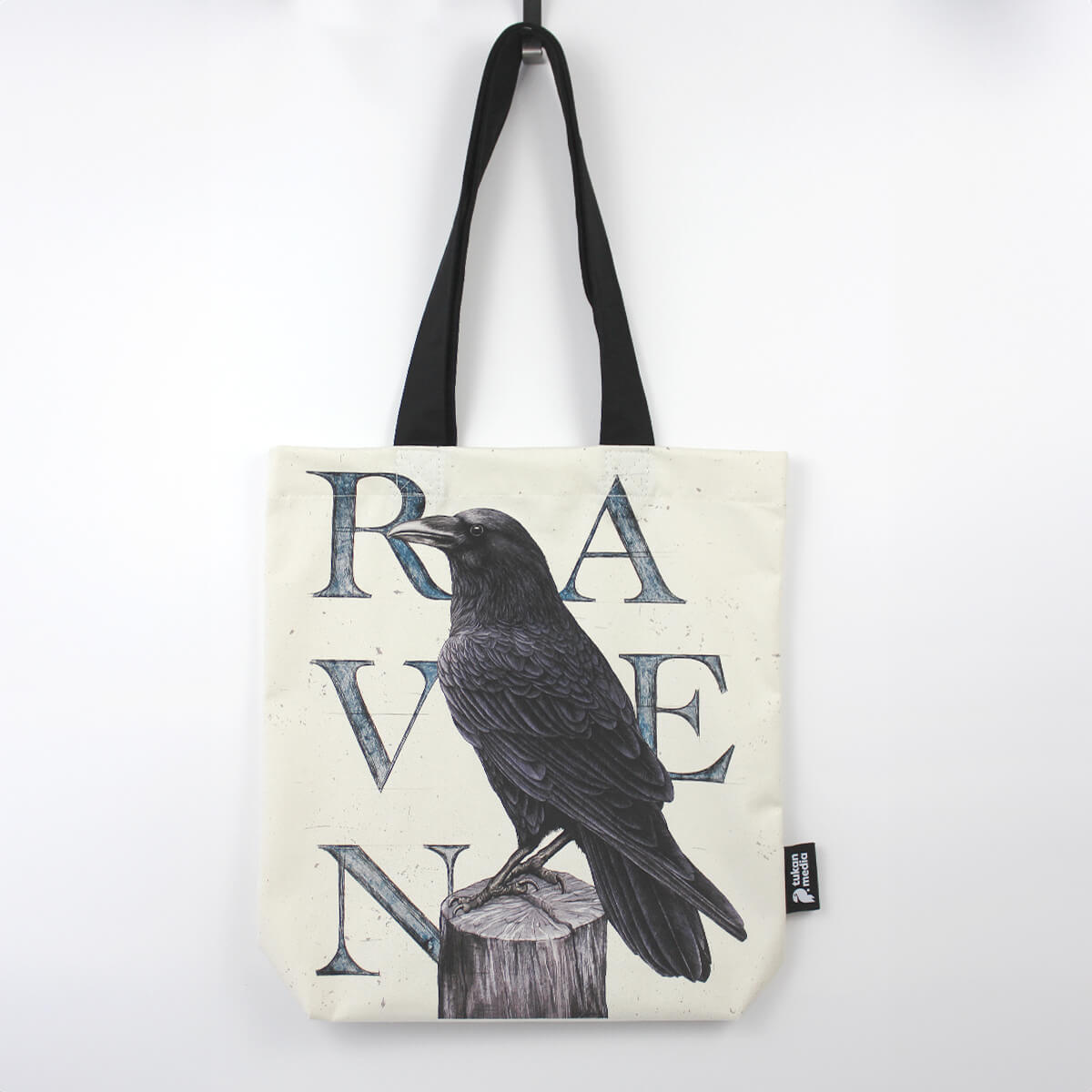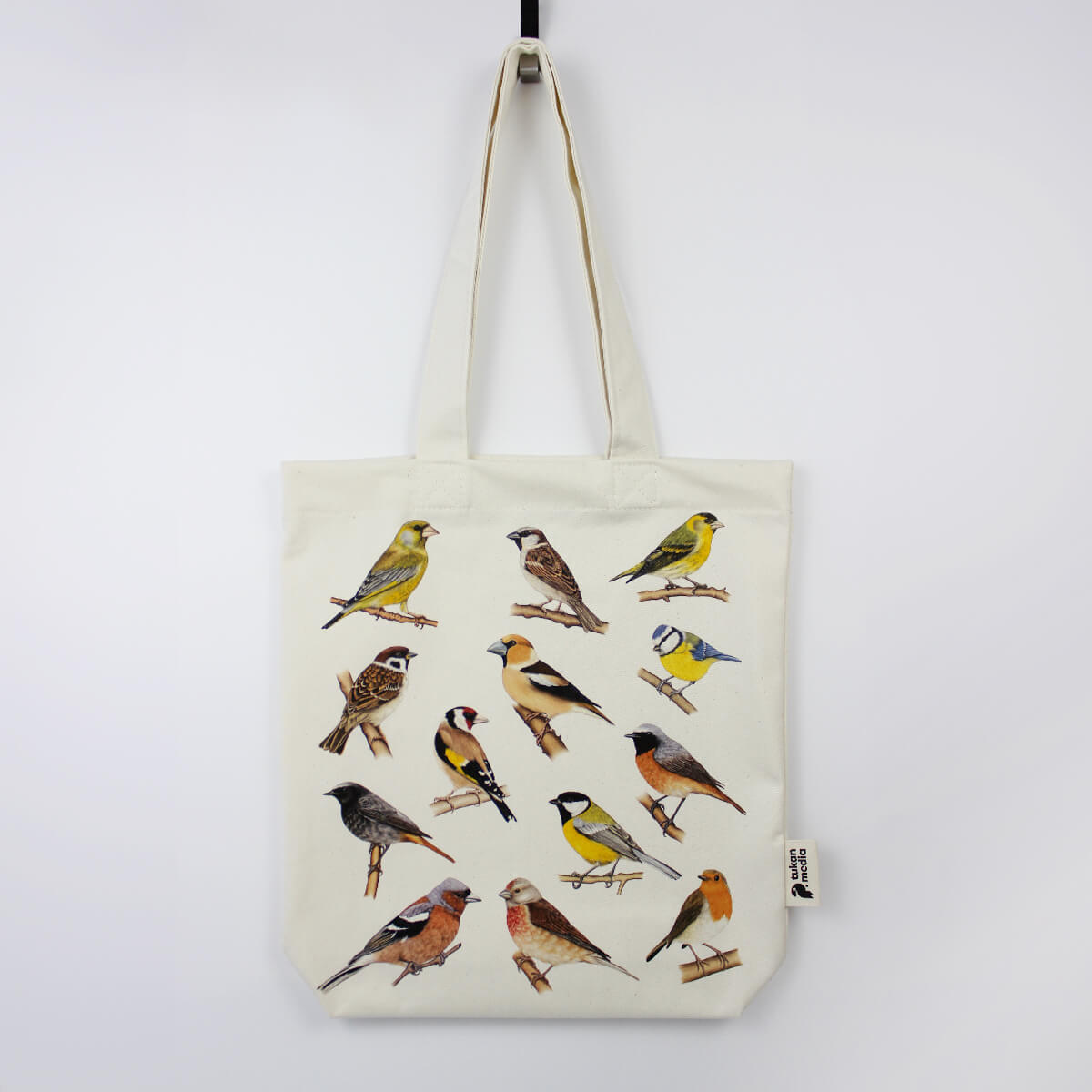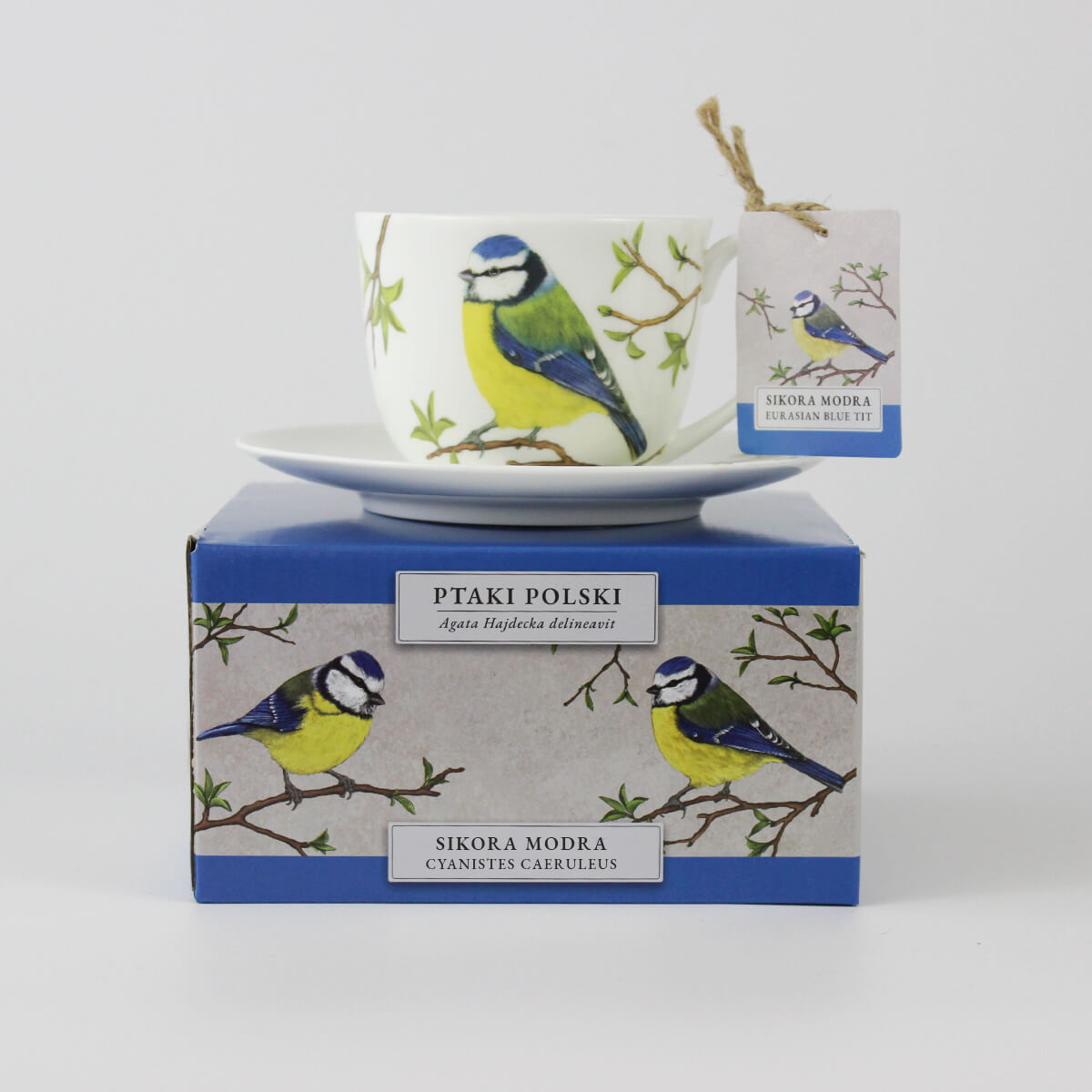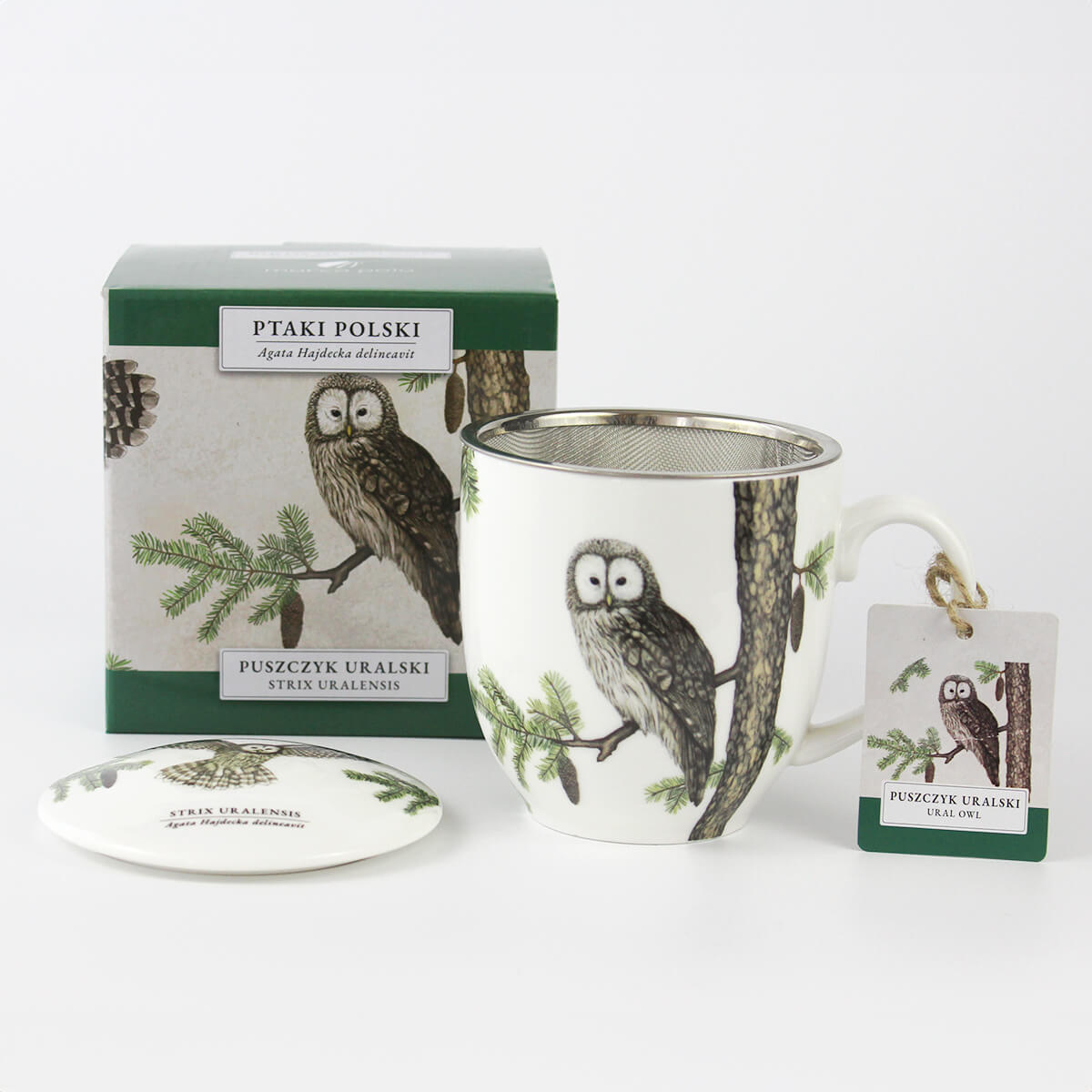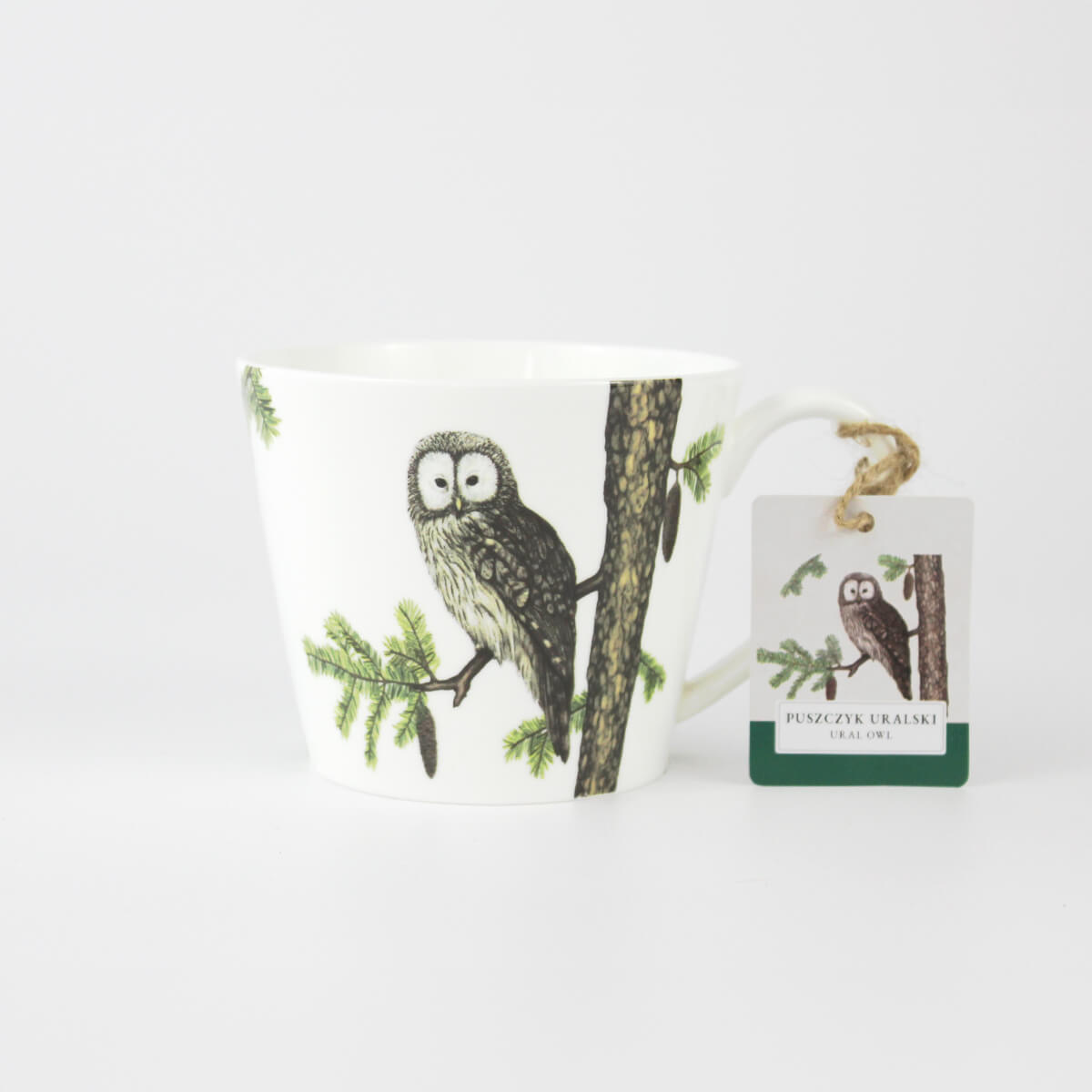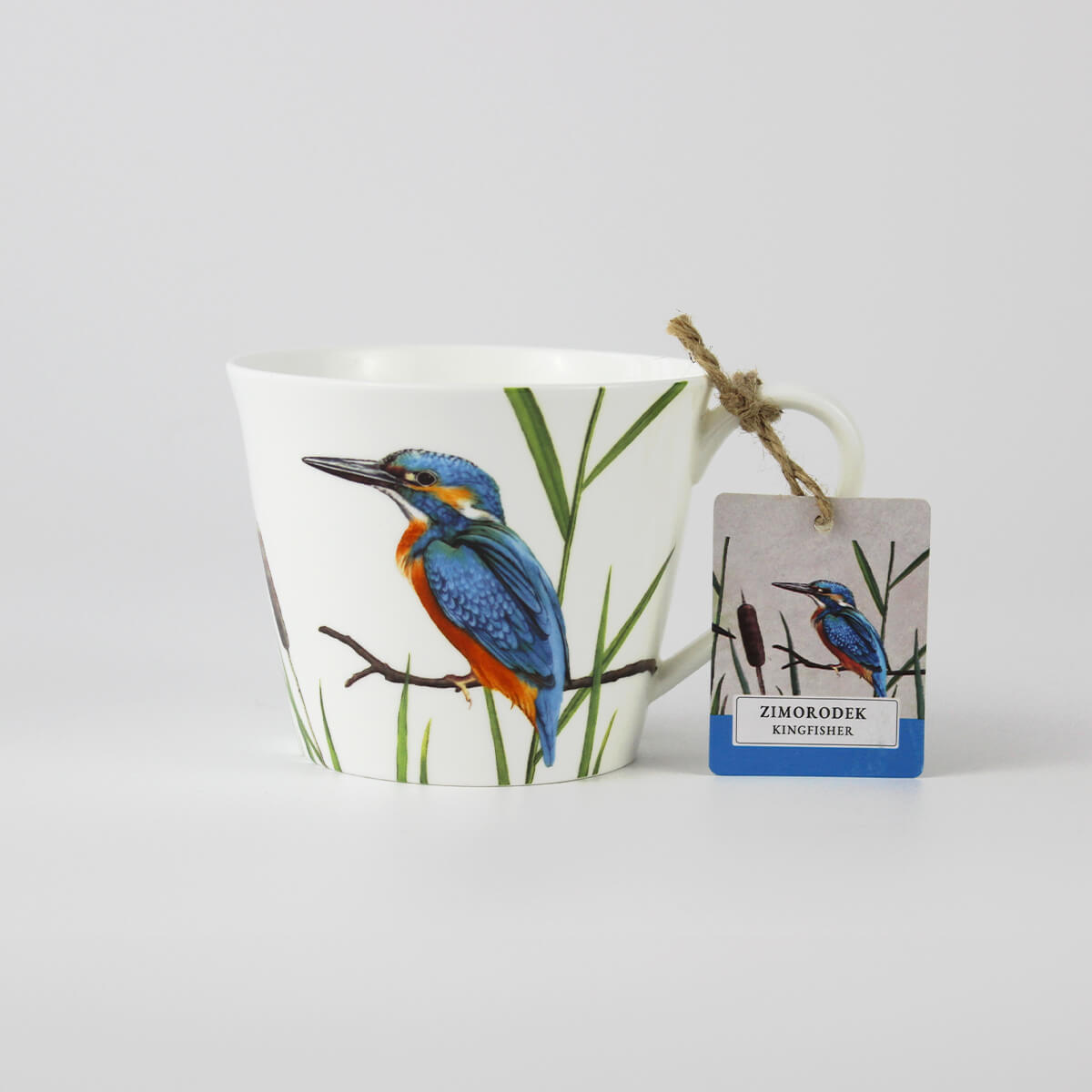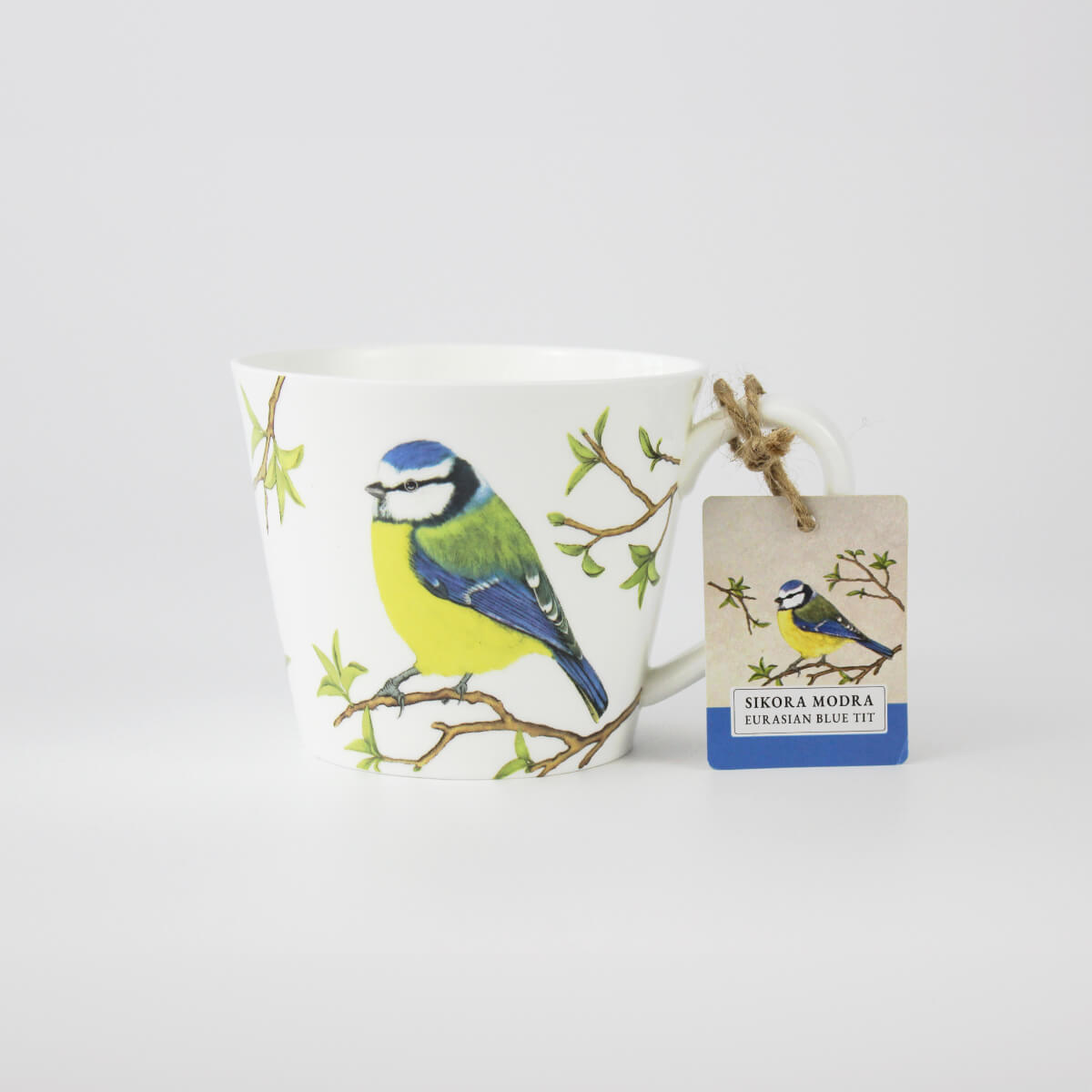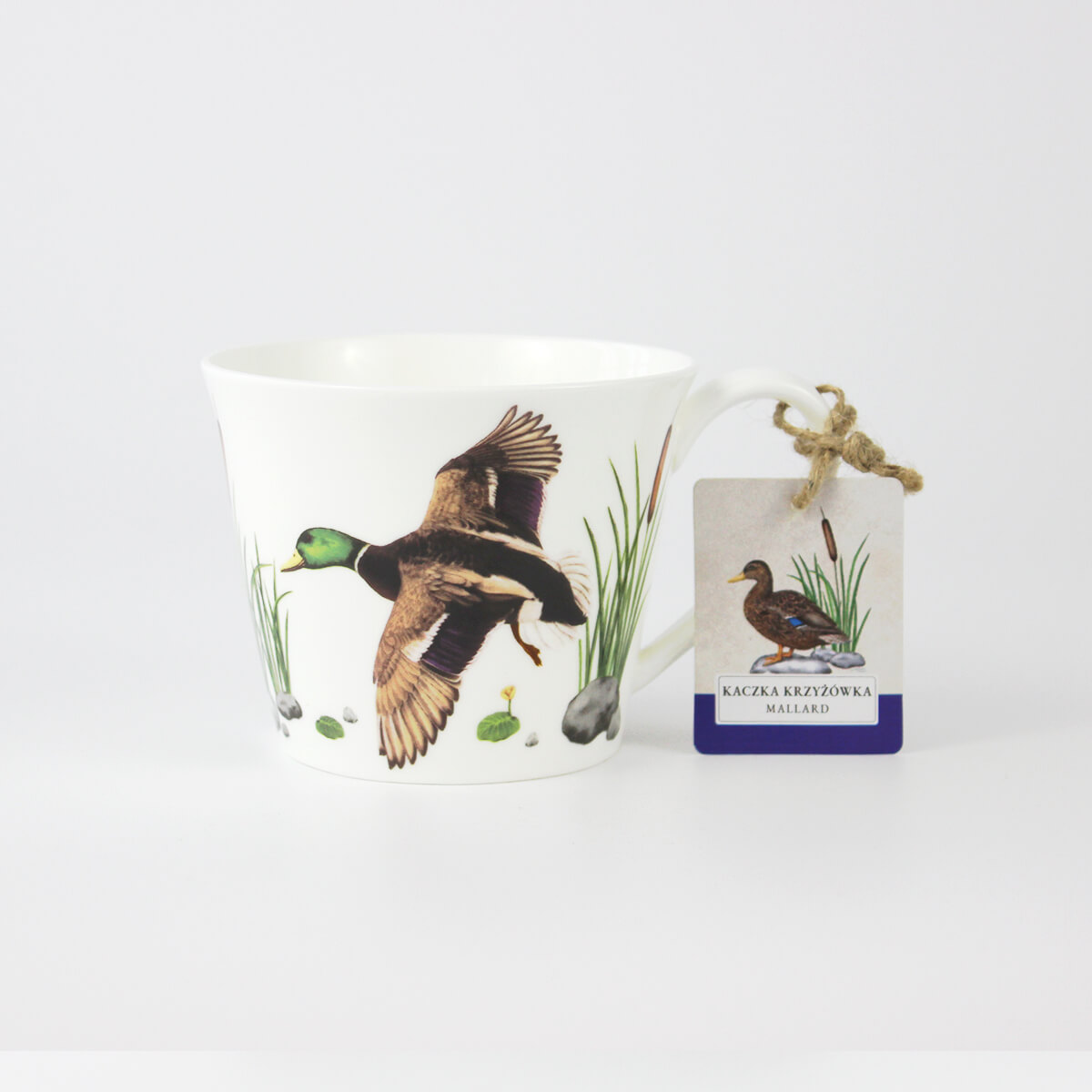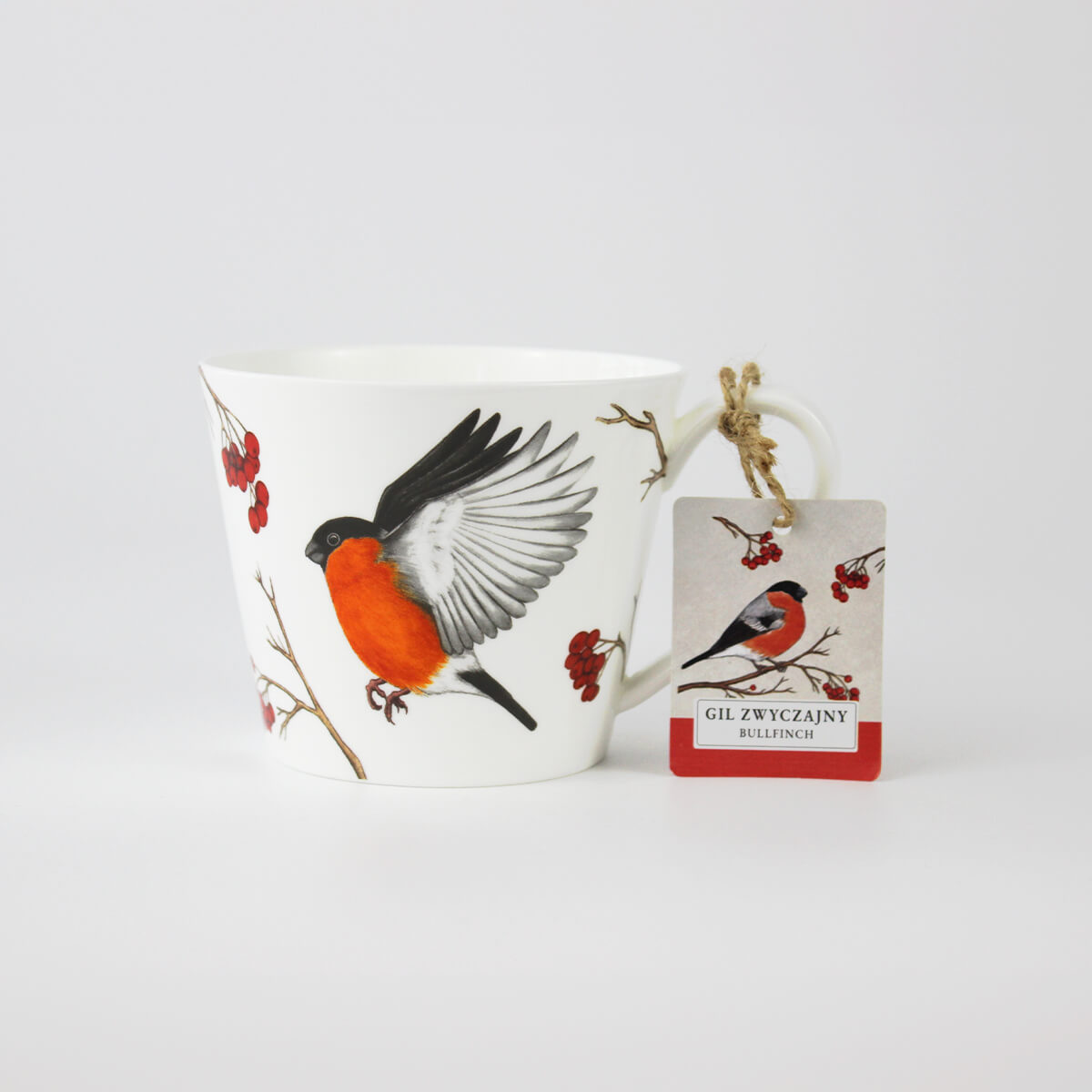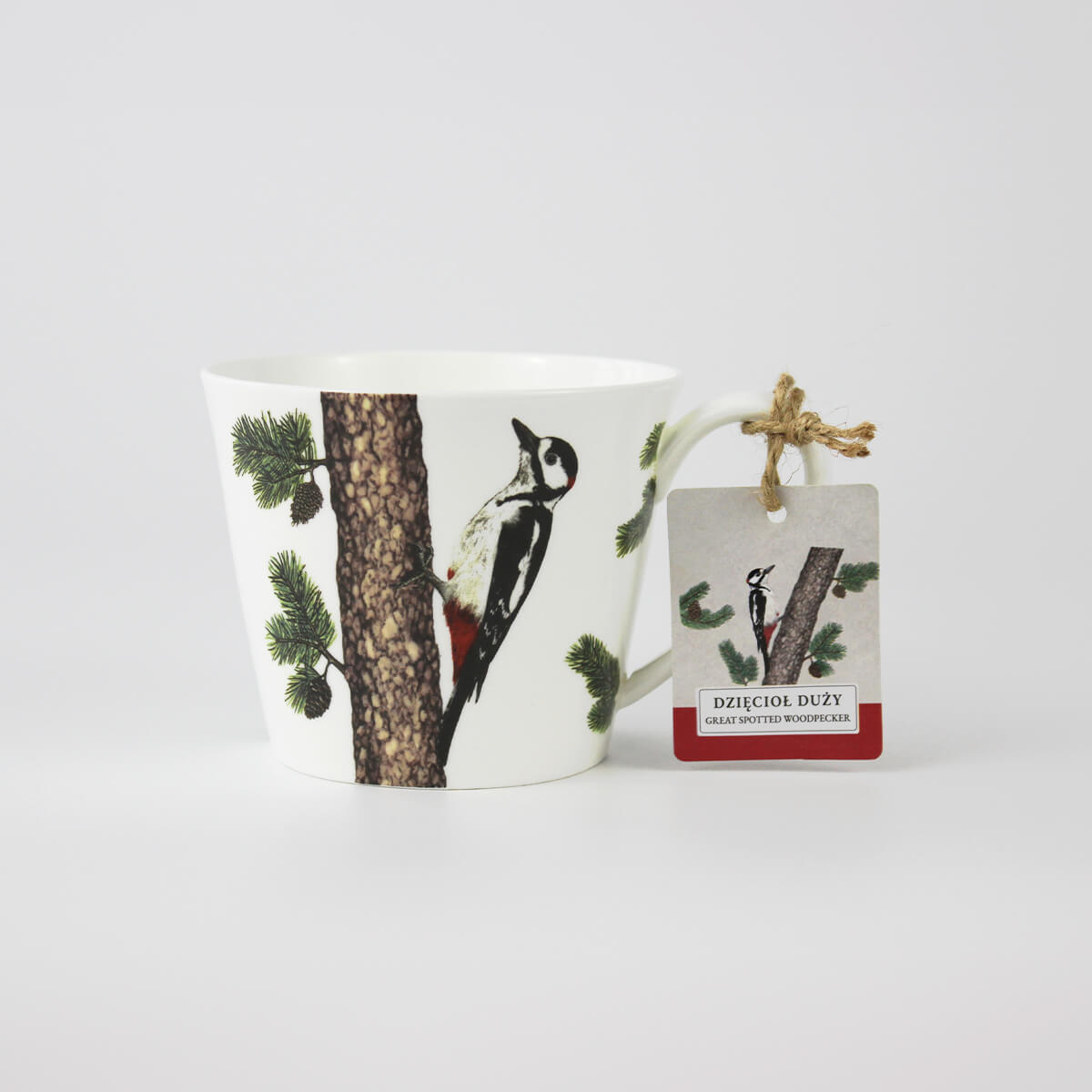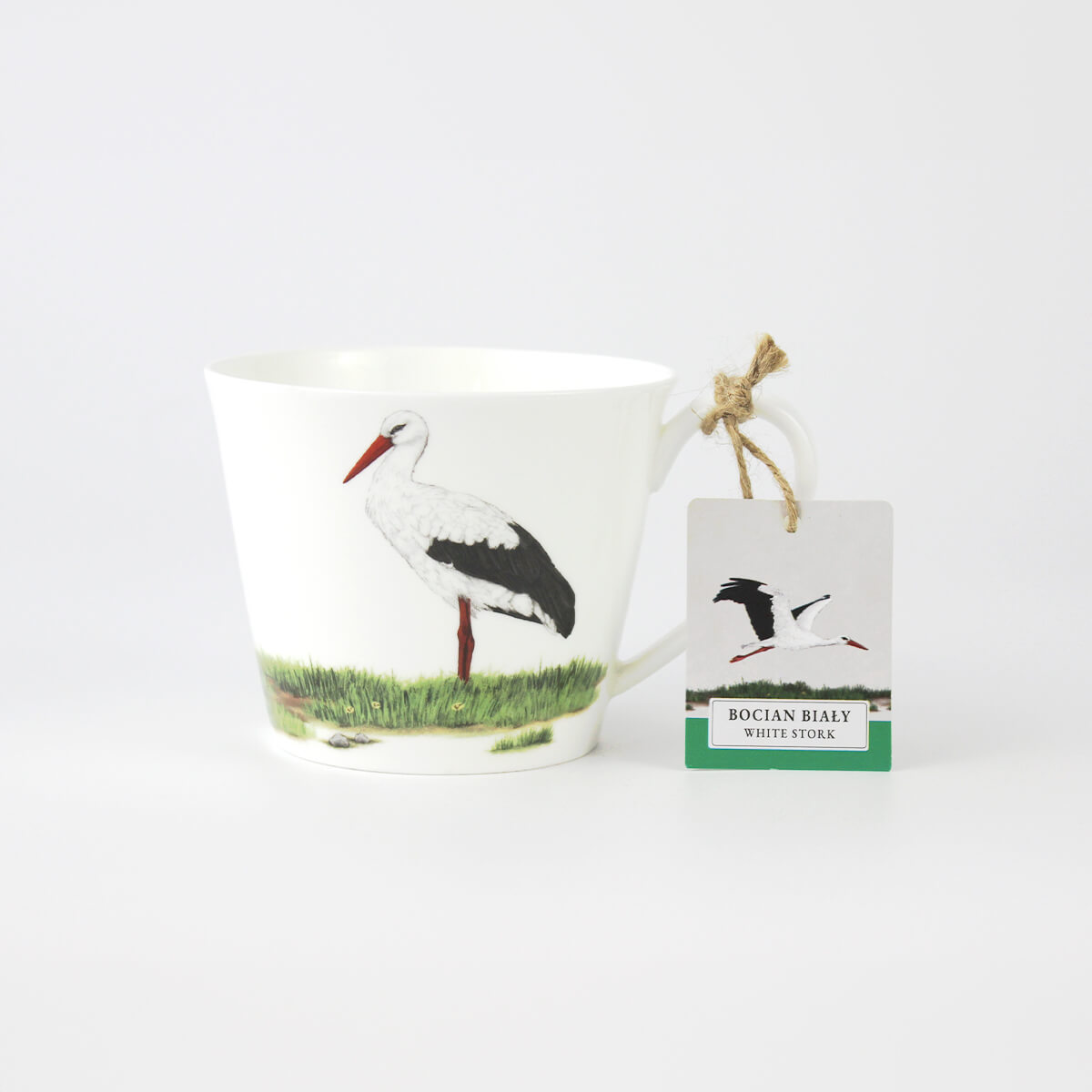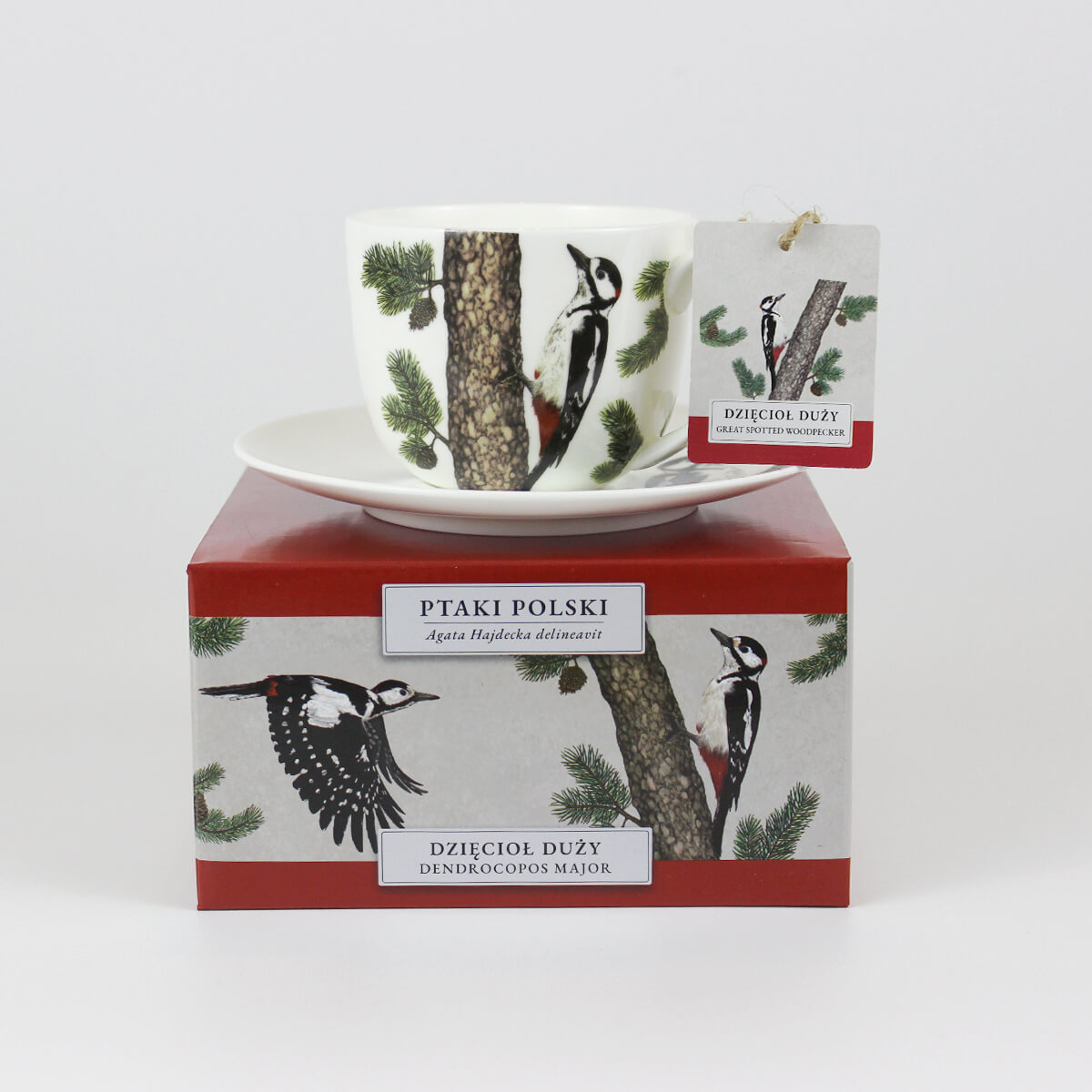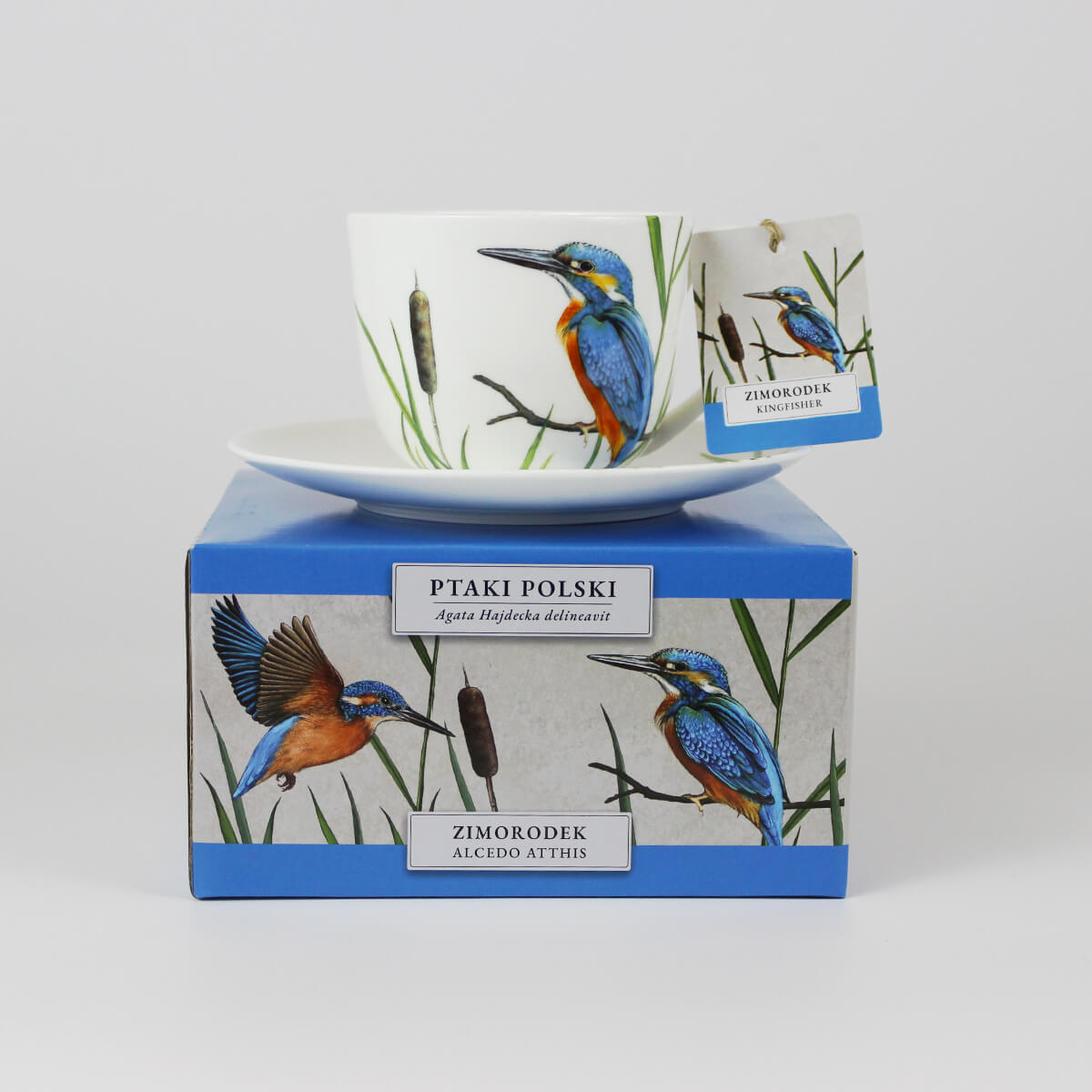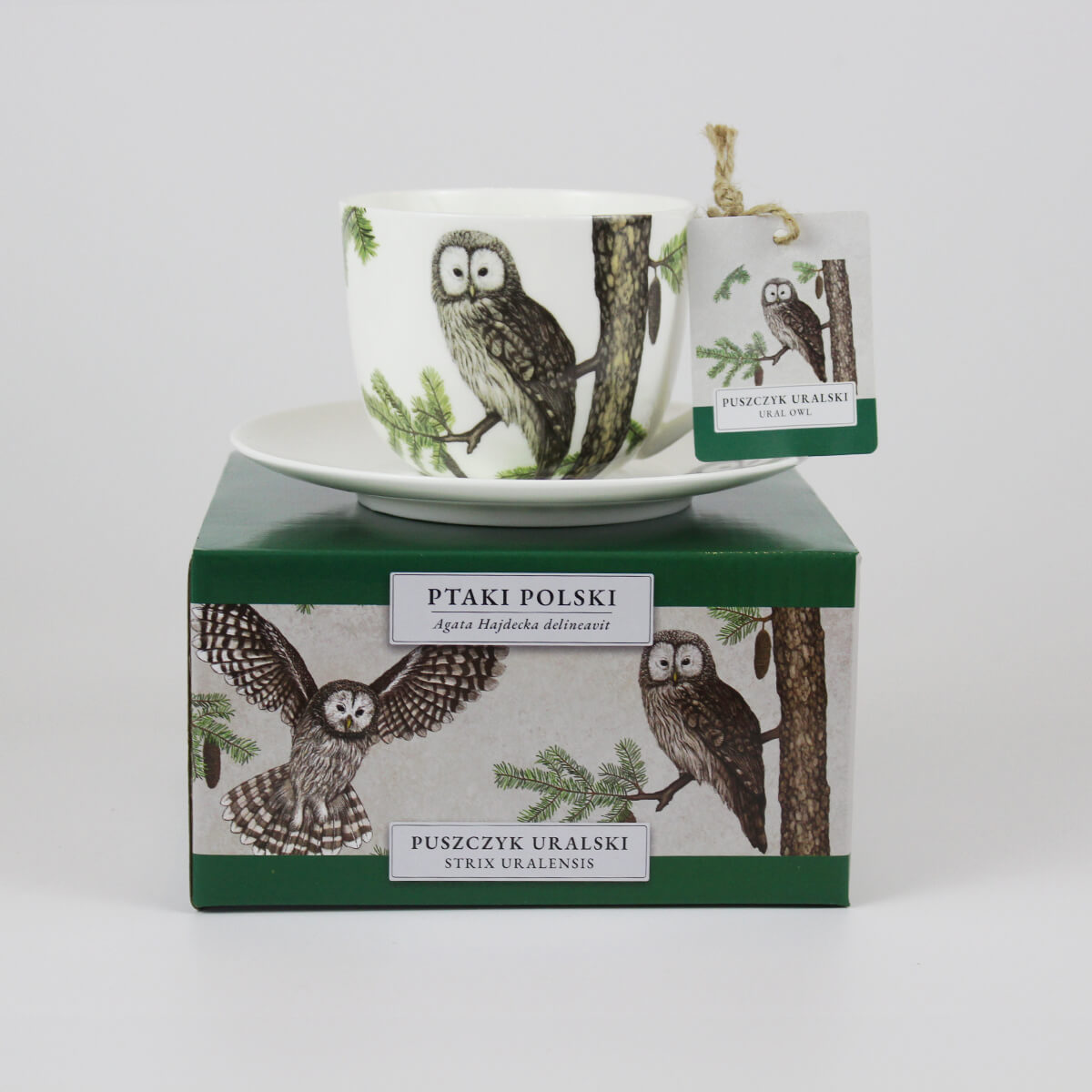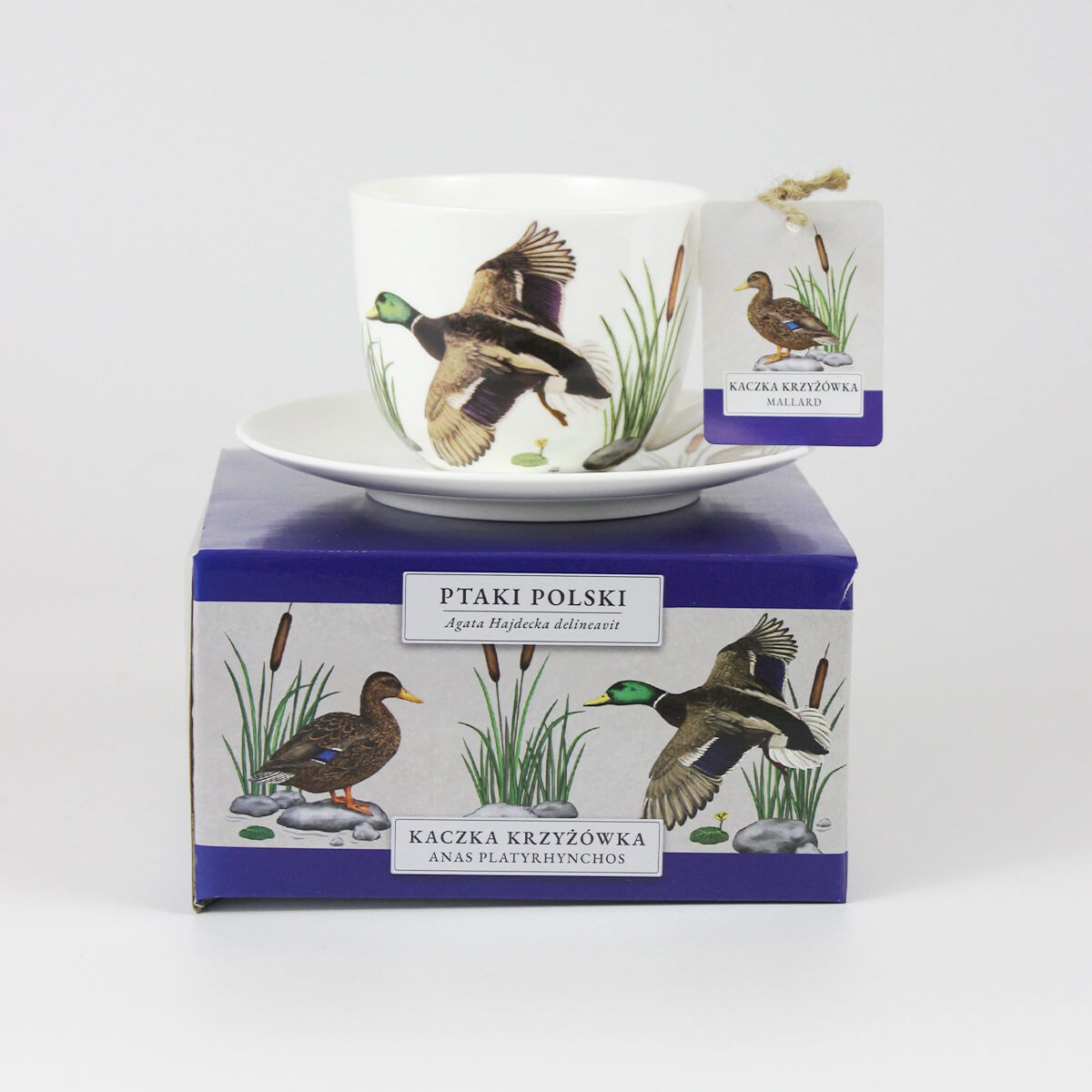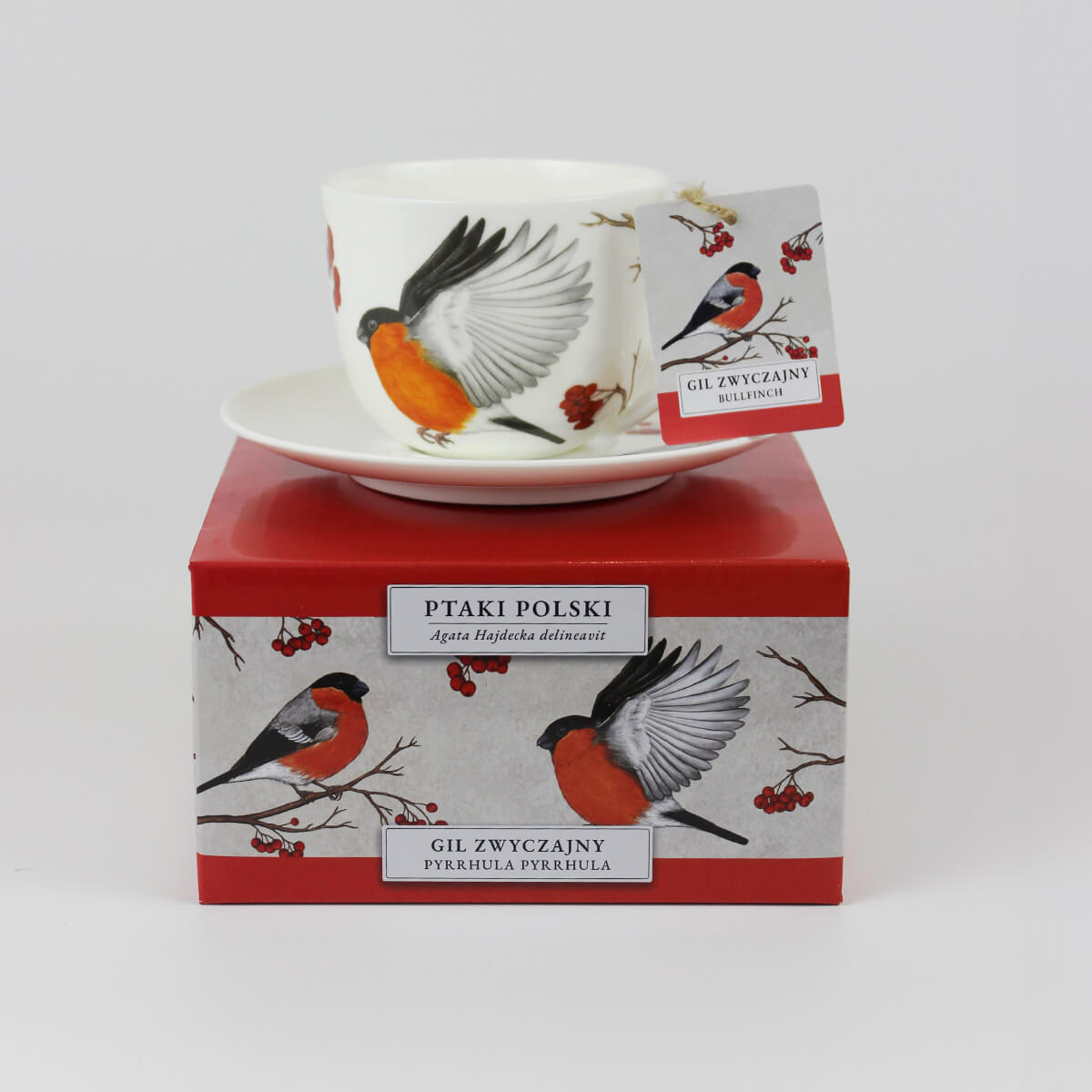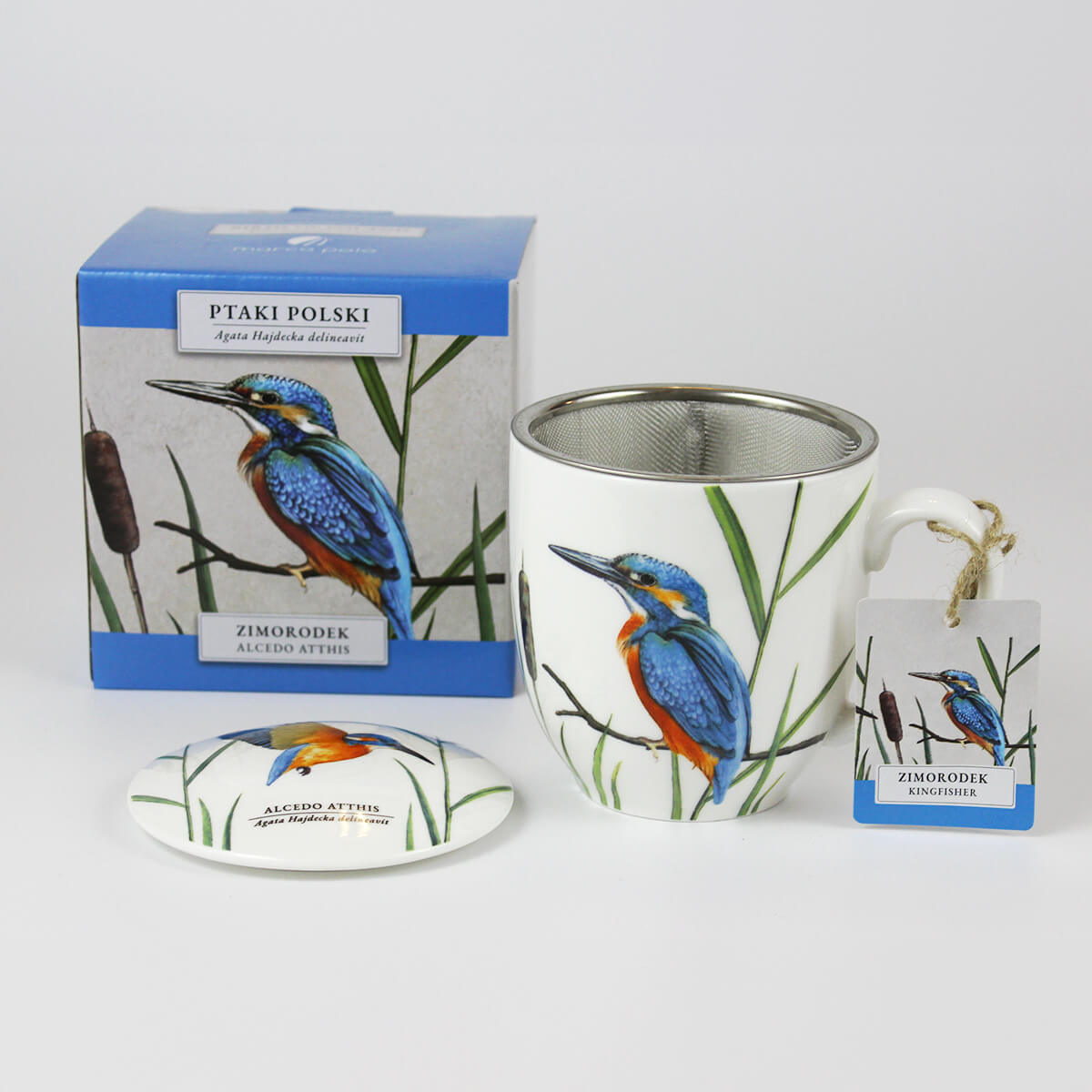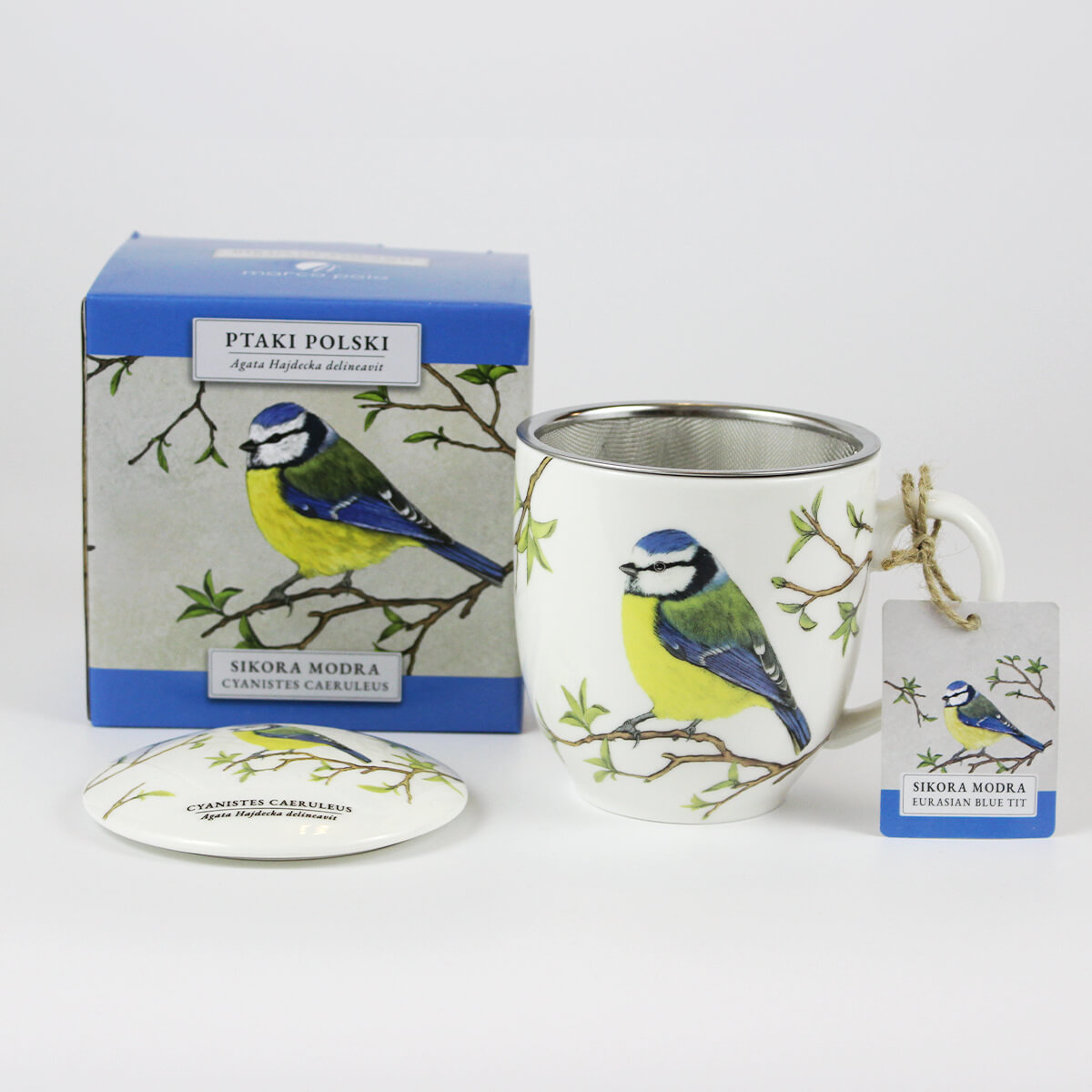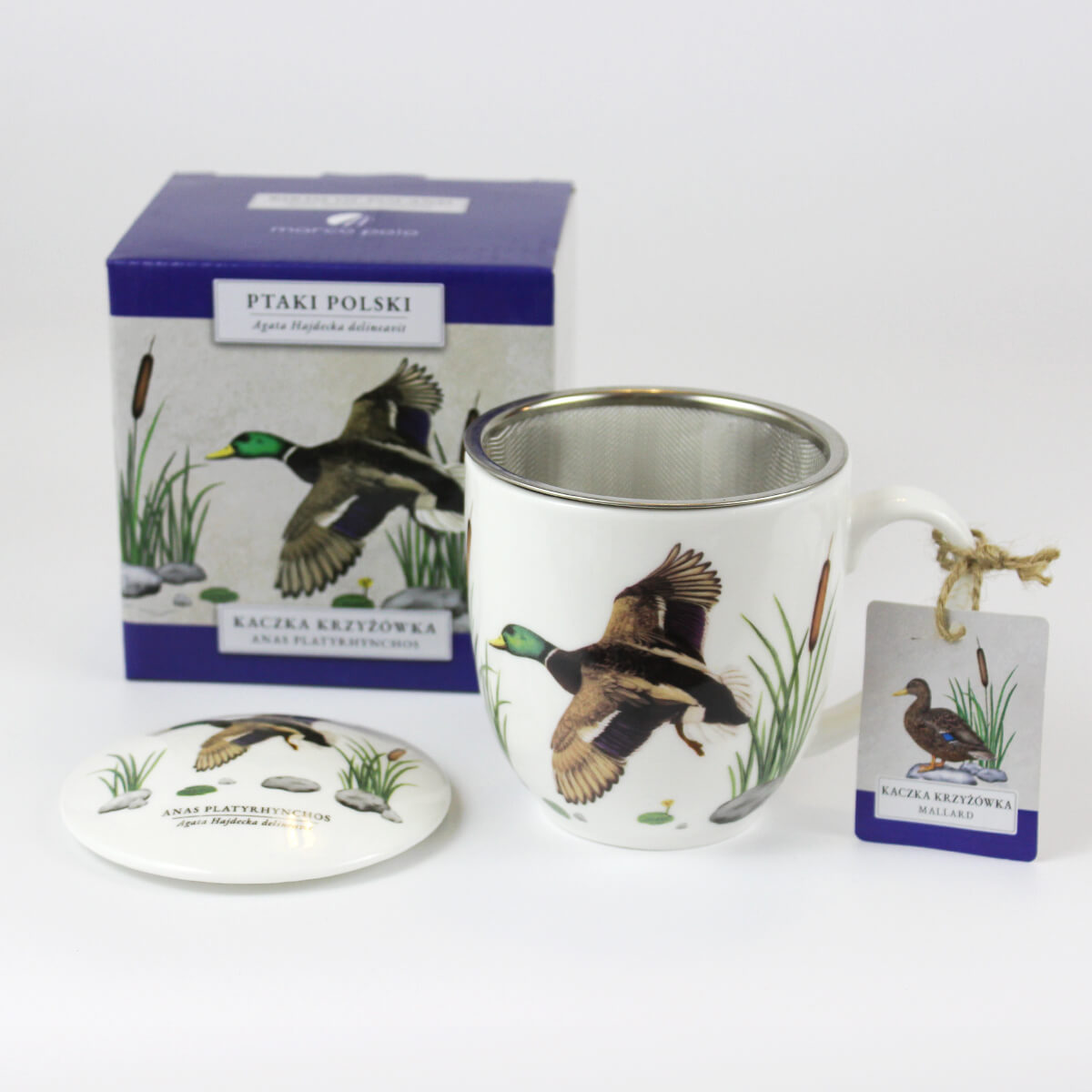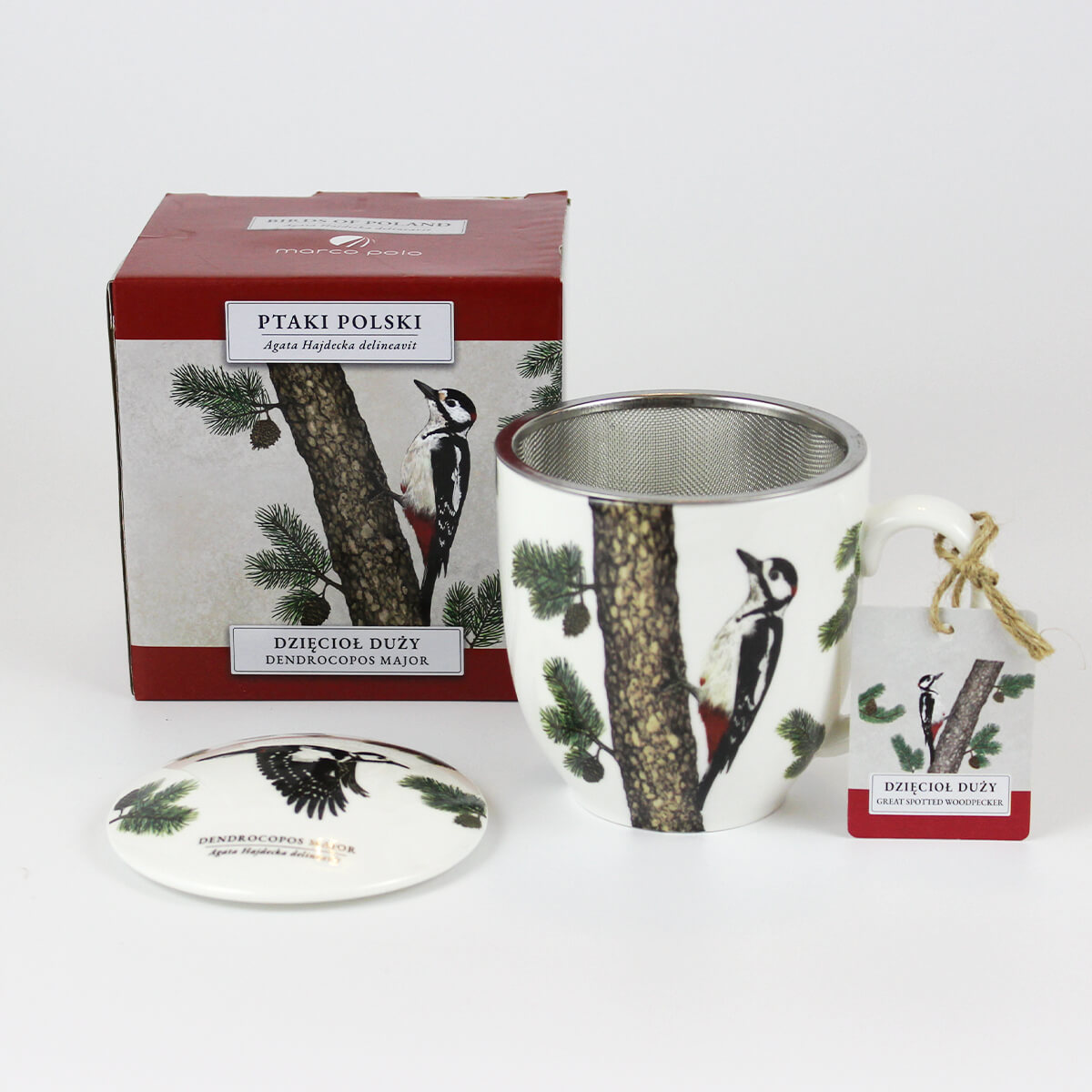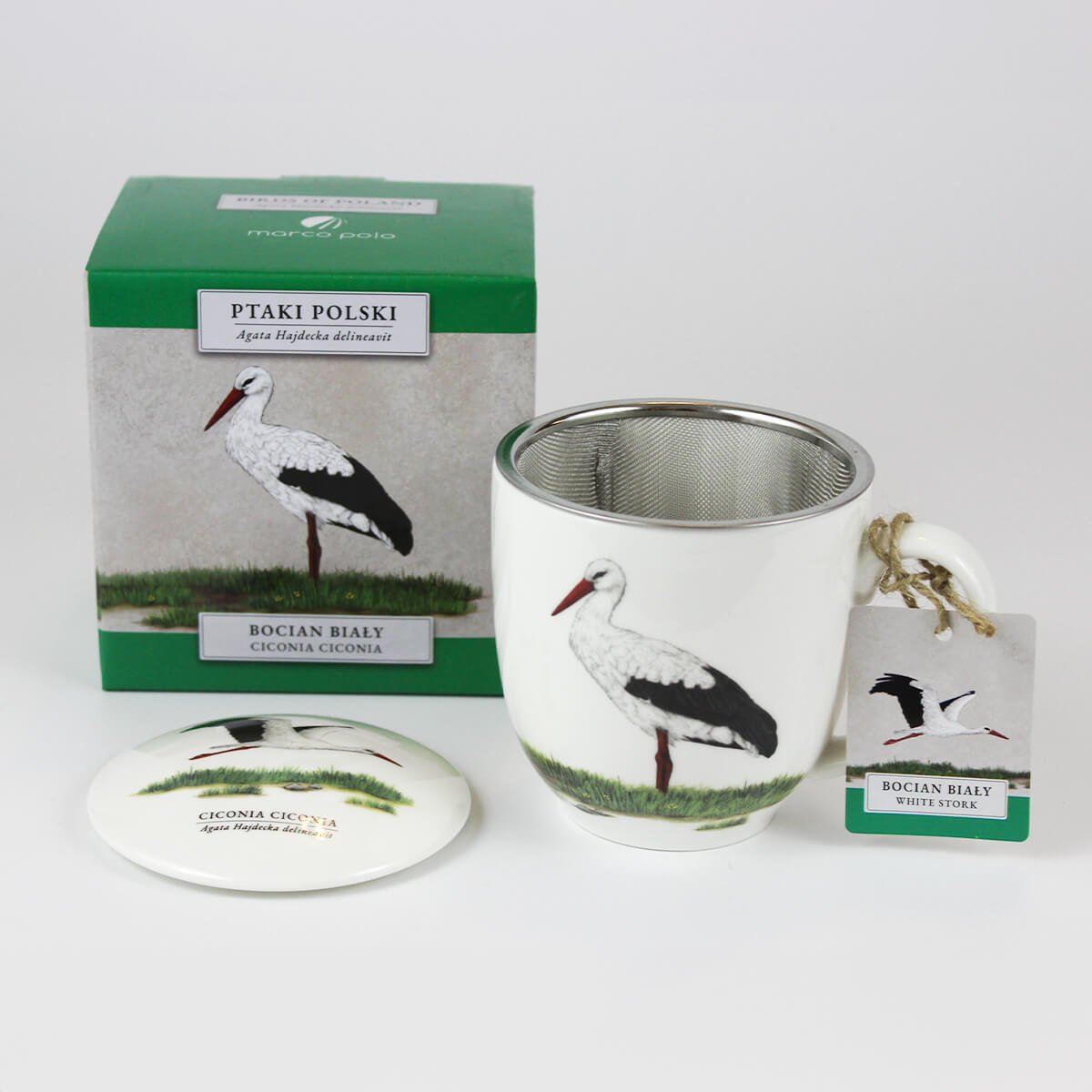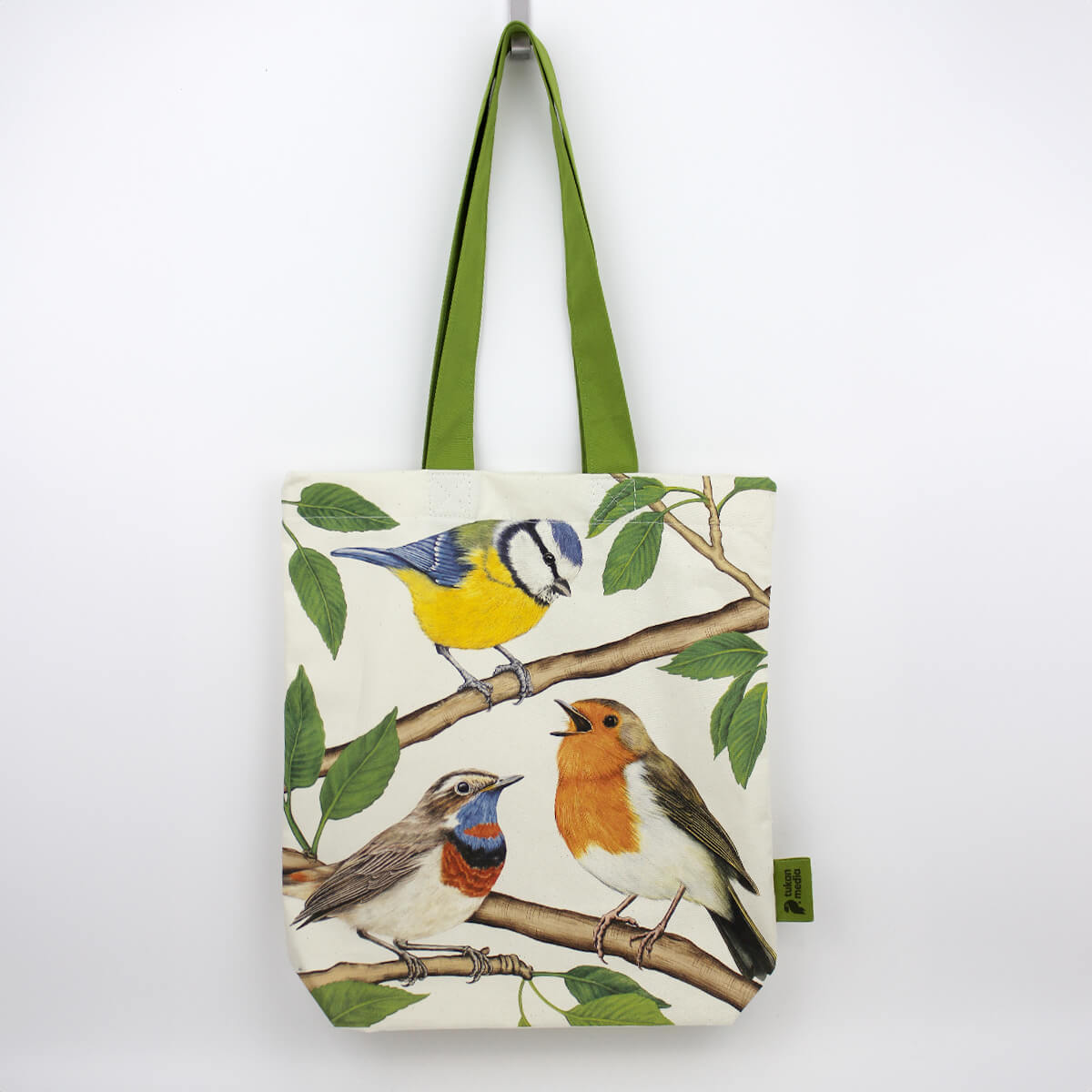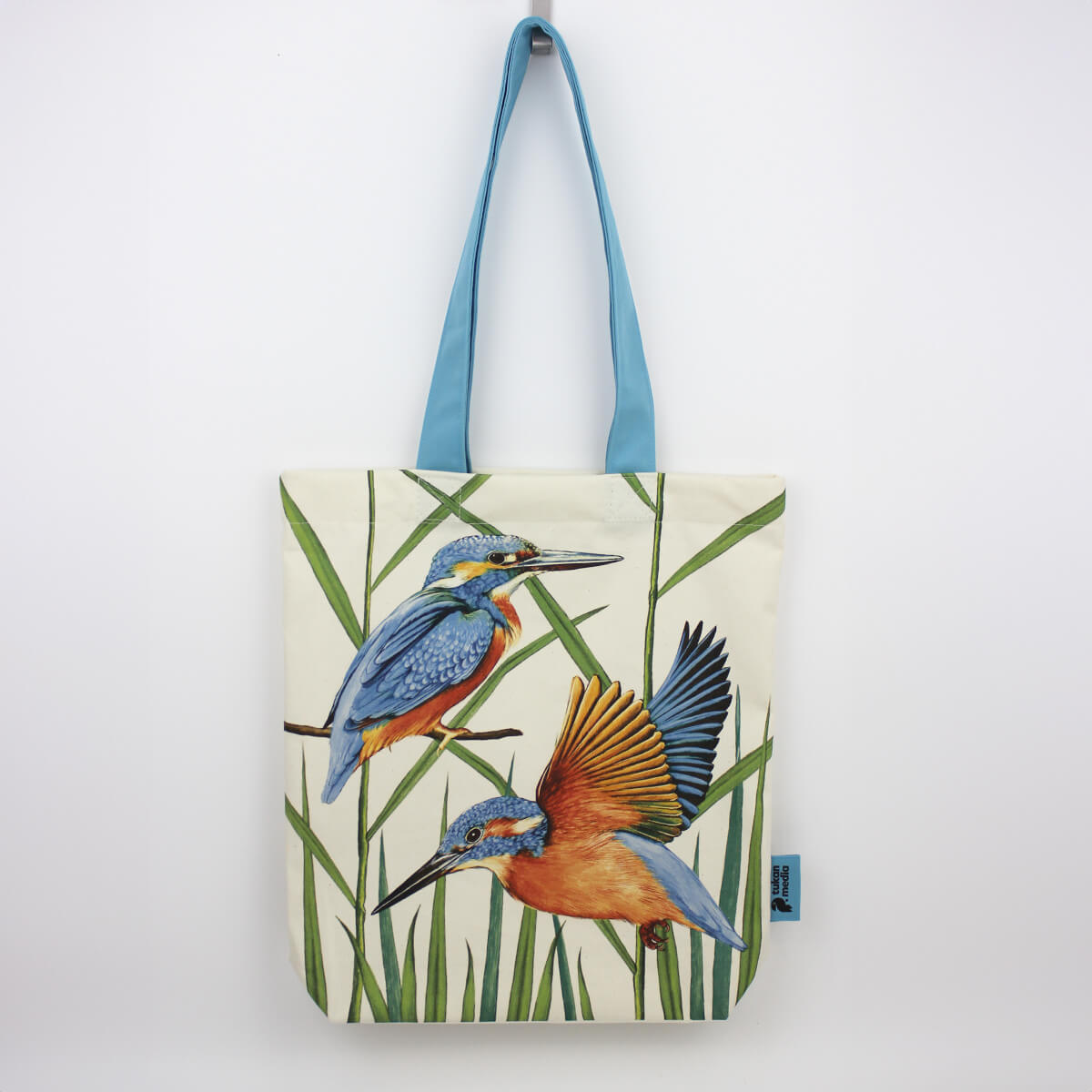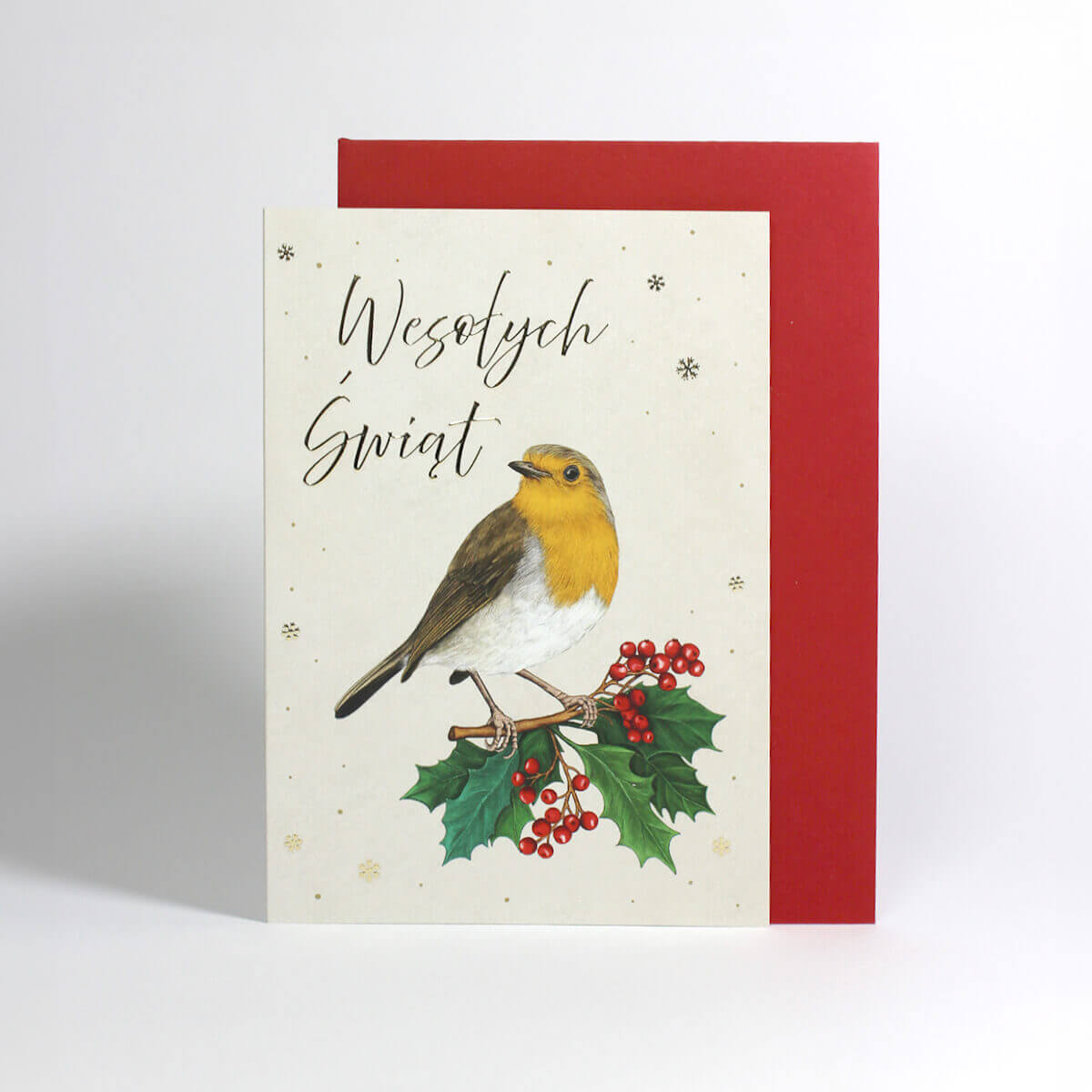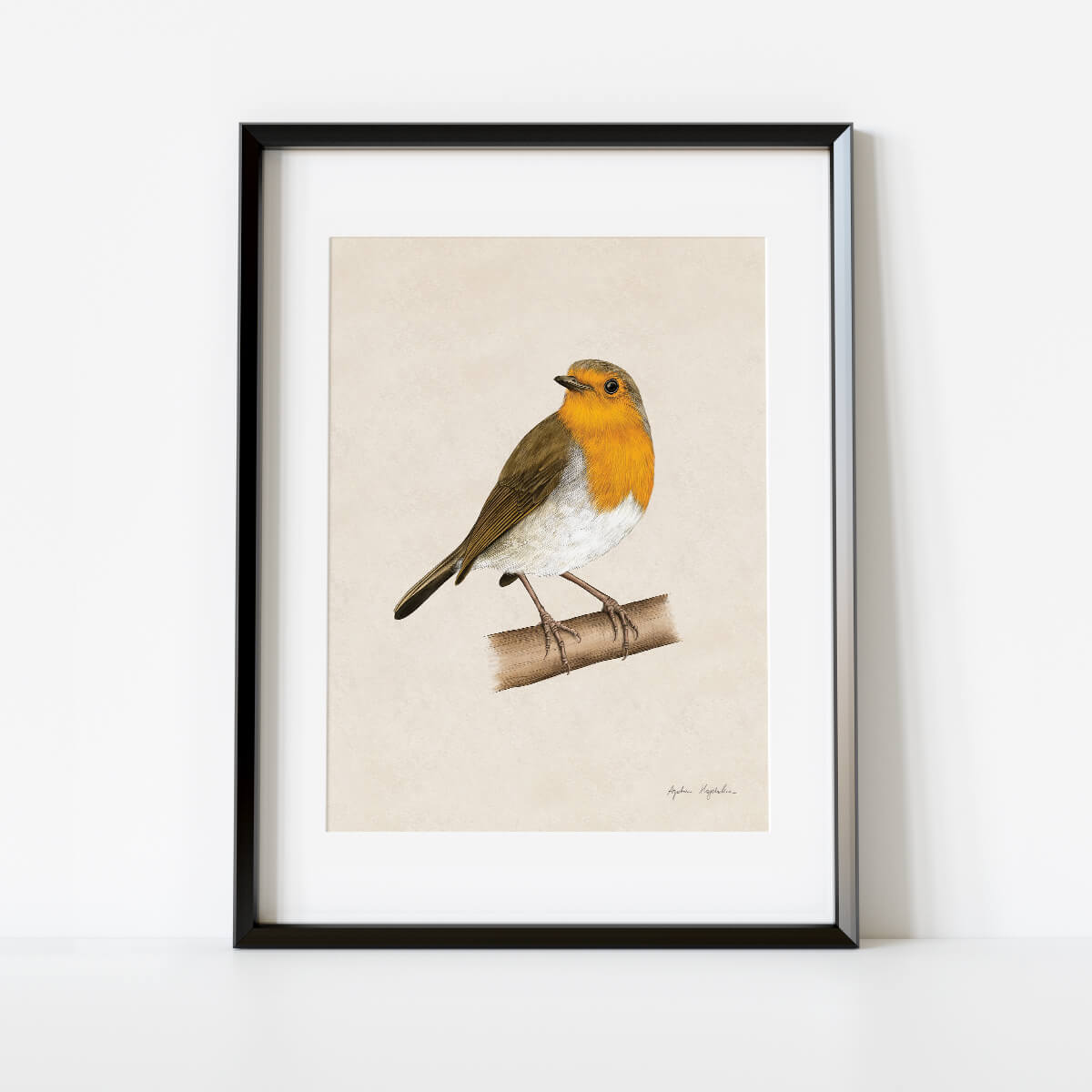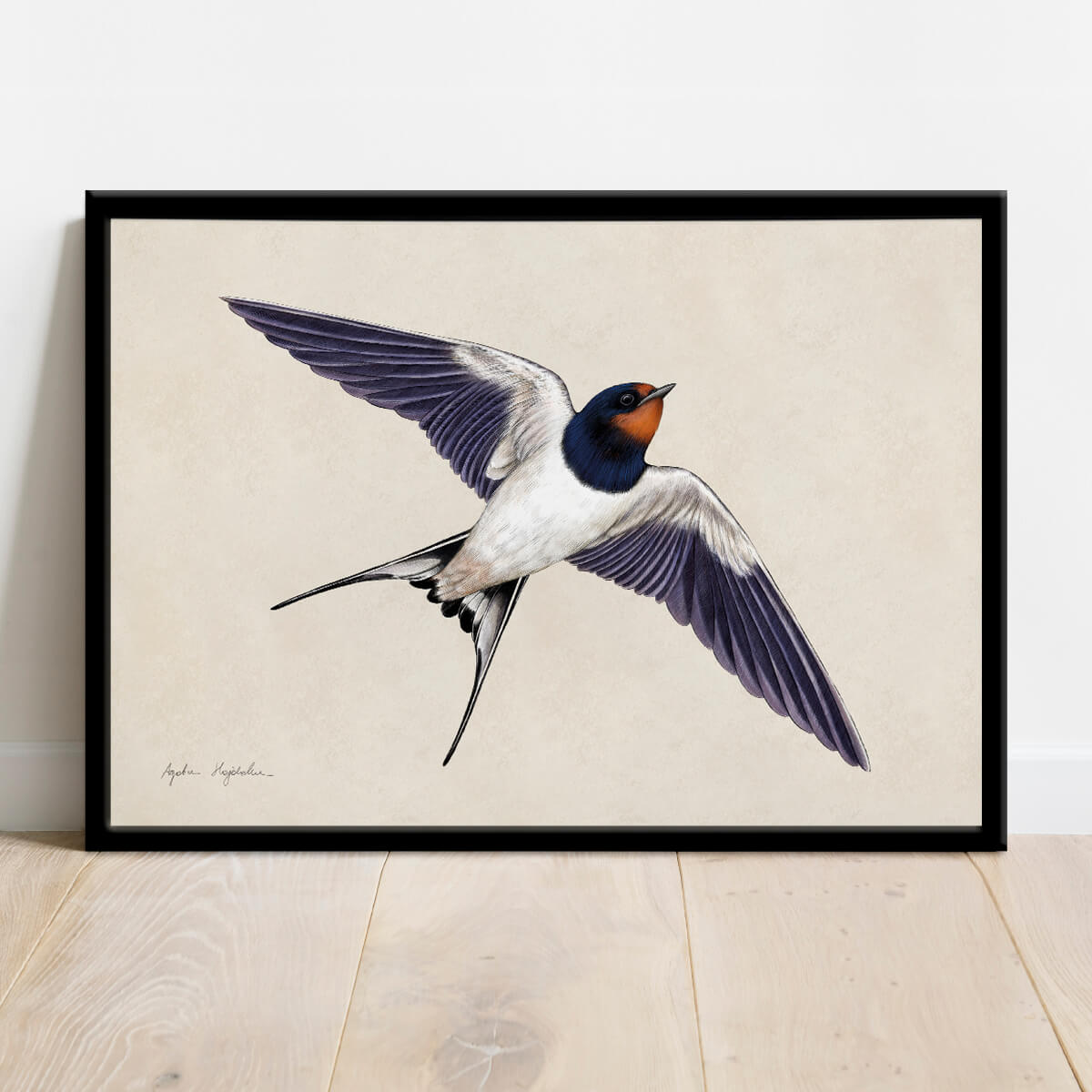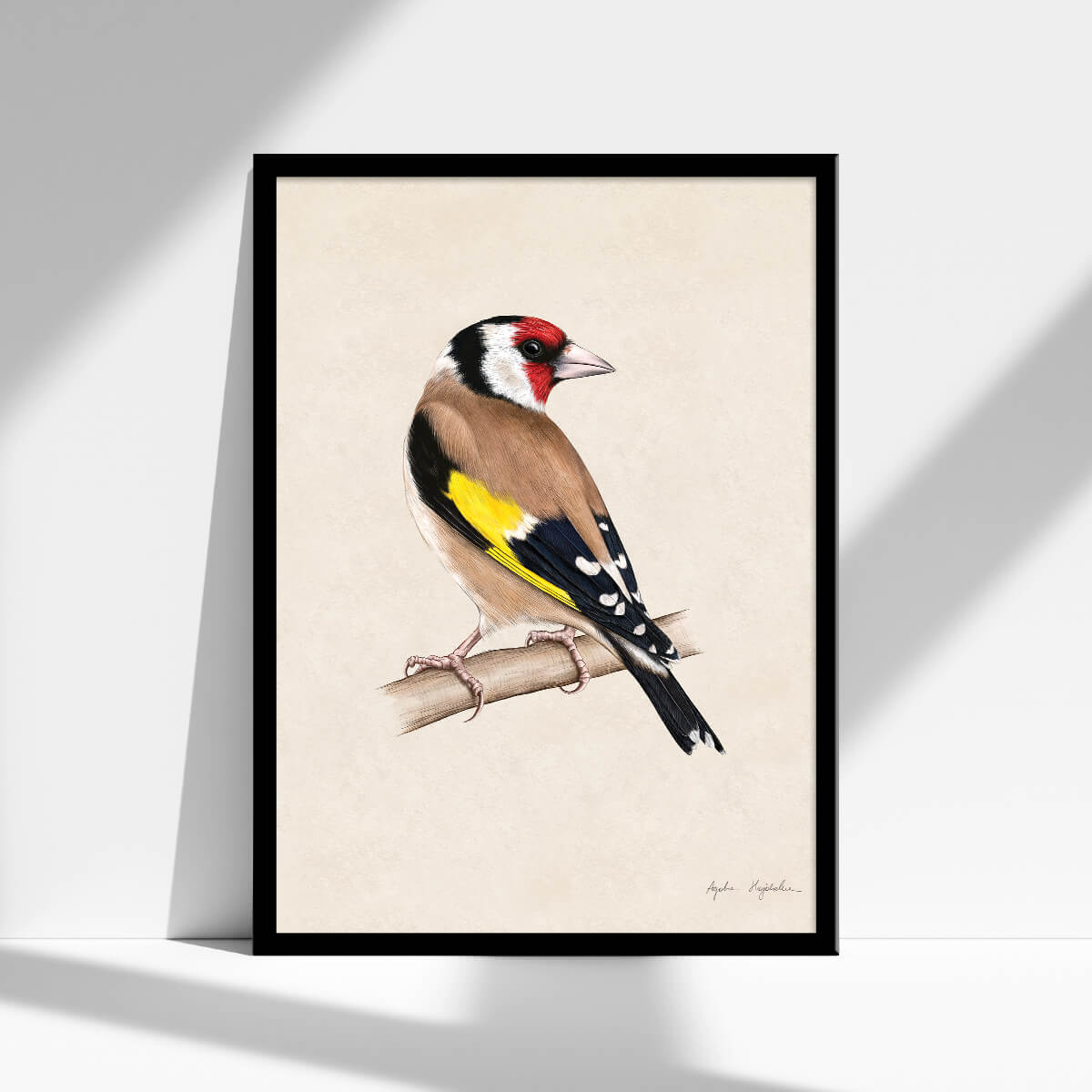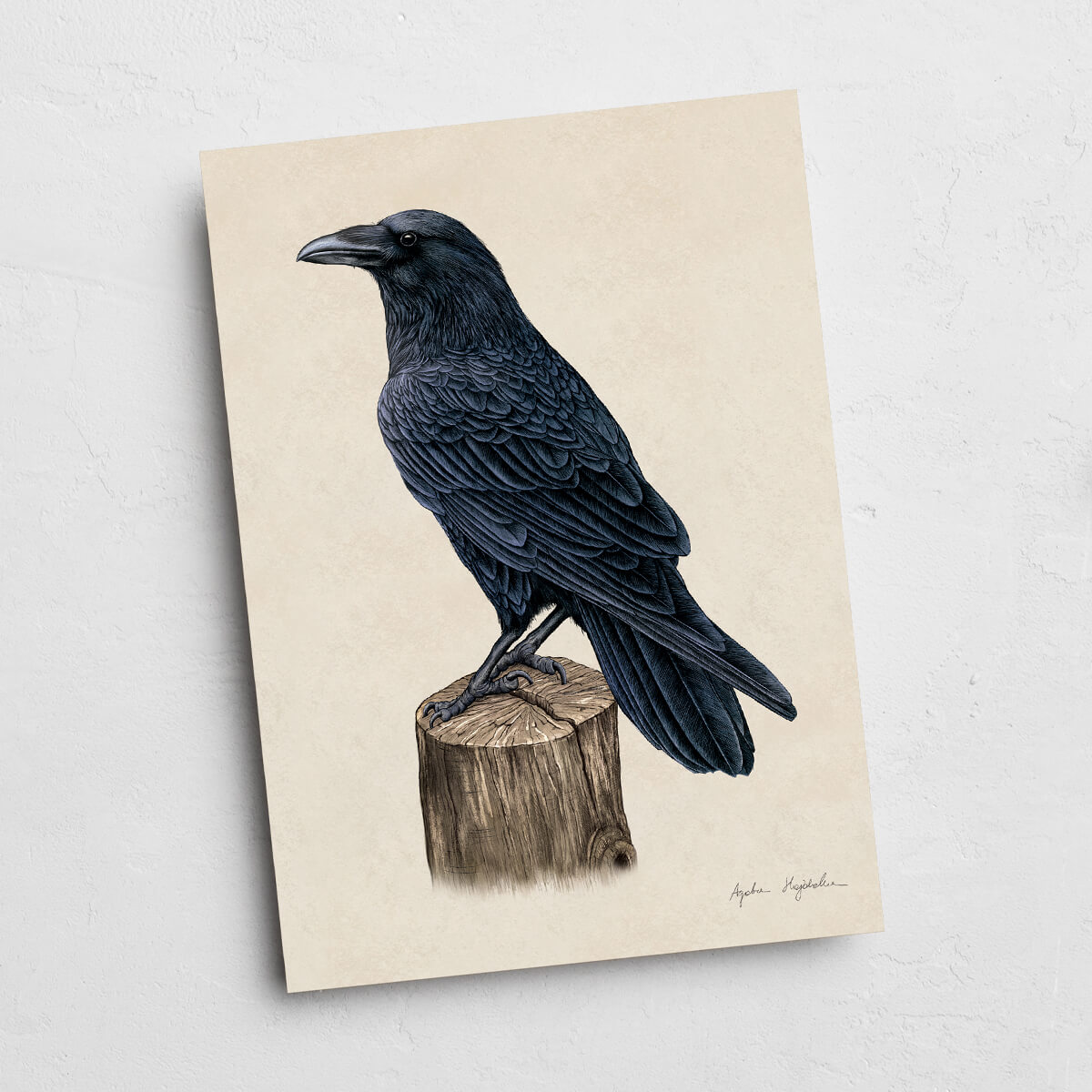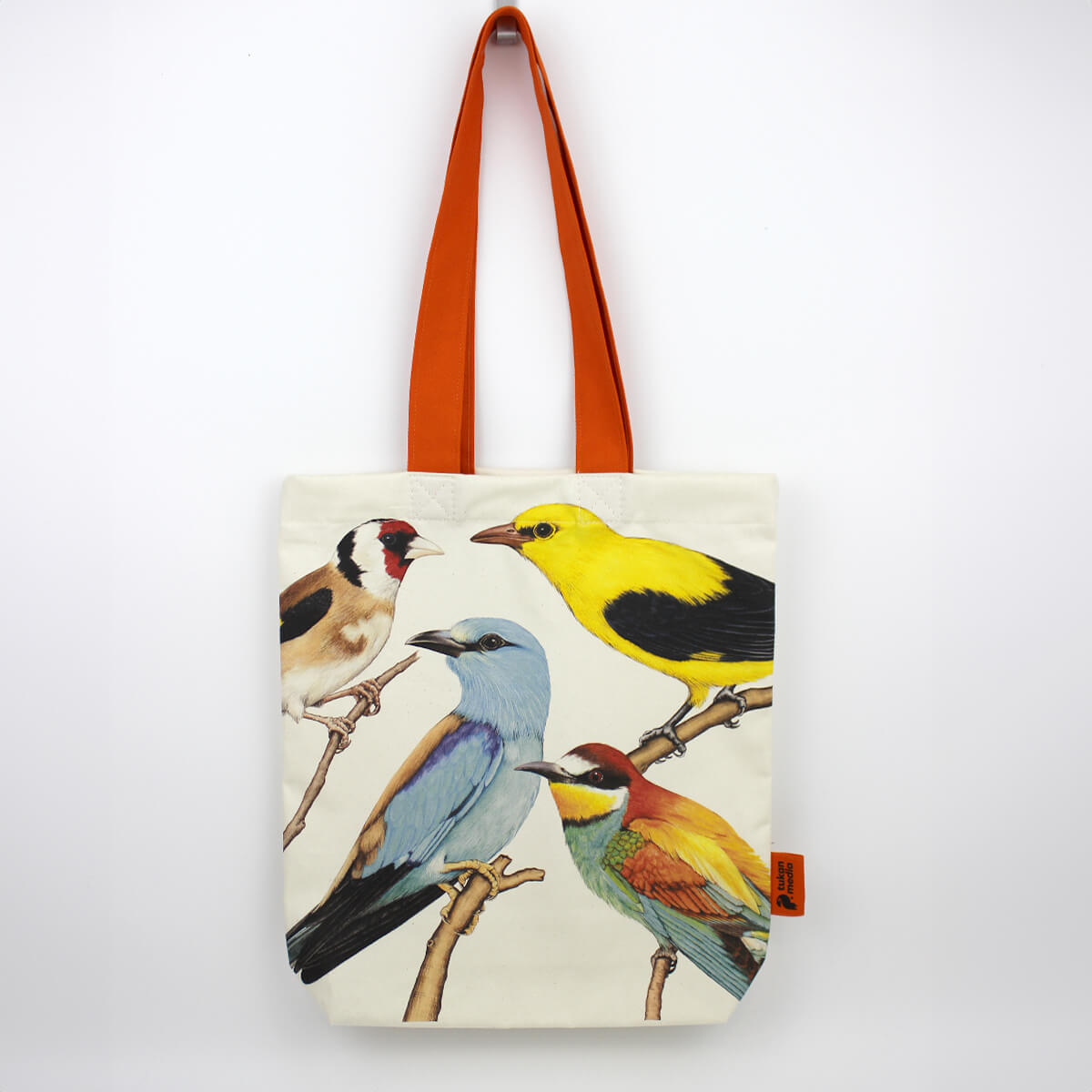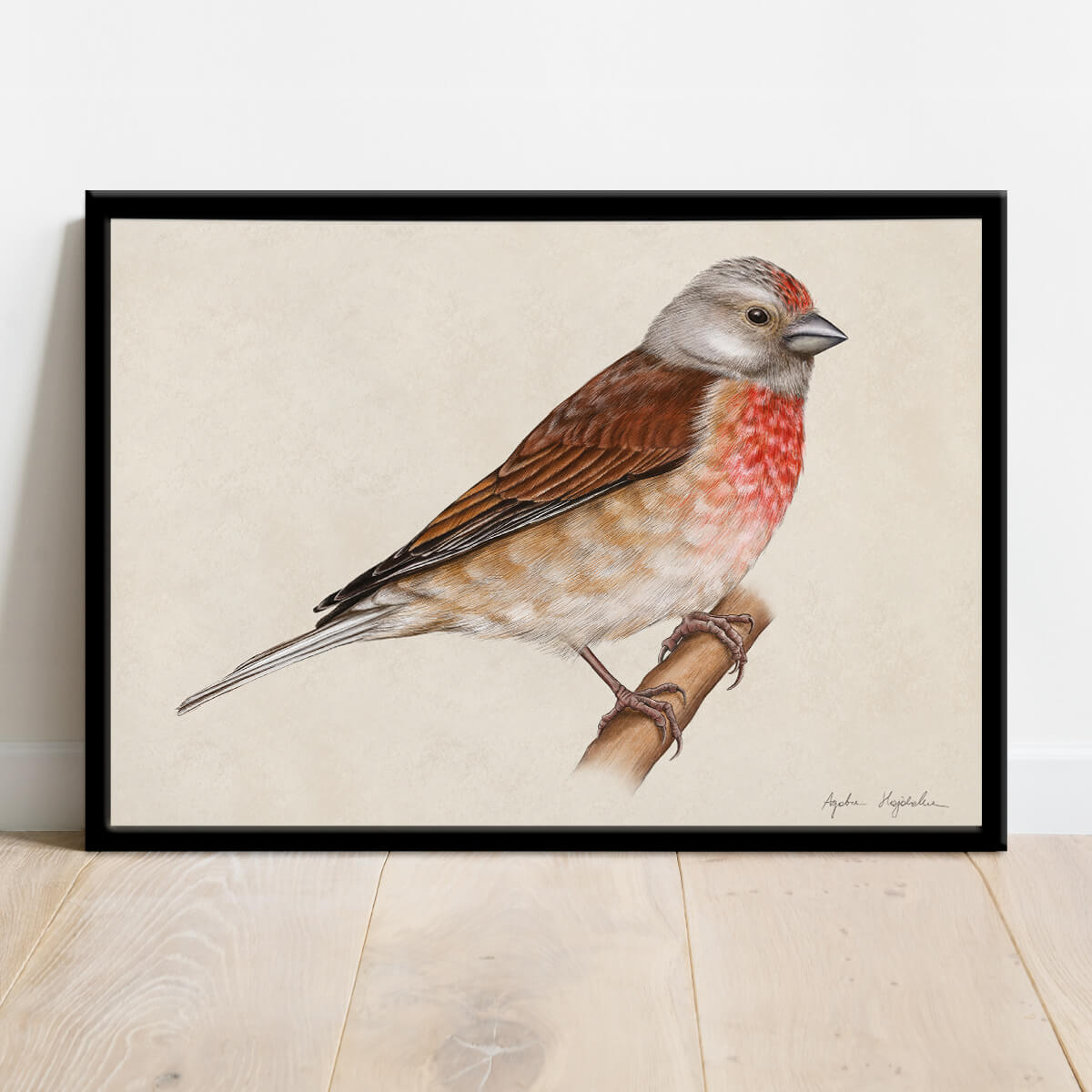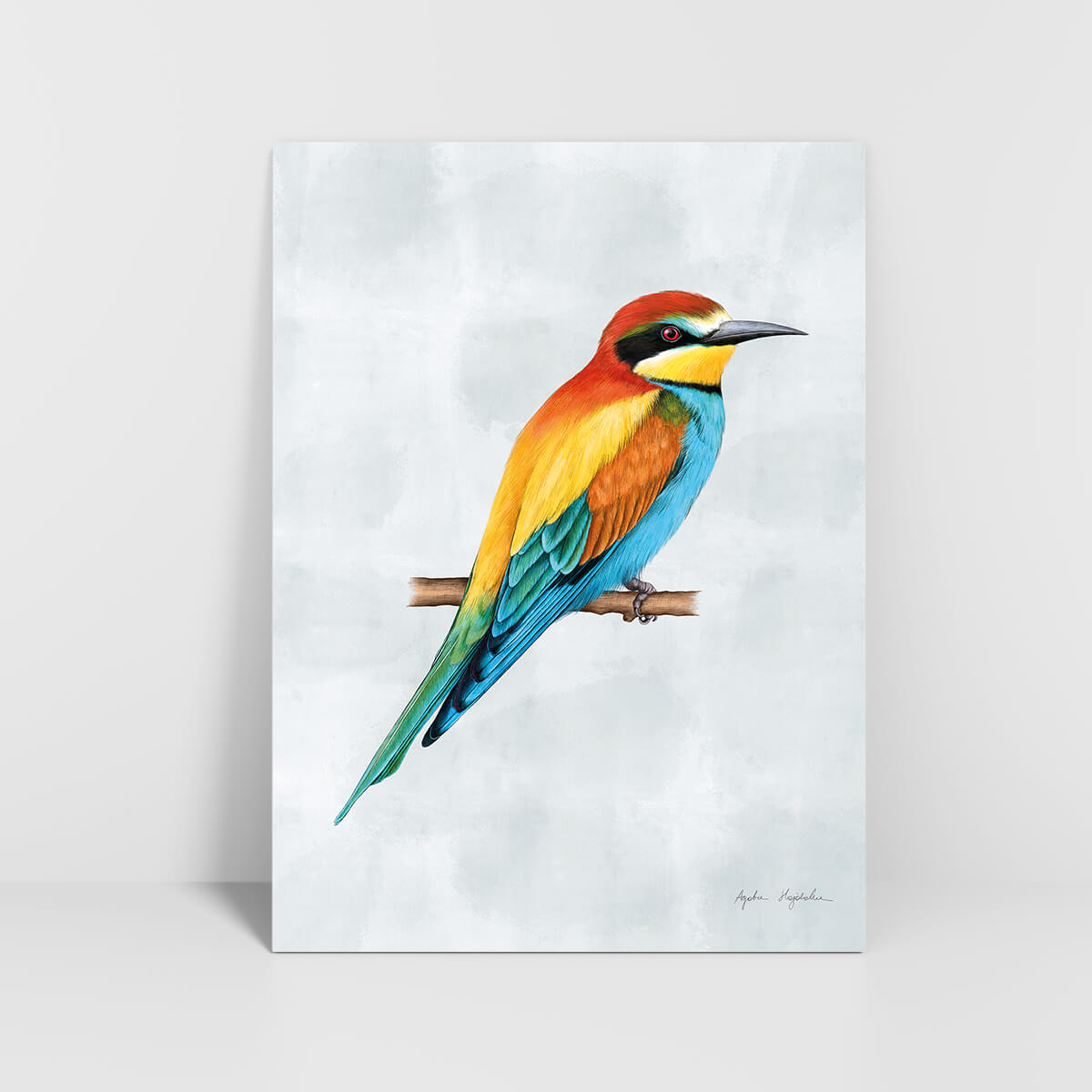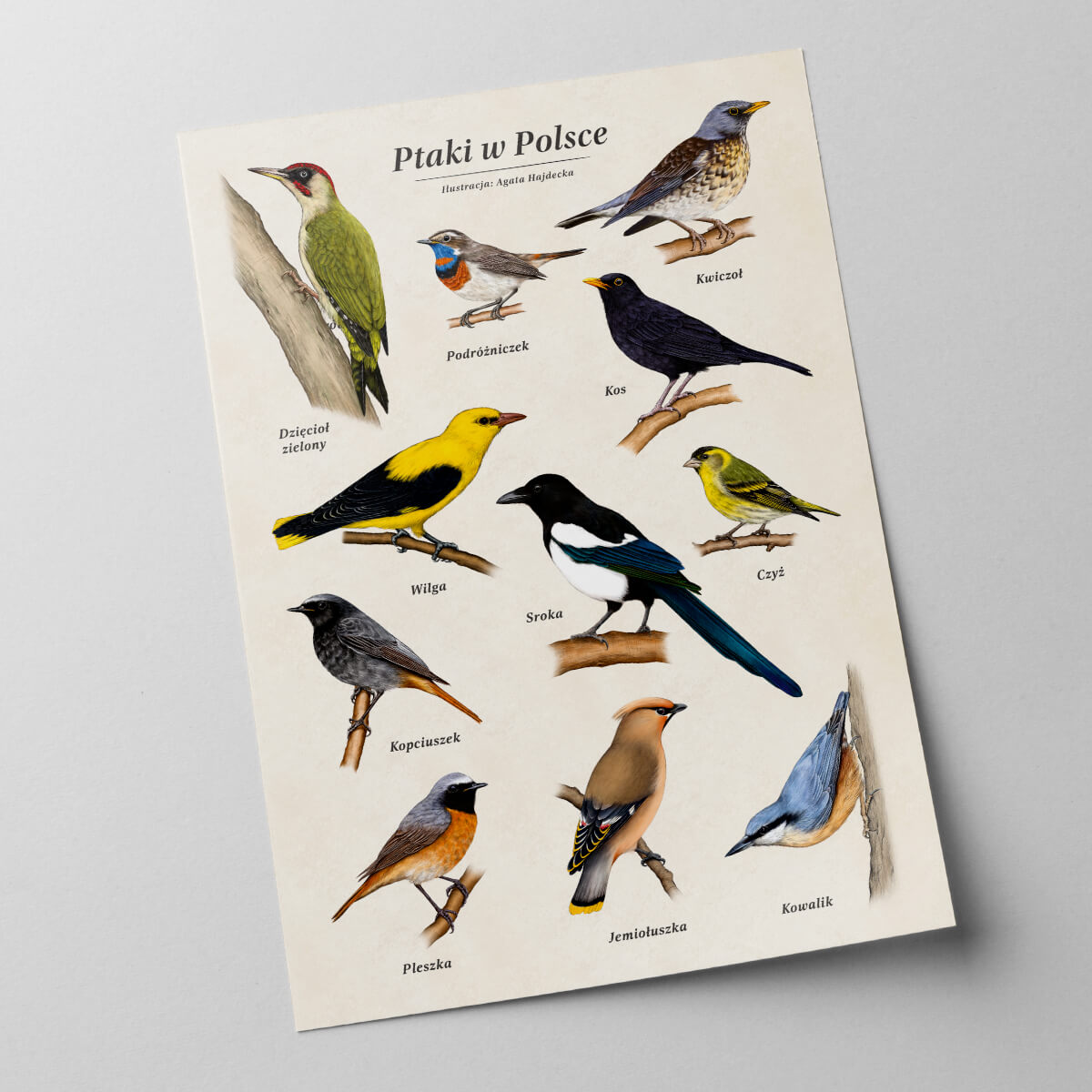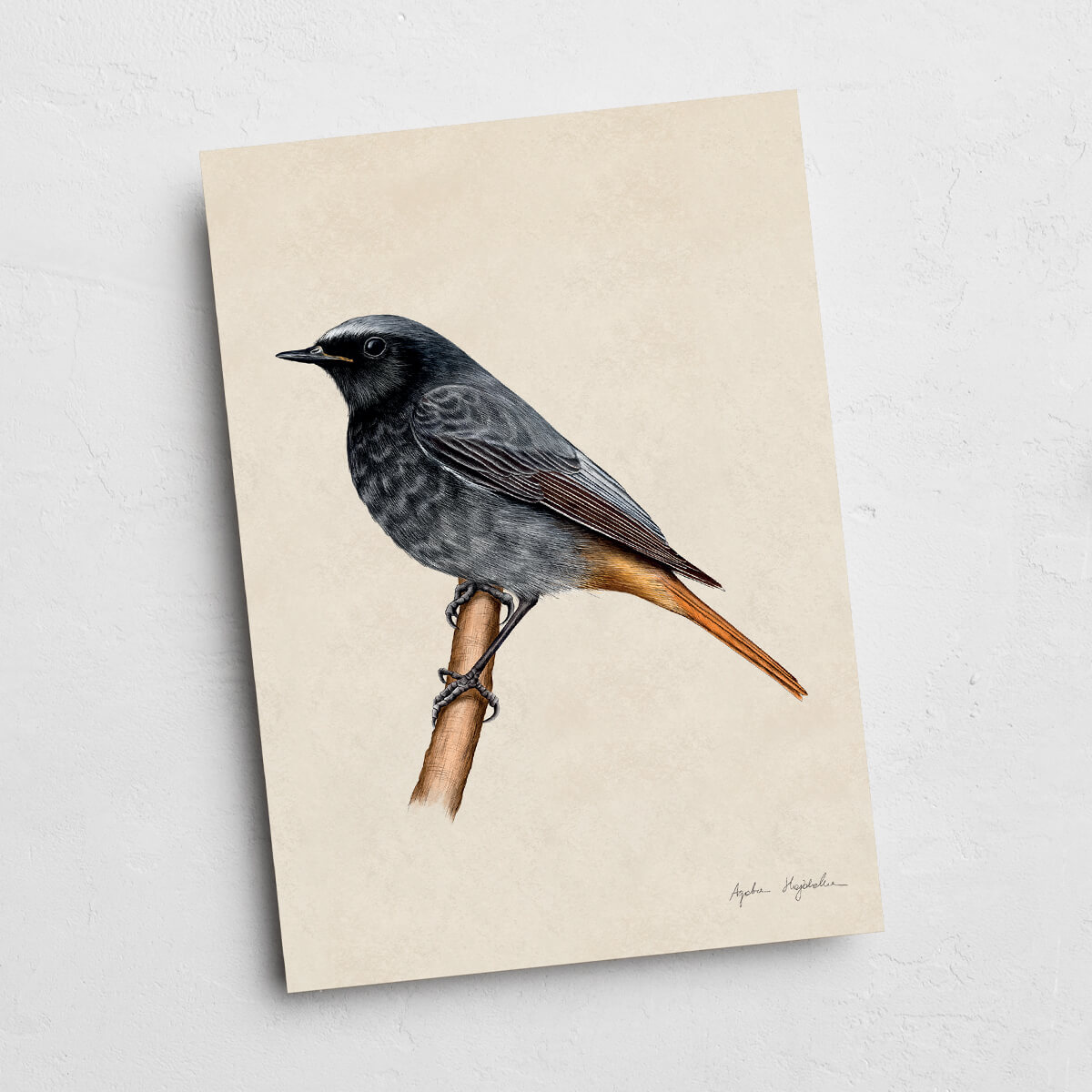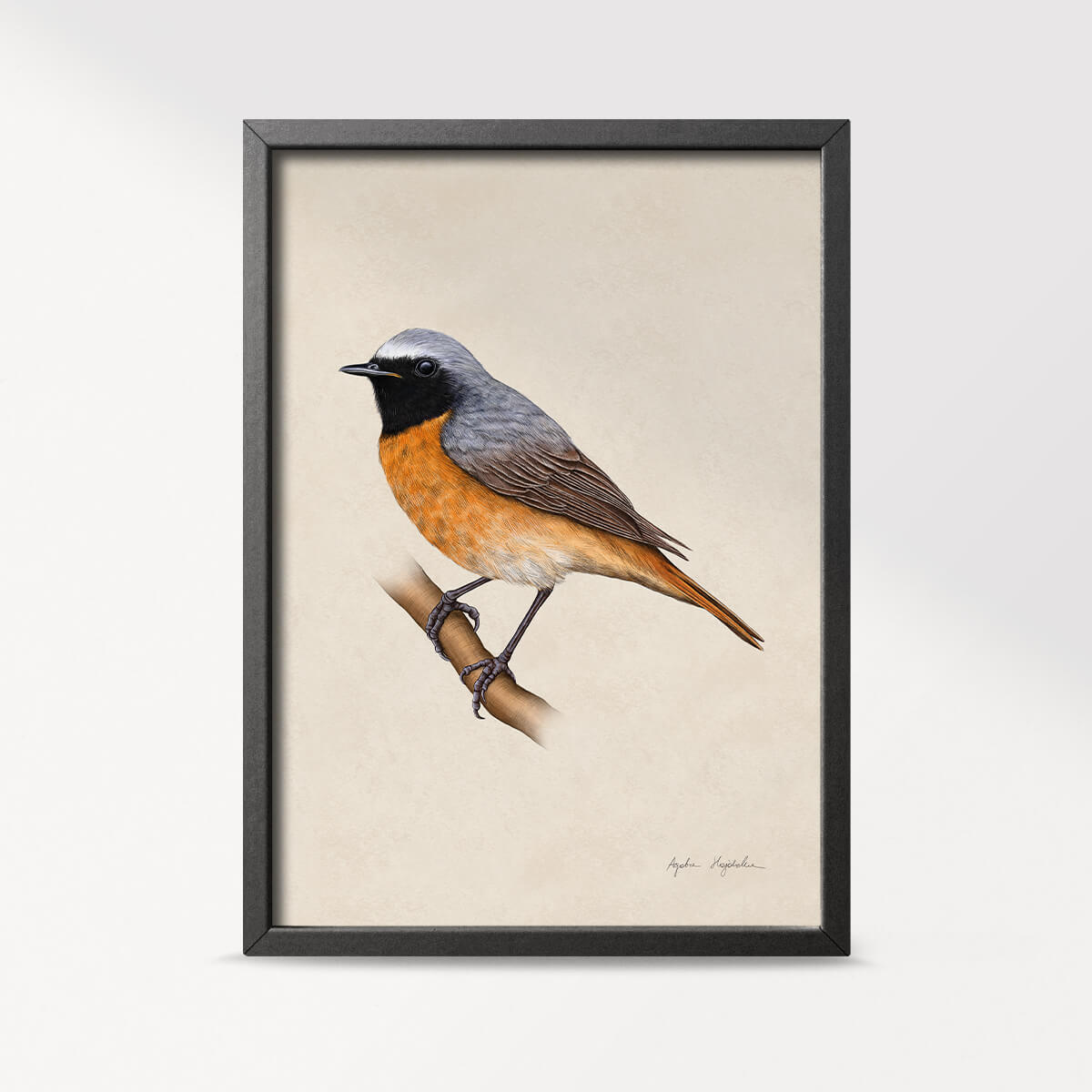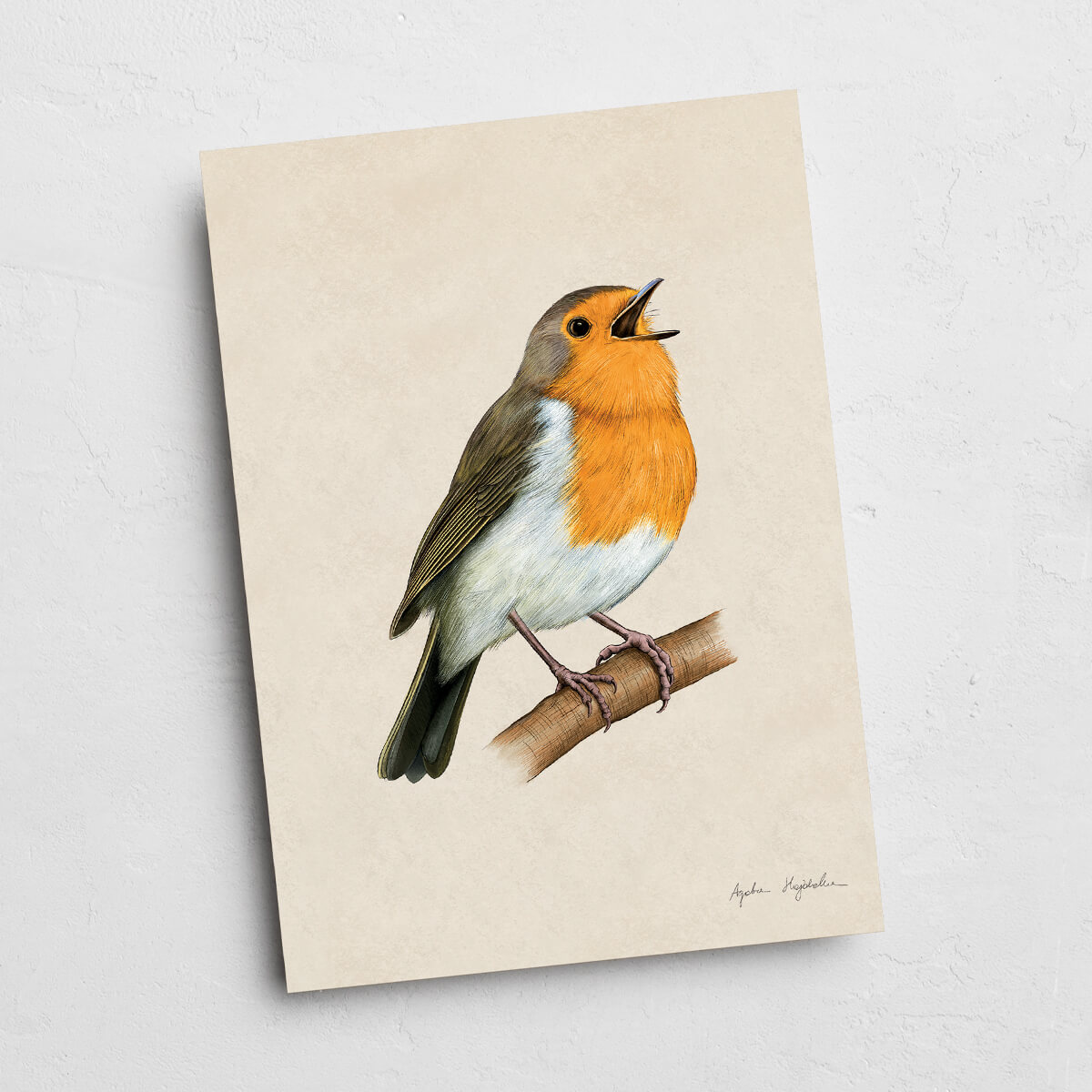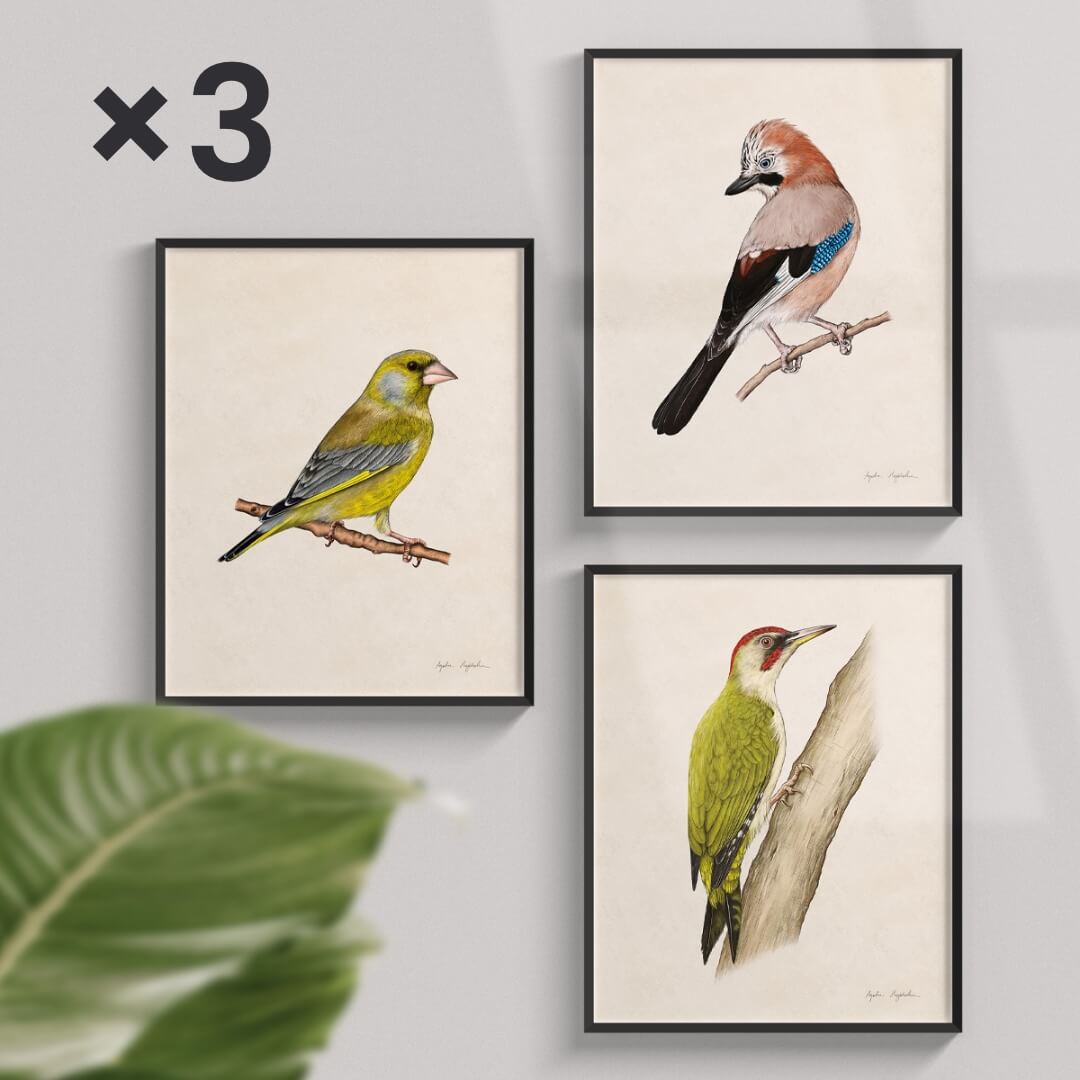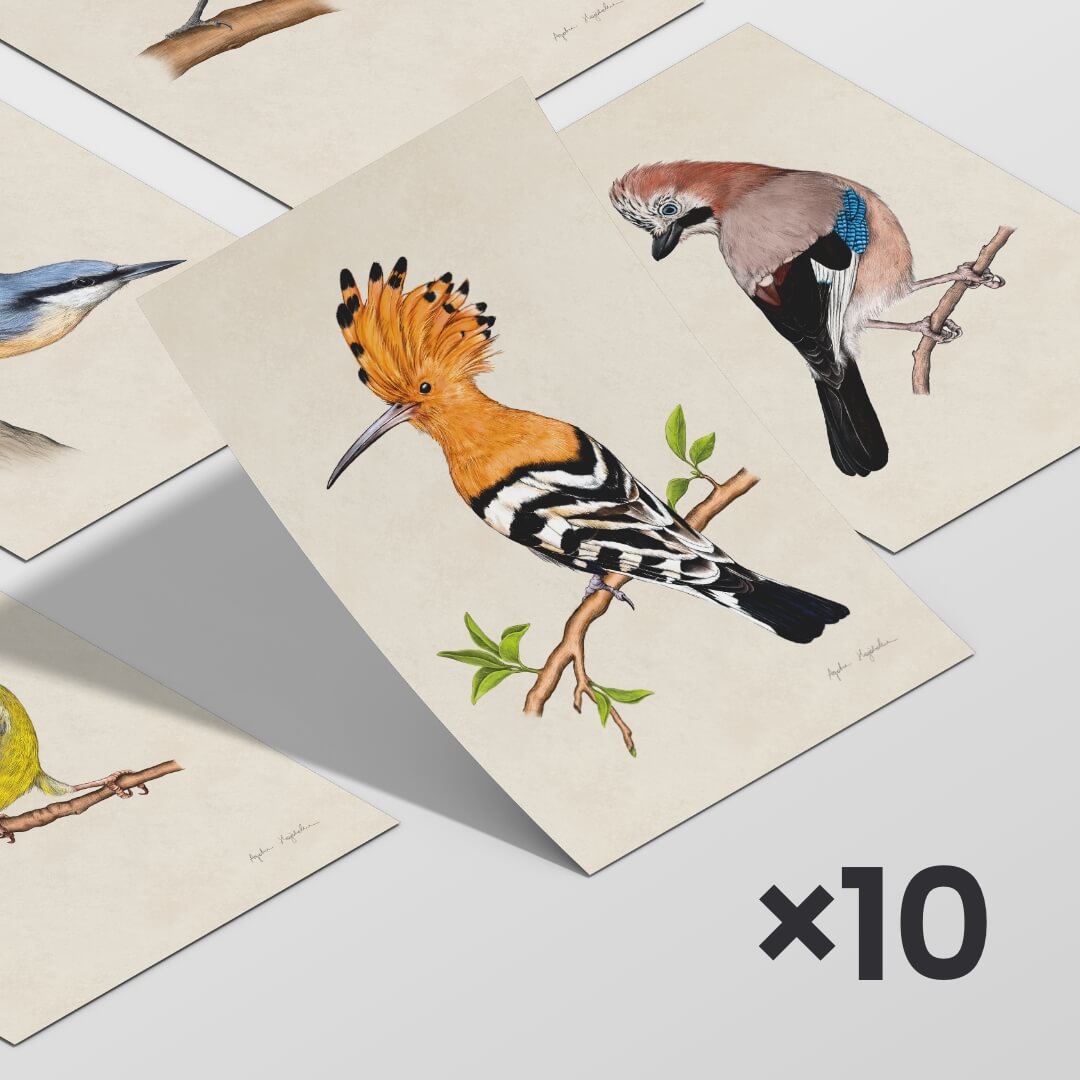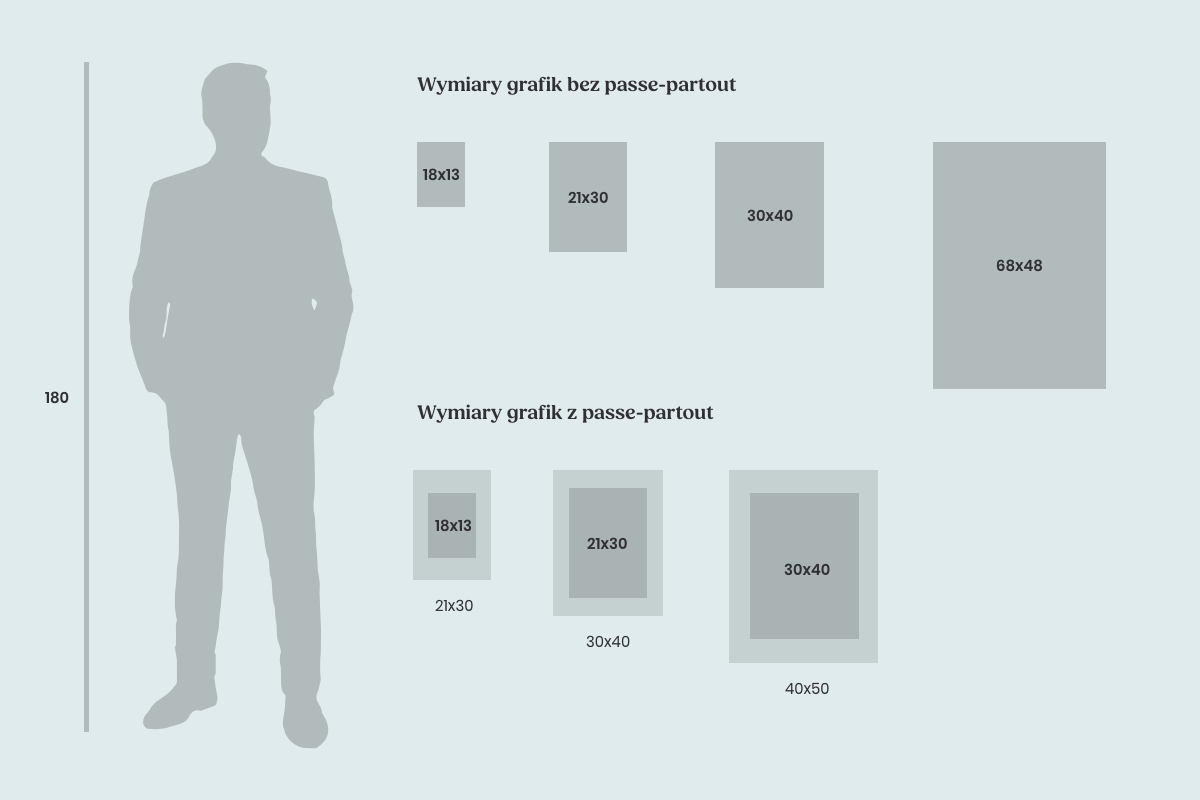- Tukan media
- Explore birds
- Hoopoe
Hoopoe
If you're interested in interesting birds in Poland, the hoopoe is certainly one of them. It stands out with its crest, which is actually a set of feathers that can be spread when threatened, during courtship, and even when landing. The orange feathers with black tips on the crest beautifully complement the cinnamon - also described as rusty - coloring of the rest of the body. The wings, back, and tail are covered with black and white stripes. It's impossible to confuse the hoopoe with other winged residents of our country. Polish birds captivate with their diversity, and the hoopoe is undoubtedly one of their most distinctive representatives.
Where in Poland can you encounter the hoopoe?
Actually, throughout the lowland area, especially in the valleys of major rivers like the Vistula, Pilica, Narew, and Bug. It likes to inhabit the edges of forests, extensive forest clearings, and even on the outskirts of settlements or along roads in open areas. It places its nests relatively low – creating them at a maximum height of 3 meters, with sparse lining. It prefers old trees in areas that are not heavily wooded. This is due to its dietary preferences – the hoopoe's diet mainly consists of large insects such as butterflies, beetles, earwigs, grasshoppers, as well as their larvae and pupae, and it won't refuse earthworms either. Hoopoes are migratory birds – in Poland, they appear around April and stay in our country until October at the latest, then they migrate to warmer countries.
What does the hoopoe hide? Curiosities about the bird that intrigues not only with its impressive appearance...
Although known for its impressive, sprawling crest, the hoopoe – a bird with a crest on its head – can also surprise with other interesting facts:
- from the first days of life, the chicks can defend themselves in moments of danger – they use a foul-smelling liquid from the uropygial gland, which deters potential predators and intruders from the nest. It resembles the scent of rotten meat and is reportedly very difficult to remove,
- the female and young individuals, when faced with danger, snap their bills, flap their wings, and raise their crests – this also discourages predators from attacking,
- active movements of the feathered crest appear not only for defensive purposes – they can be observed as a reaction to a successful hunt or a tasty meal, or in moments of excitement,
- the slightly curved downward beak has a purposeful shape – thanks to this structure, the hoopoe easily finds food in clumps of soil,
- in flight, the hoopoe evokes associations with a large butterfly – this is due to its movement style and colorful plumage, which catches the eye especially when its wings are spread,
- hoopoes are protected birds in Poland – they are threatened by habitat loss, which results from the removal of old hollow trees and the use of chemical insecticides that destroy their food source.
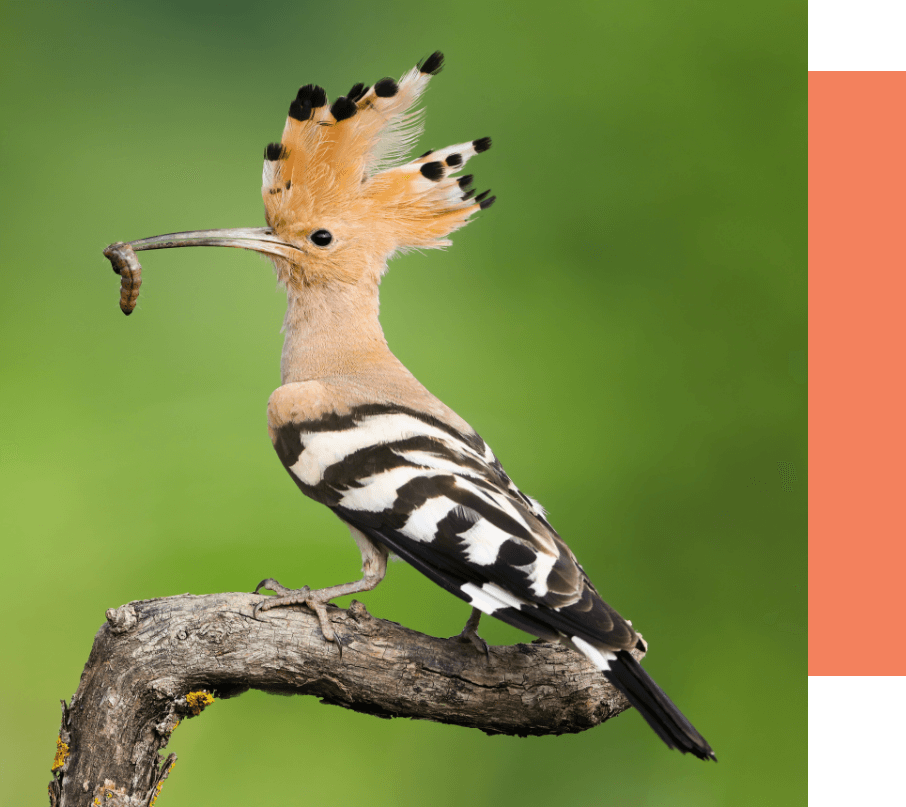
Listen to the voice
Gadgets with hoopoe illustration
Hoopoe - a Polish bird that captivates with its phenomenal appearance - appears on many gadgets from my offer.
- educational posters
- illustrations
- porcelain mugs
- bookmarks
Every enthusiast of this colorful bird will find something for themselves here.
View products with the hoopoe
553.00 zł 499.00 zł
400.00 zł 375.00 zł
464.00 zł 439.00 zł
237.00 zł 225.00 zł
150.00 zł 143.00 zł
174.00 zł 165.00 zł
79.00 zł
50.00 zł
600.00 zł 500.00 zł
75.00 zł
5.00 zł
135.00 zł 129.00 zł
360.00 zł 340.00 zł
60.00 zł – 120.00 zł
60.00 zł – 120.00 zł
20.00 zł – 120.00 zł
20.00 zł – 120.00 zł
Hoopoe - Additional Information
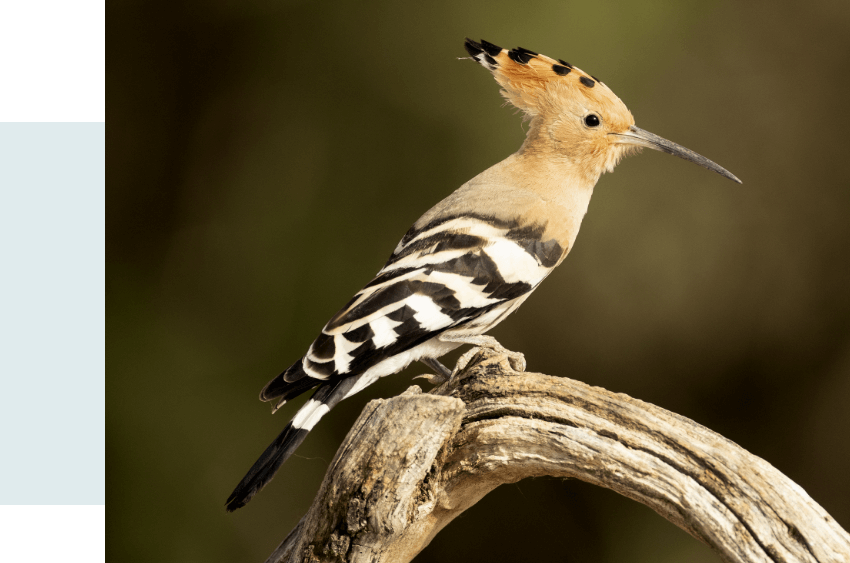
Hoopoe
Upupa epops
Family
Hoopoes
Locations of Occurrence
The entire lowland area of the country
Food
Large insects as well as their larvae and pupae, and also earthworms
Population
Scarce or very scarce breeding bird
Migrations
Migratory, arrival: April, departure: August-September
Breeding
5-7 grayish or olive eggs. Incubation: 18-20 days. Young birds leave the nest after 24-27 days.
See other products with birds
89.00 zł
89.00 zł
20.00 zł – 120.00 zł
20.00 zł – 120.00 zł
20.00 zł – 120.00 zł
60.00 zł – 120.00 zł
20.00 zł – 120.00 zł
20.00 zł – 120.00 zł
20.00 zł – 120.00 zł
267.00 zł 230.00 zł
553.00 zł 499.00 zł
400.00 zł 375.00 zł
464.00 zł 439.00 zł
237.00 zł 225.00 zł
150.00 zł 143.00 zł
174.00 zł 165.00 zł
89.00 zł
50.00 zł
50.00 zł
58.00 zł
79.00 zł
79.00 zł
79.00 zł
79.00 zł
79.00 zł
50.00 zł
50.00 zł
50.00 zł
50.00 zł
50.00 zł
89.00 zł
89.00 zł
20.00 zł – 120.00 zł
20.00 zł – 120.00 zł
20.00 zł – 120.00 zł
20.00 zł – 120.00 zł
89.00 zł
20.00 zł – 120.00 zł
20.00 zł – 120.00 zł
60.00 zł – 120.00 zł
20.00 zł – 120.00 zł
20.00 zł – 120.00 zł
20.00 zł – 120.00 zł
600.00 zł 500.00 zł
160.00 zł – 320.00 zł
450.00 zł 400.00 zł
